Maths
Quantitative Aptitude is an important and common section in all competitive and government recruitment examinations such as UPSC, SSC, Bank. Here we will cover the various topics regarding Quantitative Aptitude. These concepts if mastered help you to crack many examinations like SSC, Bank PO, Clerk, Constable etc. At ABHYASONLINE.IN you can master the concepts at your own learning pace. It provides conceptual testing with analytical reports identifying the weak, moderate and strong concepts. We, at ABHYASONLINE.IN believe that, if the weak concepts are timely identified and improved, then every student can achieve their goals in life. Follow the links below to understand and master each and every concept of various topics in Quantitative Aptitude along with video lectures.
Explore Chapters
Considering previous year question paper there is a rare chance that direct Question will be asked but these concepts are required for solving other questions. Abhyas Self learning provides a tool to master these concepts
Considering previous year question paper there is a rare chance that direct Question will be asked but these concepts are required for solving other questions. Abhyas Self learning provides a tool to master these concepts
Considering previous year question paper there is a rare chance that direct Question will be asked but these concepts are required for solving other questions. Abhyas Self learning provides a tool to master these concepts
Considering previous year question paper there is a rare chance that direct Question will be asked but these concepts are required for solving other questions. Abhyas Self learning provides a tool to master these concepts
Considering previous year question paper there is a rare chance that direct Question will be asked but these concepts are required for solving other questions. Abhyas Self learning provides a tool to master these concepts
Considering previous year question paper there is a rare chance that direct Question will be asked but these concepts are required for solving other questions. Abhyas Self learning provides a tool to master these concepts
- Sample Test(s)Test NameSubject(s)Topics / ChaptersQuestions / MarksActionTutorial - Bank - Maths [Quadratic Equations]MathsQuadratic Equations10 / 10Tutorial - Bank - Maths [Quadratic Equations]MathsQuadratic Equations10 / 10Tutorial - Bank - Maths [Quadratic Equations]MathsQuadratic Equations10 / 10Tutorial - Bank - Maths [Quadratic Equations]MathsQuadratic Equations10 / 10View All FREE Test(s)
- Sample Test(s)Test NameSubject(s)Topics / ChaptersQuestions / MarksActionTutorial - Bank - Maths [Simple and Compound Interest]MathsSimple and Compound Interest10 / 10Tutorial - Bank - Maths [Simple and Compound Interest]MathsSimple and Compound Interest10 / 10Tutorial - Bank - Maths [Simple and Compound Interest]MathsSimple and Compound Interest10 / 10Tutorial - Bank - Maths [Simple and Compound Interest]MathsSimple and Compound Interest10 / 10View All FREE Test(s)
- Sample Test(s)Test NameSubject(s)Topics / ChaptersQuestions / MarksActionTutorial - Bank - Maths [Profit Loss and Discount]MathsProfit Loss and Discount10 / 10Tutorial - Bank - Maths [Profit Loss and Discount]MathsProfit Loss and Discount10 / 10Tutorial - Bank - Maths [Profit Loss and Discount]MathsProfit Loss and Discount10 / 10Tutorial - Bank - Maths [Profit Loss and Discount]MathsProfit Loss and Discount10 / 10View All FREE Test(s)
Considering previous year question paper there is a rare chance that direct Question will be asked but these concepts are required for solving other questions. Abhyas Self learning provides a tool to master these concepts
Explore Concepts (Click & View)
- Problems Based on Speed
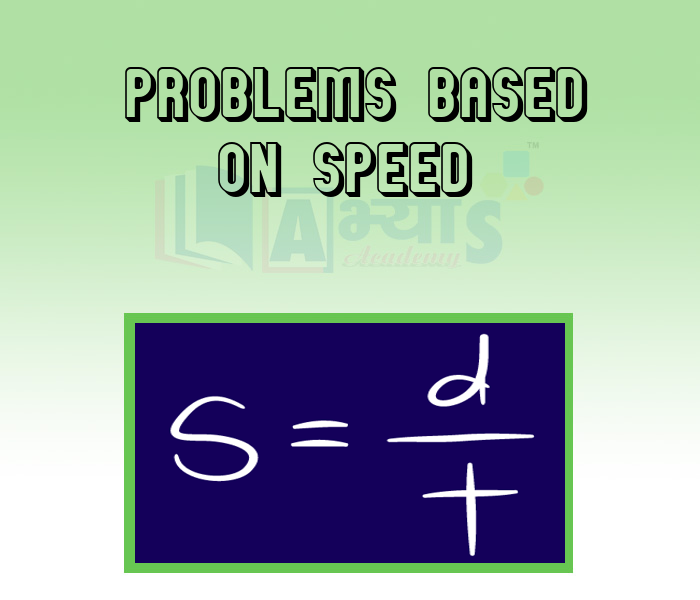
- Speed of an Object

- Conversion of Units

- Problems Involving Ratio Of Speed
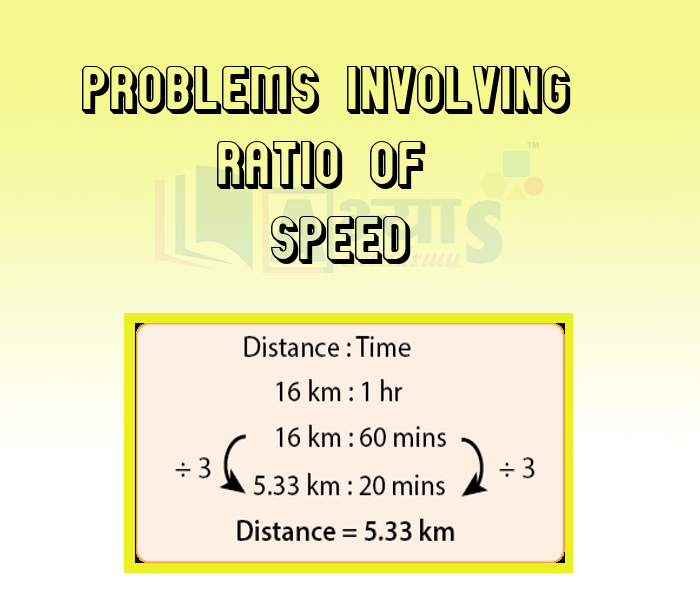
- Problems Involving Average Speed
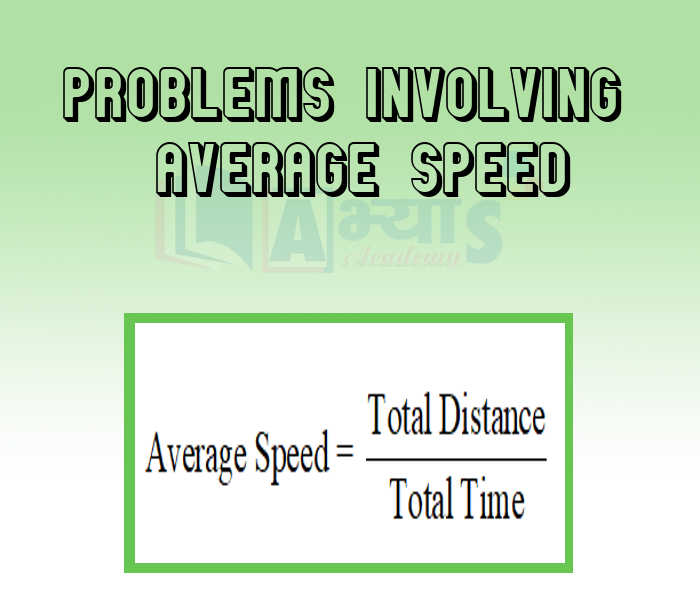
- Problems Involving Relative Speed
Explore Concepts (Click & View)
- Problems Involving Speed of Boat In Still Water

- Problems Involving Boat Moving Downstream

- Problems Involving Boat Moving Upstream

- Solving Statement For Upstream And Downstream
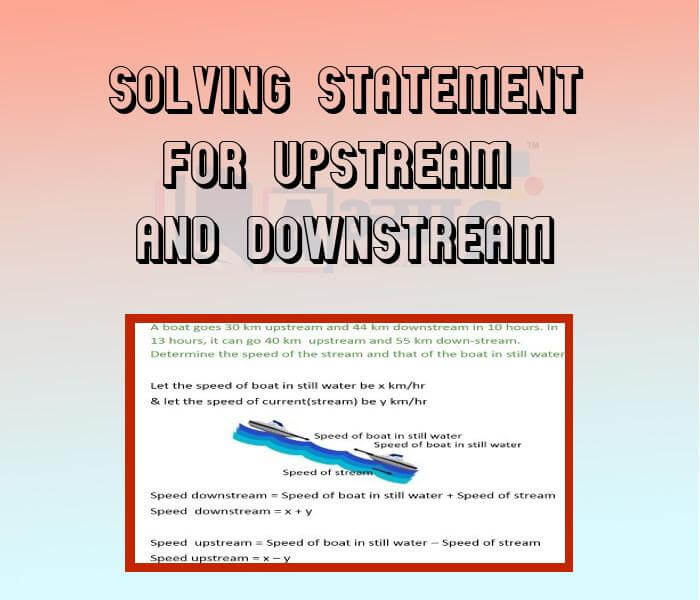
Explore Concepts (Click & View)
- Problems Involving Moving Train And Stationary Person

- Problems Involving Train Crossing Bridge or Platform
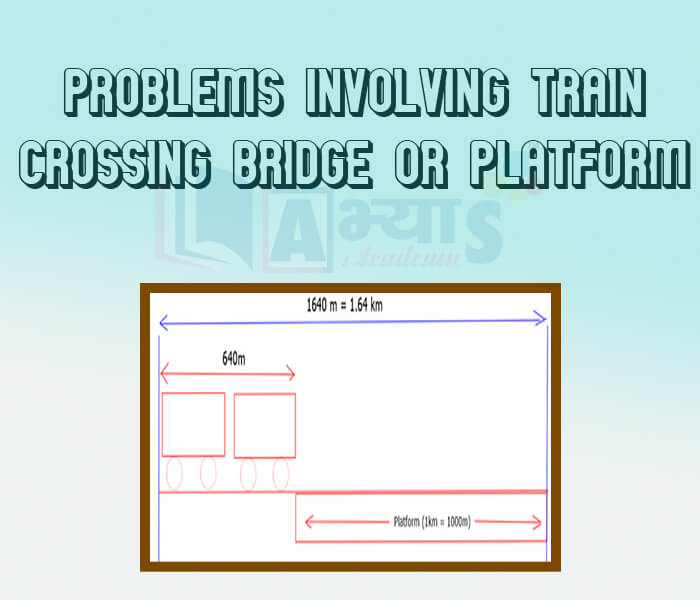
- Problems Involving Crossing Of Trains Moving In Same Direction
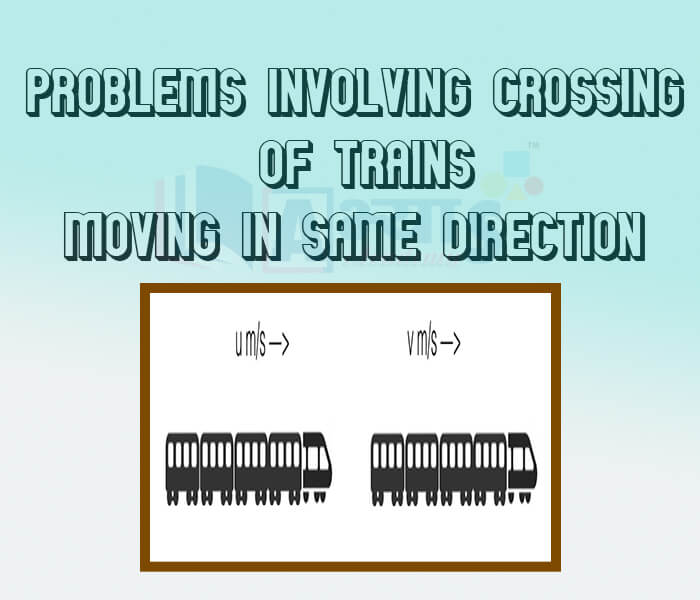
- Problems Involving Crossing Of Trains Moving In Opposite Direction
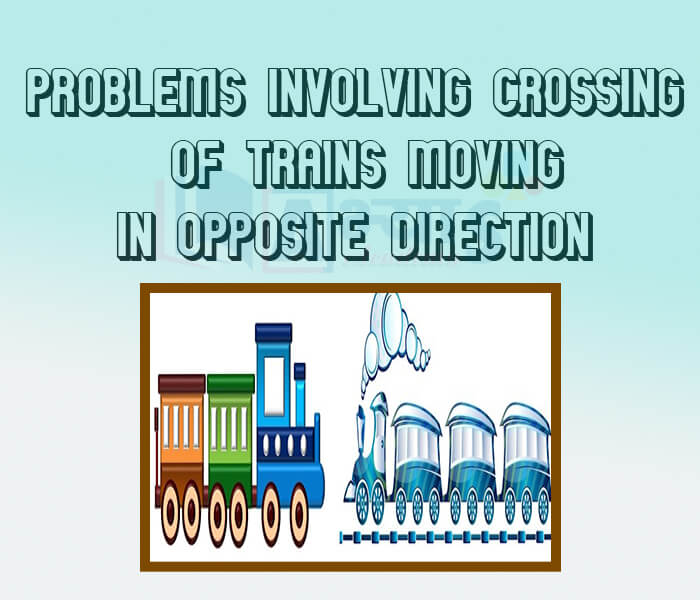
- Problems Involving Moving Train And Moving Person
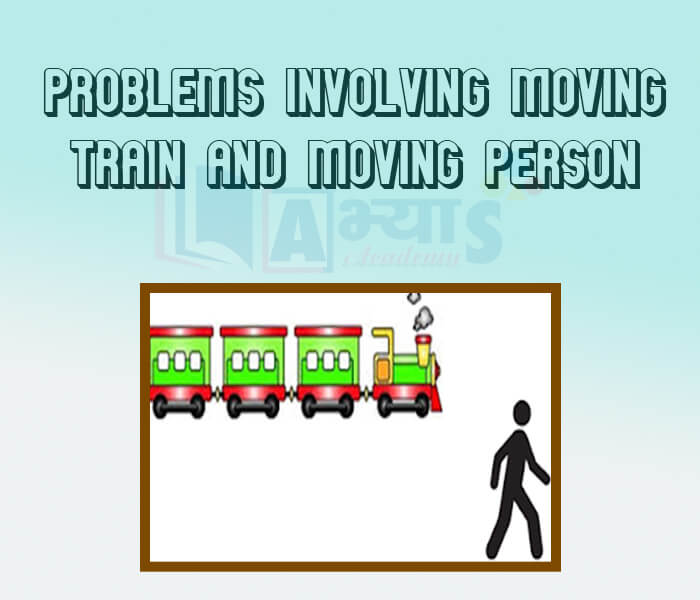
- Problems Based on Trains
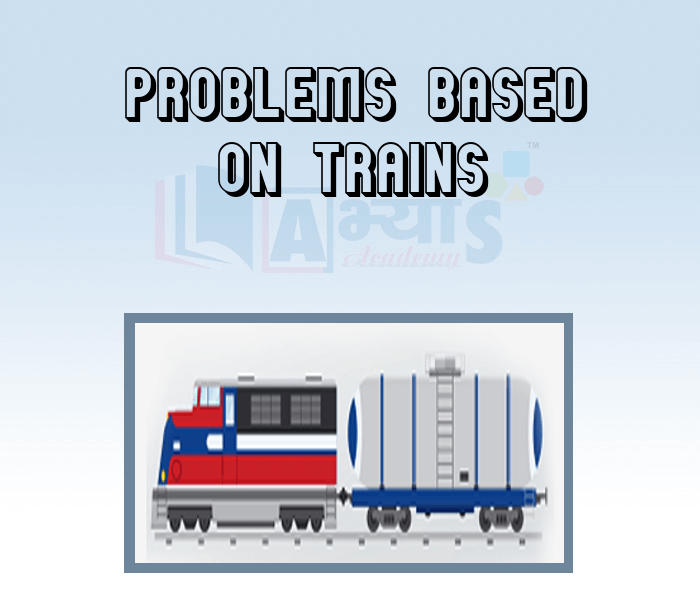
Explore Concepts (Click & View)
- Single Pipe Emptying The Tank

- Single Pipe Filling The Tank

- Multiple Pipes Filling The Tank

- Pipes Emptying and Filling The Tank

- Solving Statements Involving Pipes
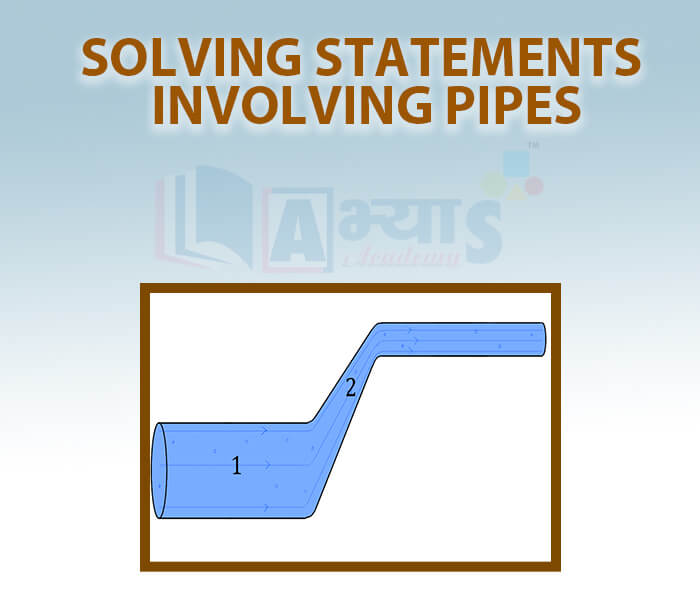
Explore Concepts (Click & View)
- BODMAS Simplification Without Brackets
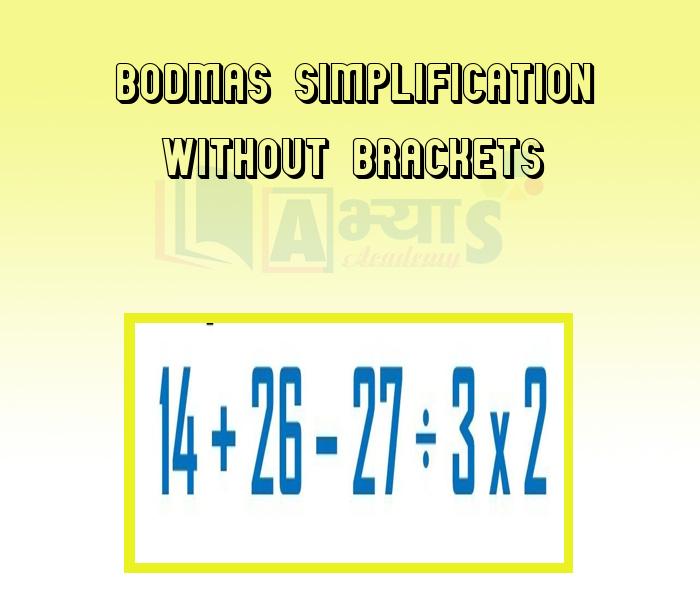
- BODMAS Simplification With Simple Brackets

- BODMAS Simplification With Complex Brackets

Explore Concepts (Click & View)
- Divisibility Rule of 2

- Divisibility Rule of 3
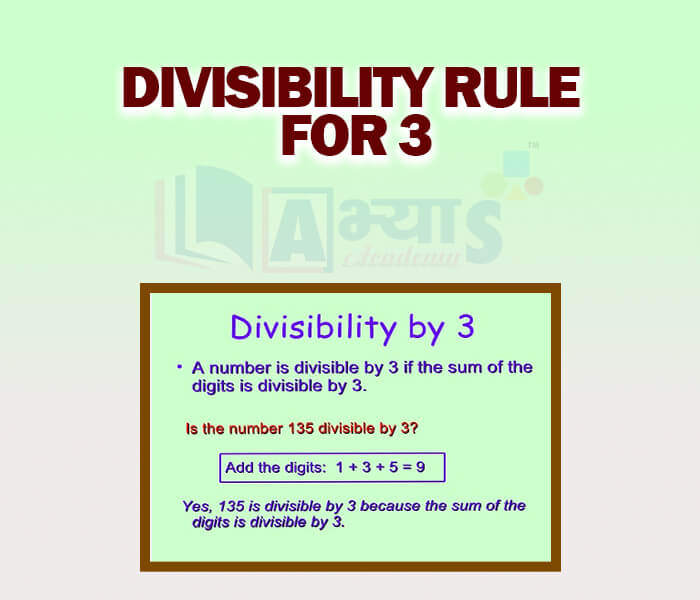
- Divisibility Rule of 4
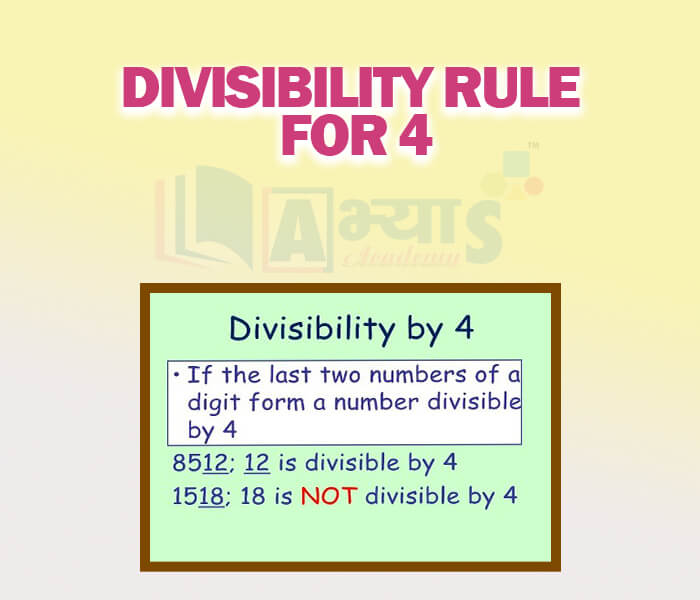
- Divisibility Rule of 5

- Divisibility Rule of 6

- Divisibility Rule of 7

- Divisibility Rule of 8

- Divisibility Rule of 9

- Divisibility Rule of 10

- Divisibility Rule of 11
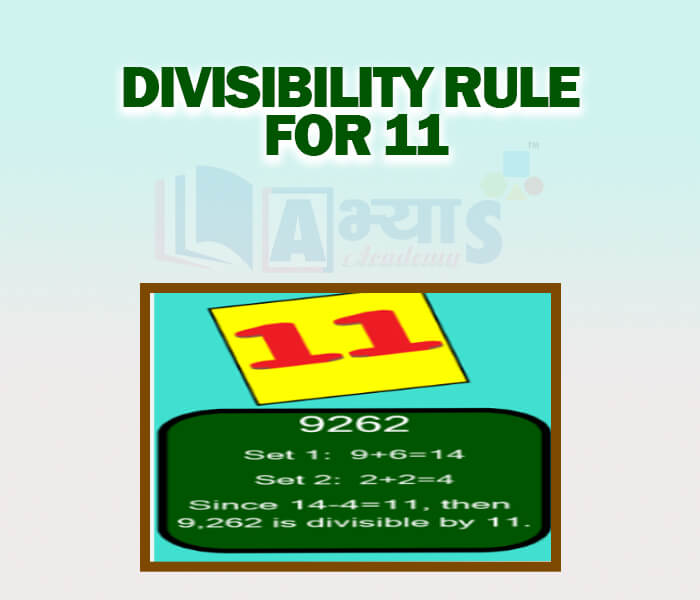
- Tricks With Digits
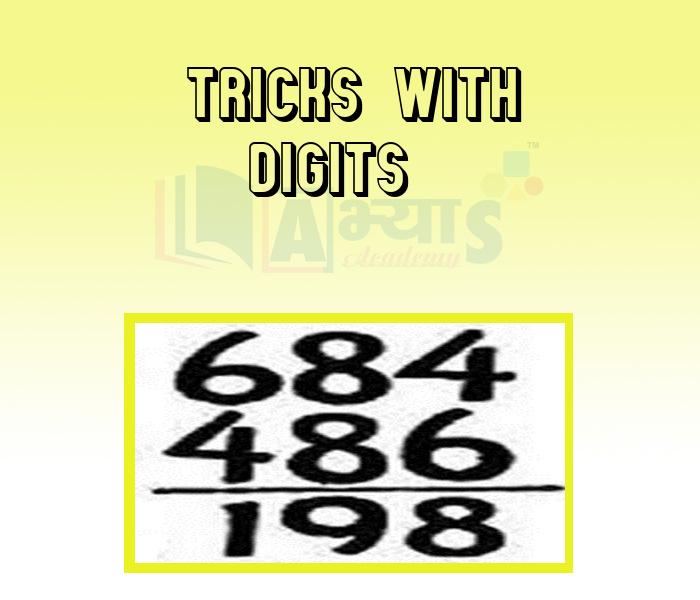
Explore Concepts (Click & View)
- Even and Odd Numbers
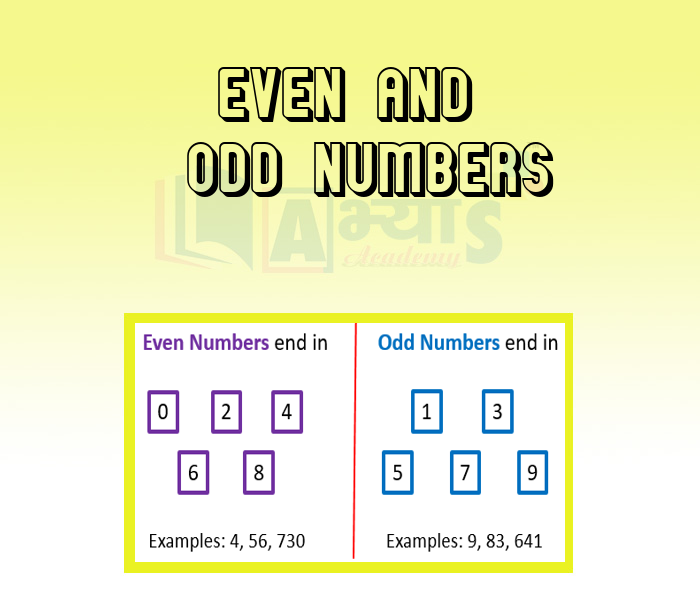
- Prime and Composite Numbers
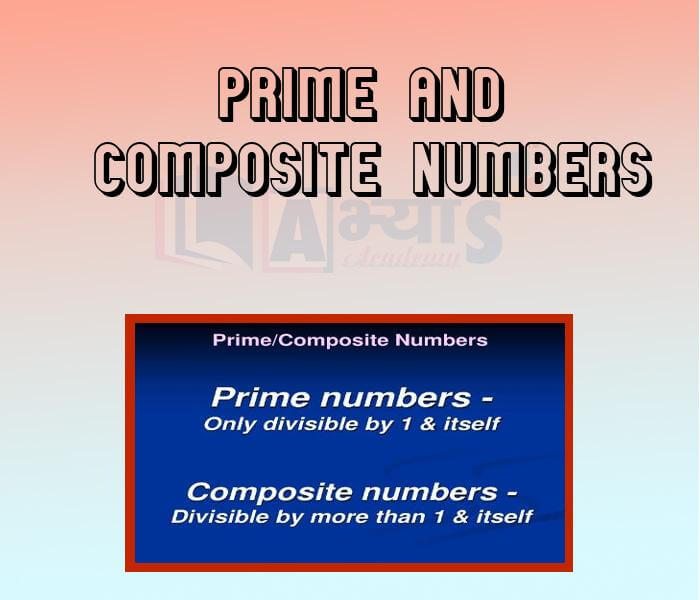
- Co-Prime and Twin Prime Numbers

- Numbers in General Form

- Interchanging Digits
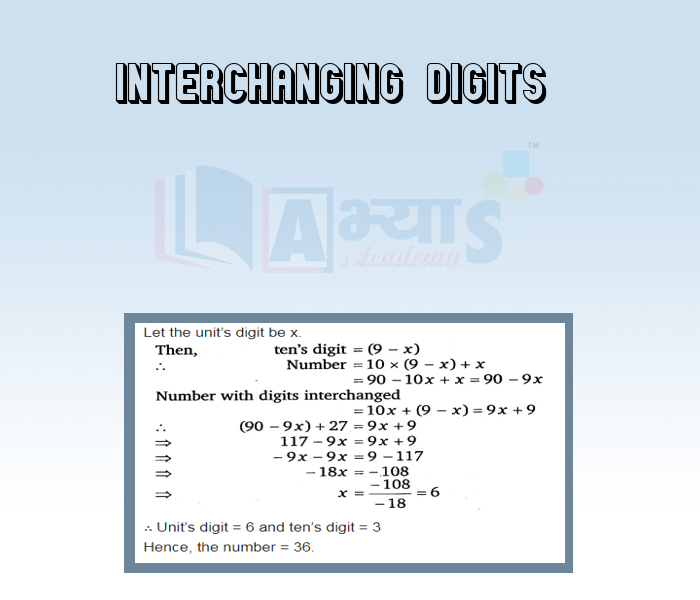
Explore Concepts (Click & View)
- Perfect Cube
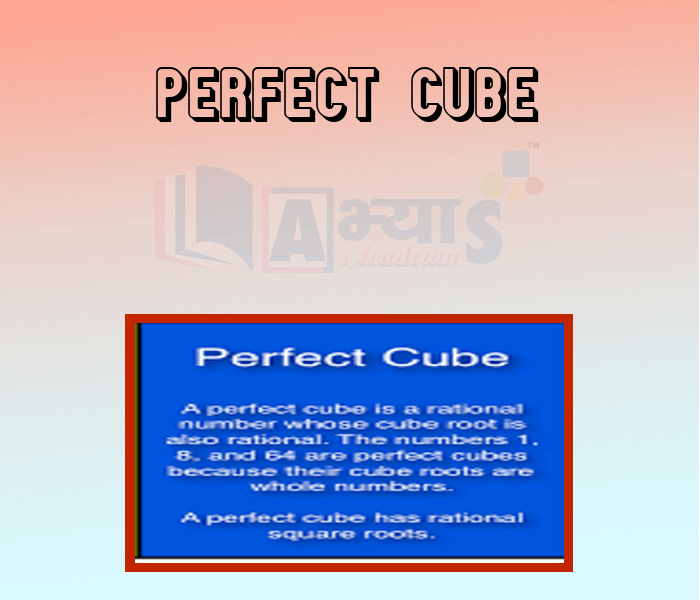
- Properties of Cubes of Numbers

- Cube Root by Prime Factorisation
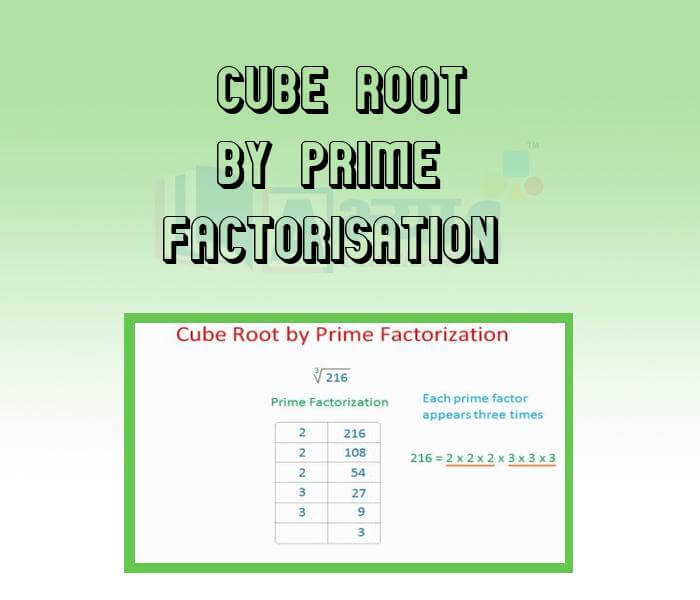
- Cube Root Using Digits
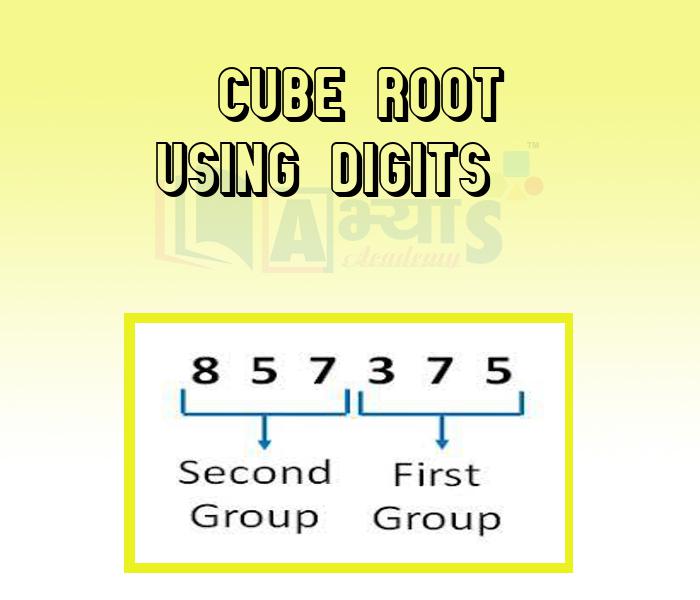
- Cube Root by Estimation Method
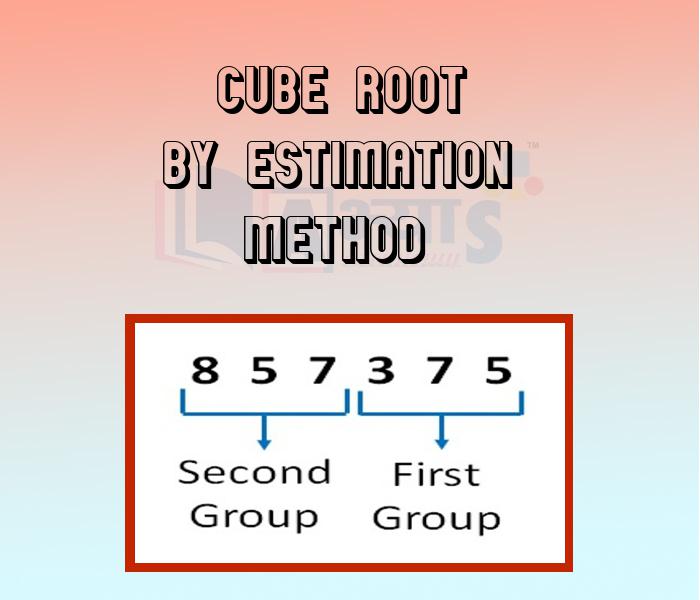
Explore Concepts (Click & View)
- Perfect Square

- Square of Number 1-50
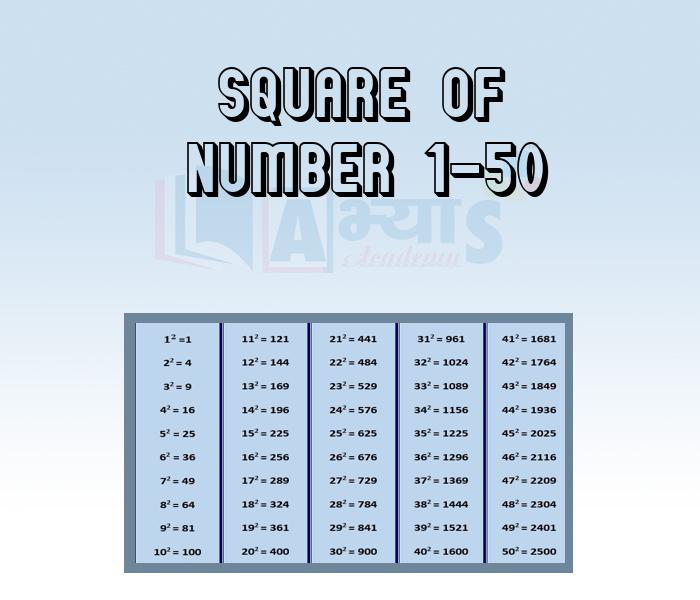
- Square Root Using Prime Factorization
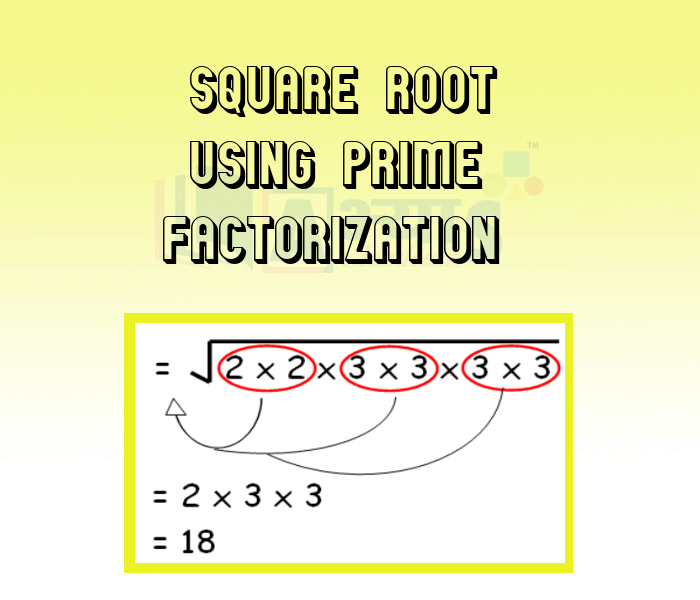
- General Properties of Squares
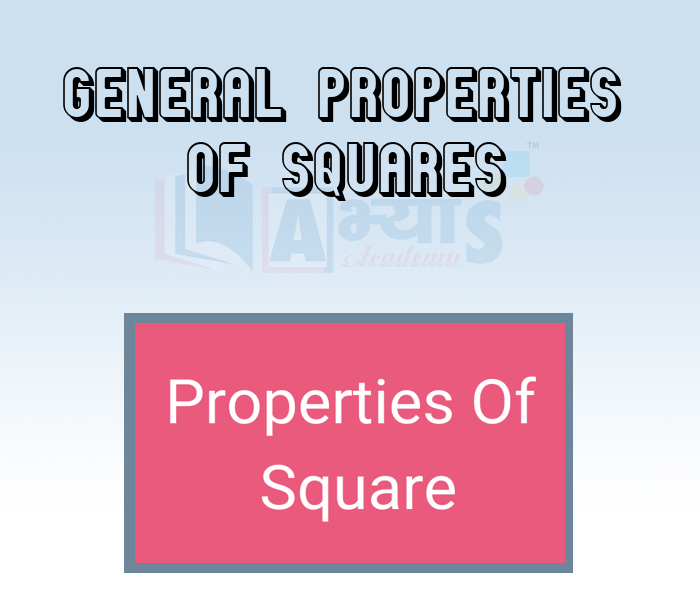
- Properties of Square - Based on Ending Digits
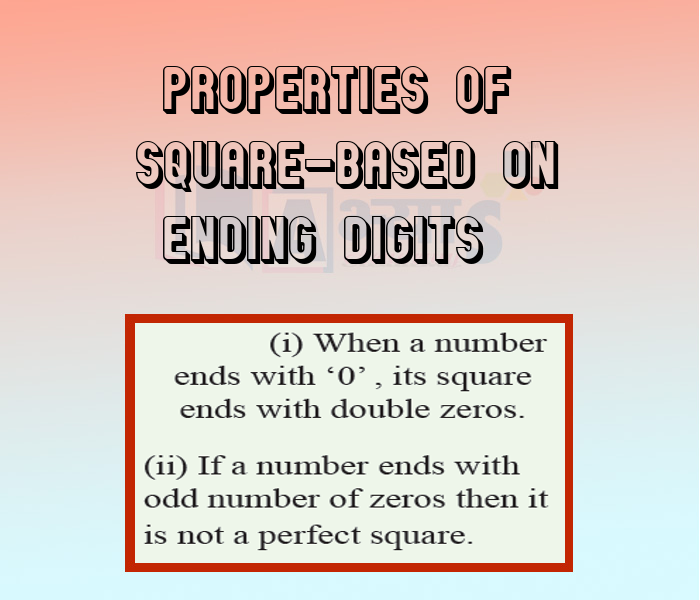
- Properties of Square - Unit Digit of Square
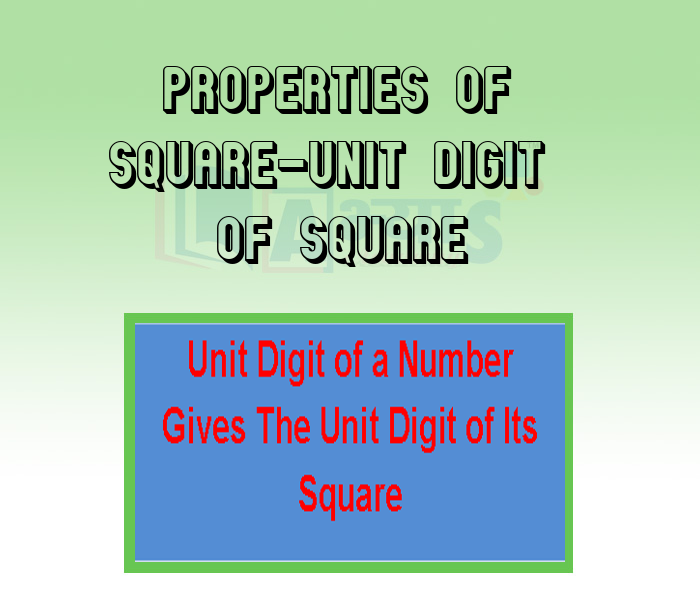
- Properties of Square - Difference of Consecutive Numbers
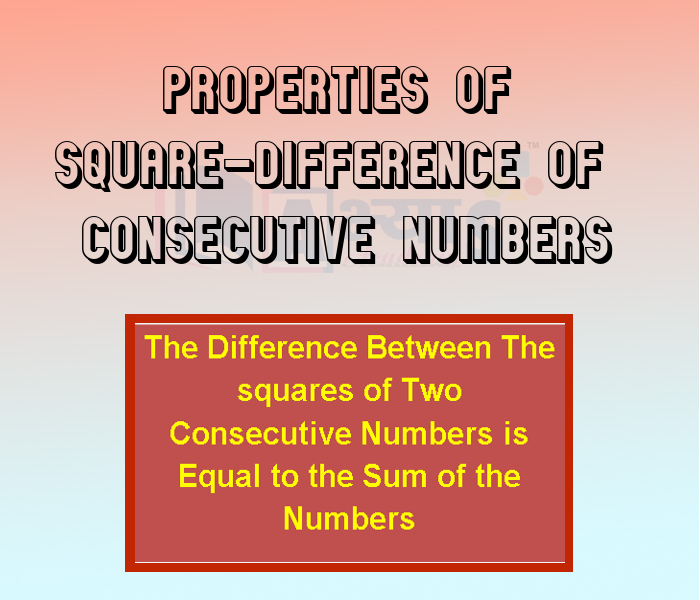
- Pythagorean Triplet
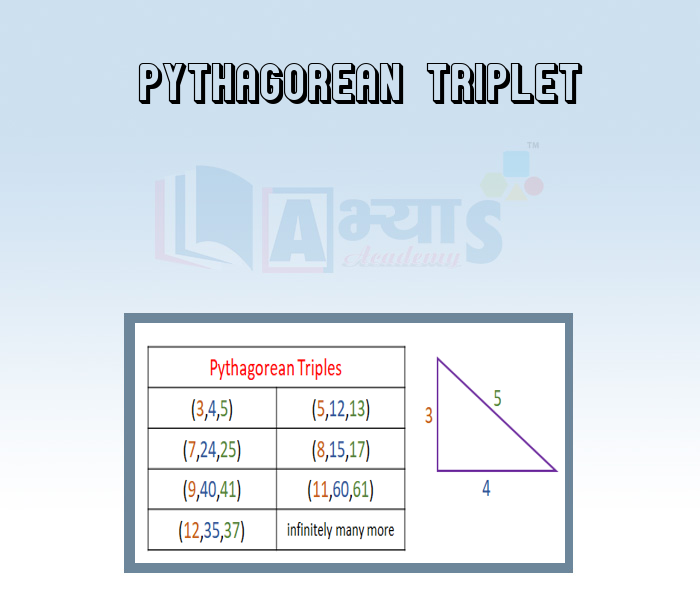
- Number Between Square Numbers
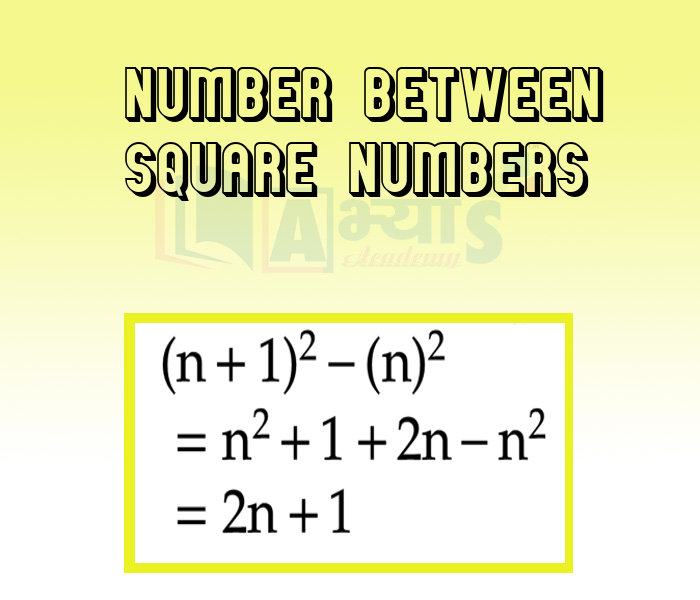
- Properties of Square - Based on Pattern
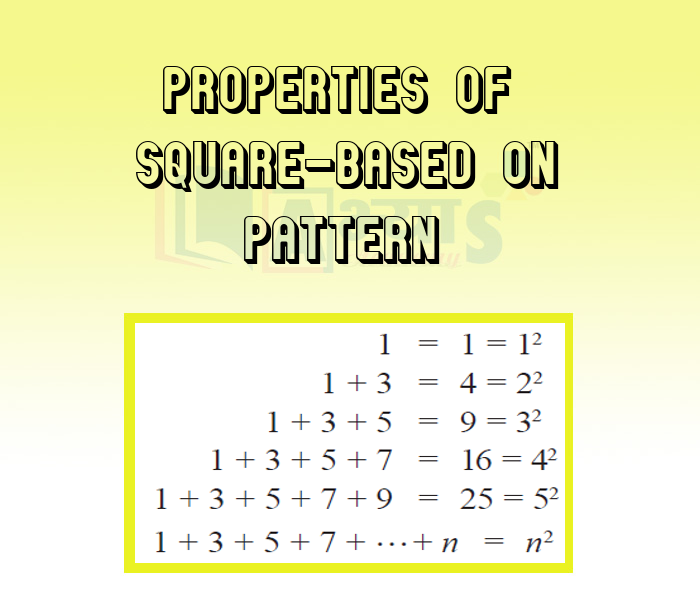
- Square Of Number Ending With 5
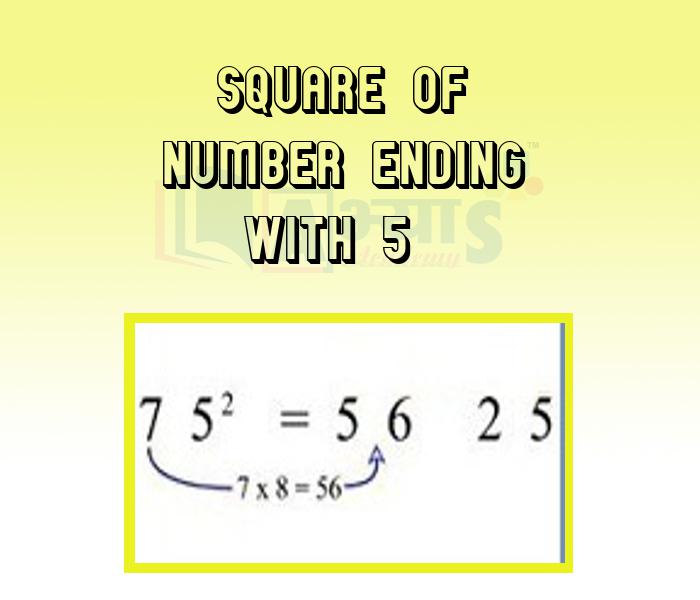
- Square Root Using Long Division

- Finding Nearest Perfect Square by Subtraction

- Finding Nearest Perfect Square by Addition
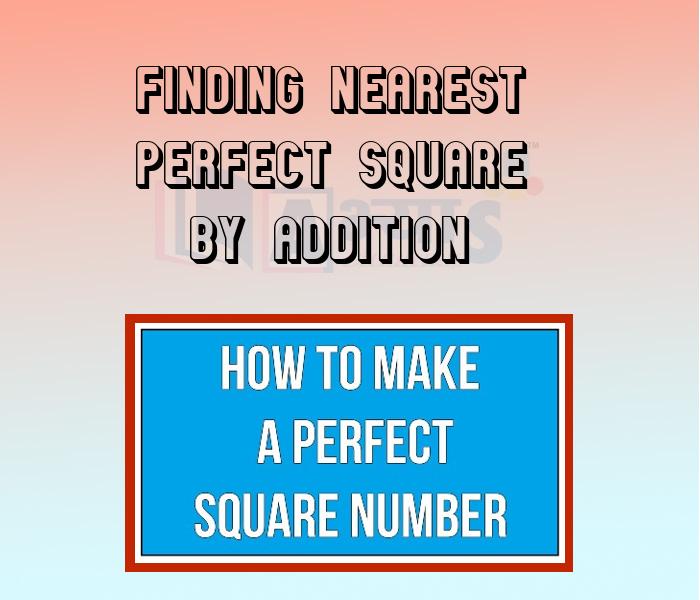
- Square Root of Decimals
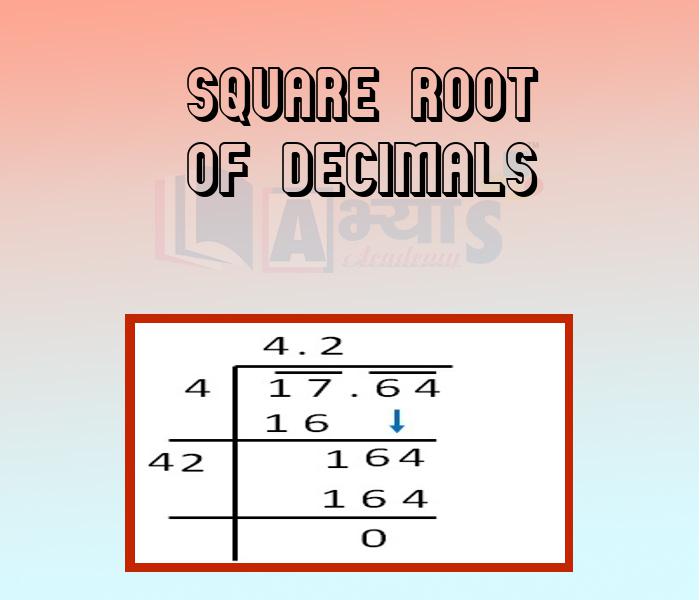
- Approximating Square Roots
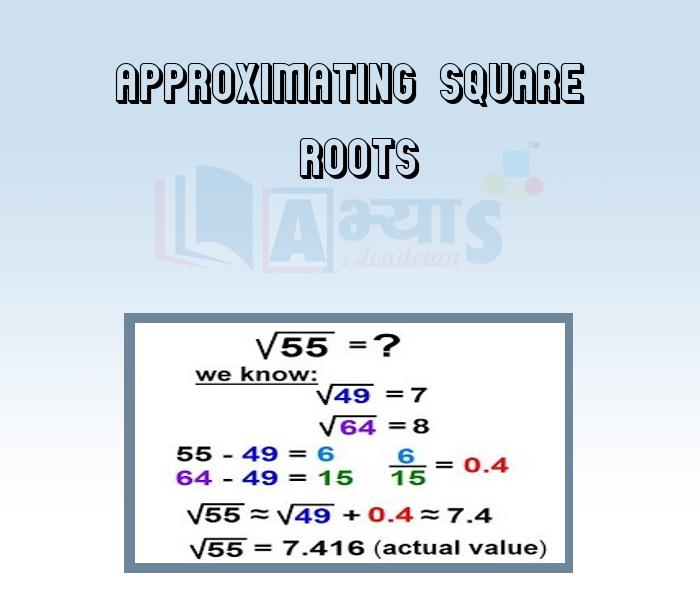
Explore Concepts (Click & View)
- Natural Number Whole number and Negative Integers

- Converting Fractions into Decimal
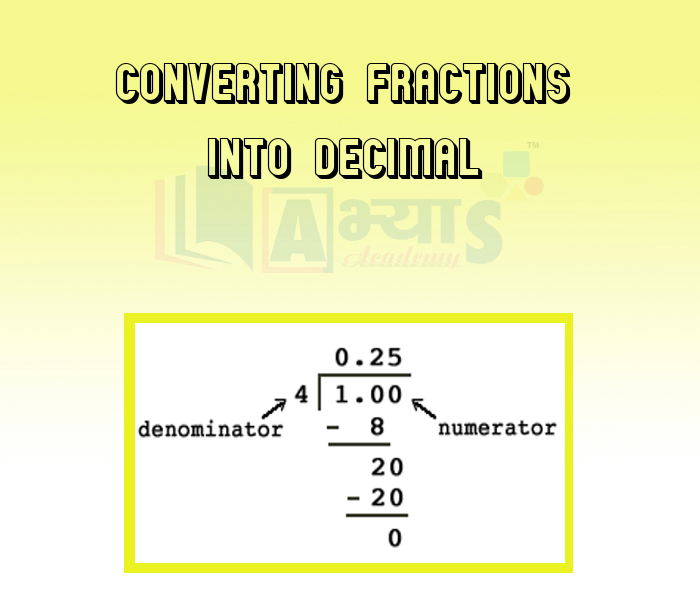
- Converting Terminating Decimals into Fractions

- Rational and Irrational Numbers
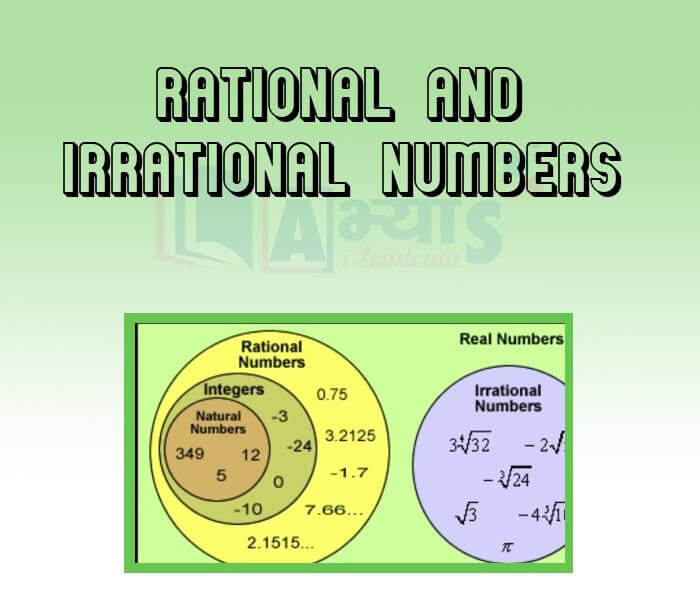
- Rationalization

Explore Concepts (Click & View)
- Nth Term of AP

- Meaning of Arithmetic Progression
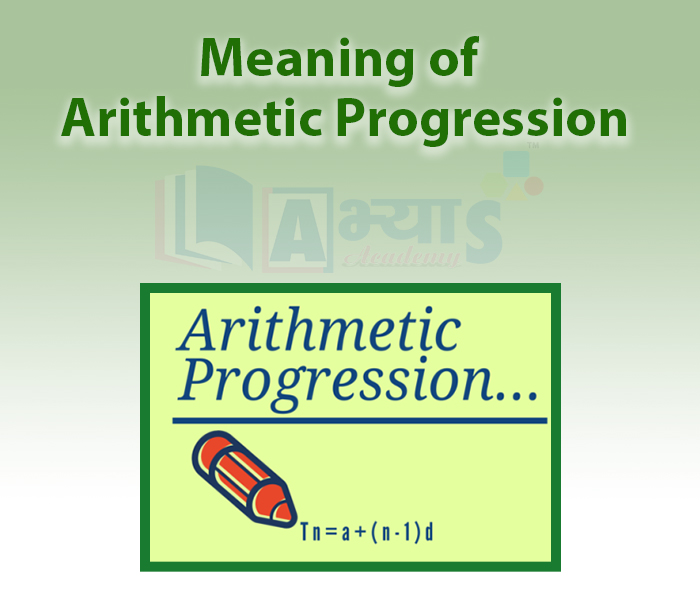
- Sum of First n Terms of AP
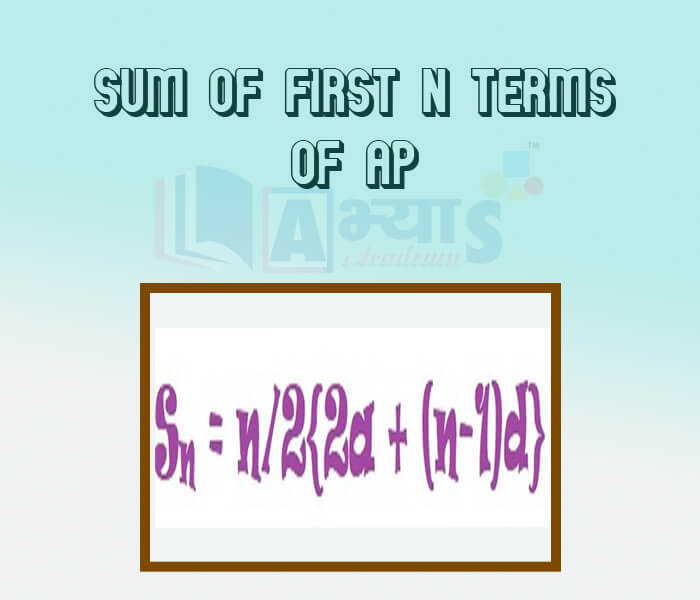
- Series of Natural Numbers
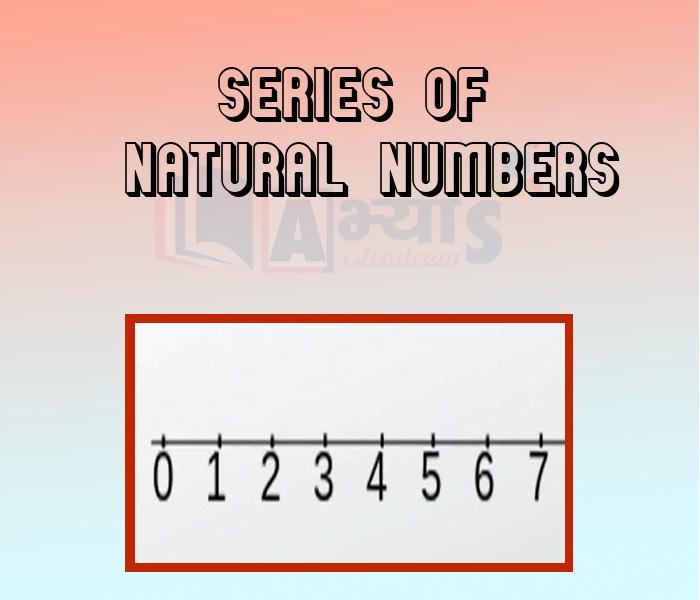
- Harmonic Mean
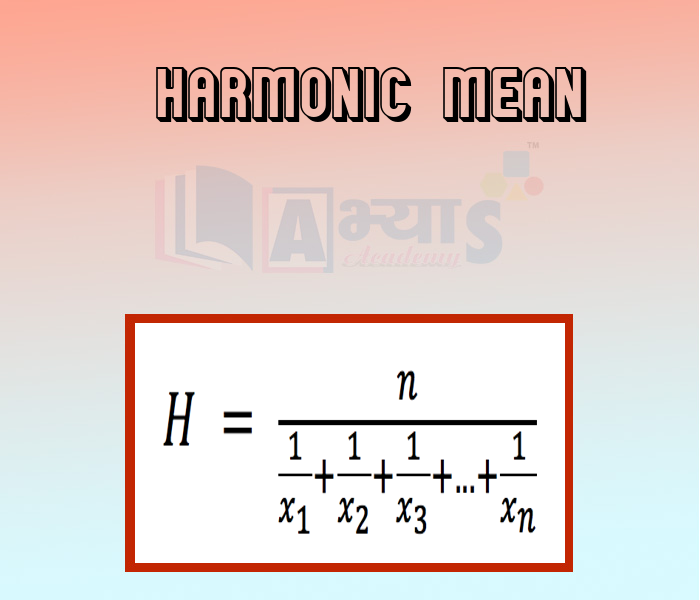
- Nth term of HP
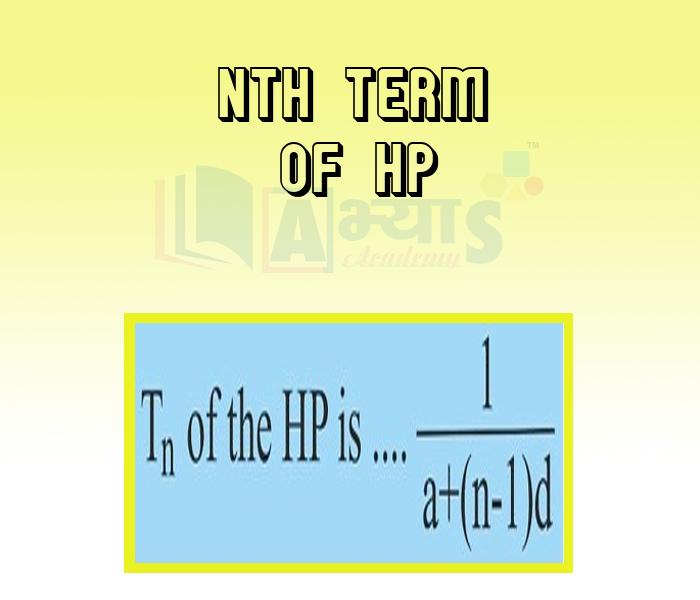
- Meaning of Harmonic Progression
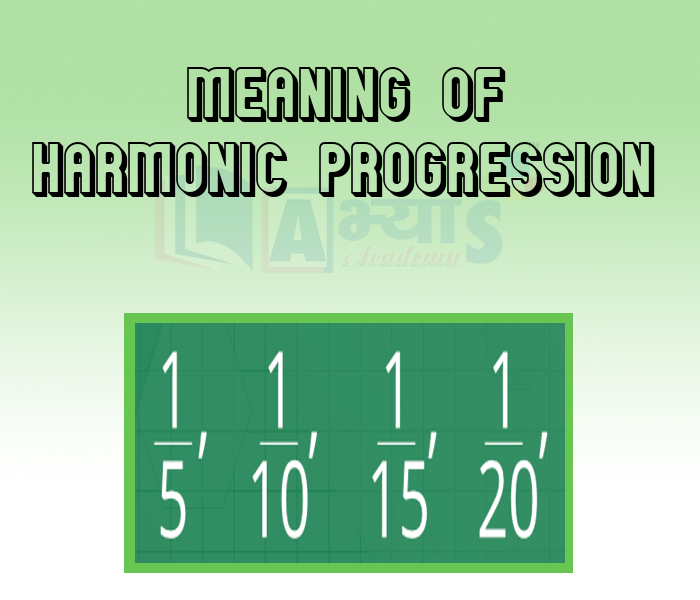
- Sum of First n Terms of GP

- Nth term of GP

- Meaning of Geometric Progression
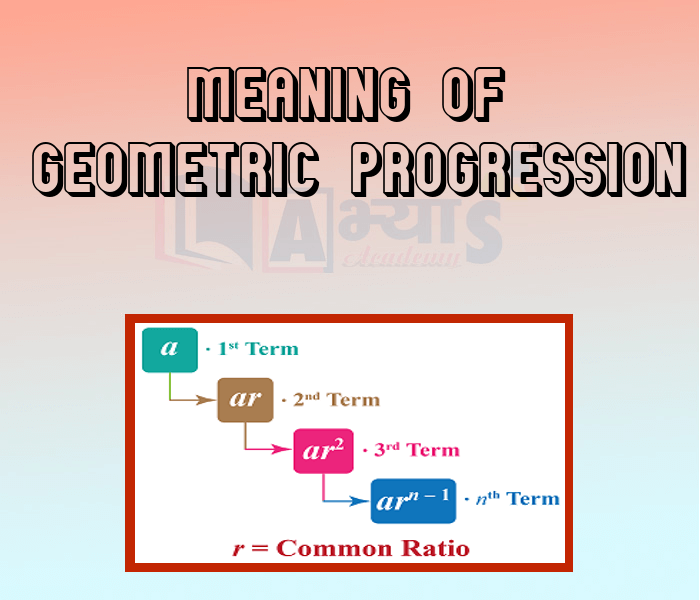
- General Term Of an AP
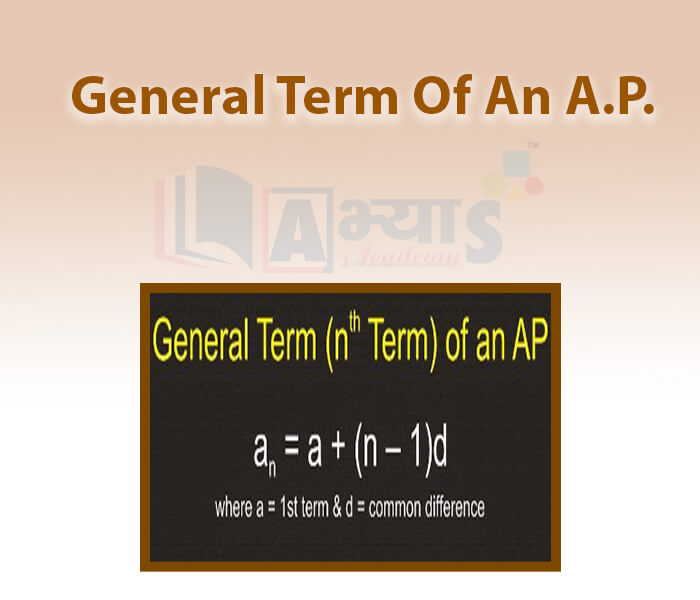
Explore Concepts (Click & View)
- Fundamental Principle of Multiplication

- Fundamental Principle of Addition
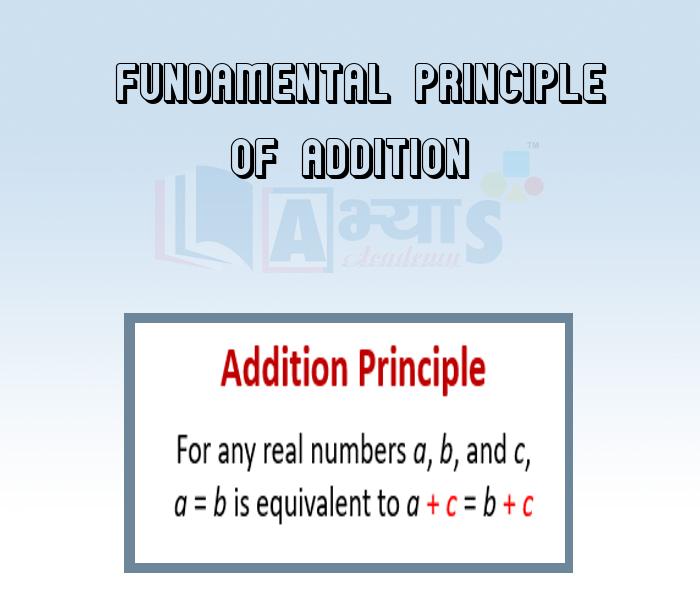
- Factorial

- Linear Permutation
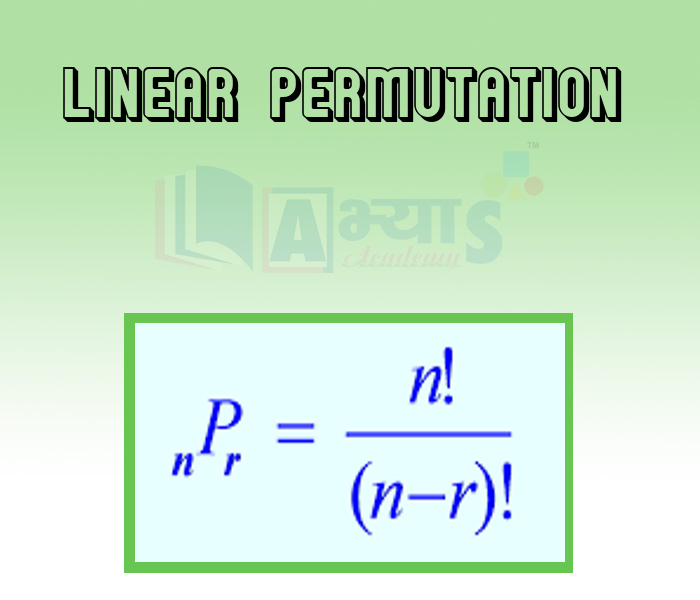
- Permutation Under Certain Conditions

- Permutation of Objects Not All Distinct
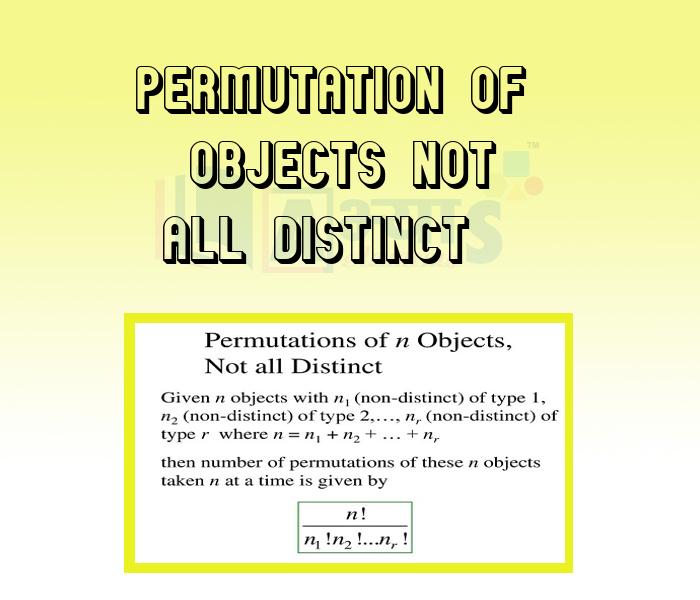
- Circular Permutation

- Combinations

- Total Number of Combinations
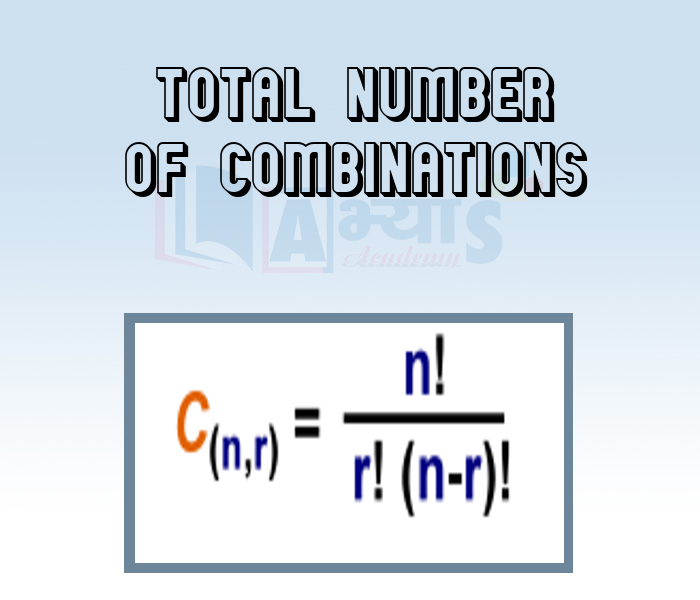
- Properties of C -n,r
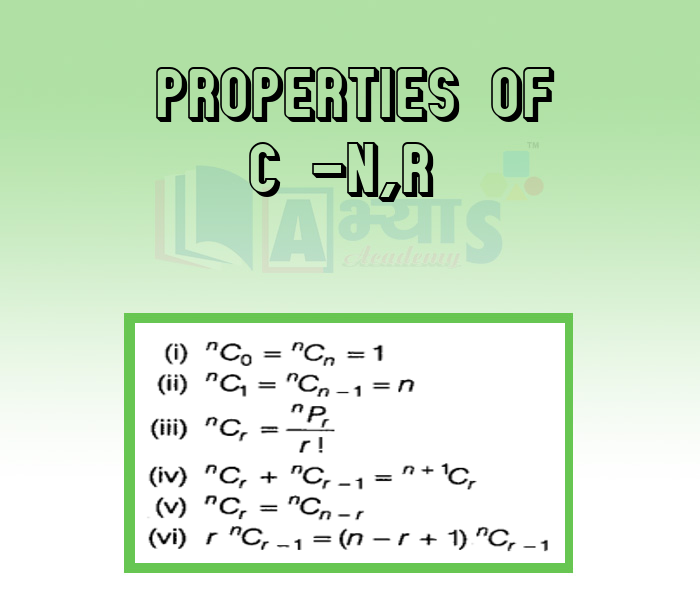
- Mixed Problems

Explore Concepts (Click & View)
- Algebraic Identity - Square of Sum of Binomial
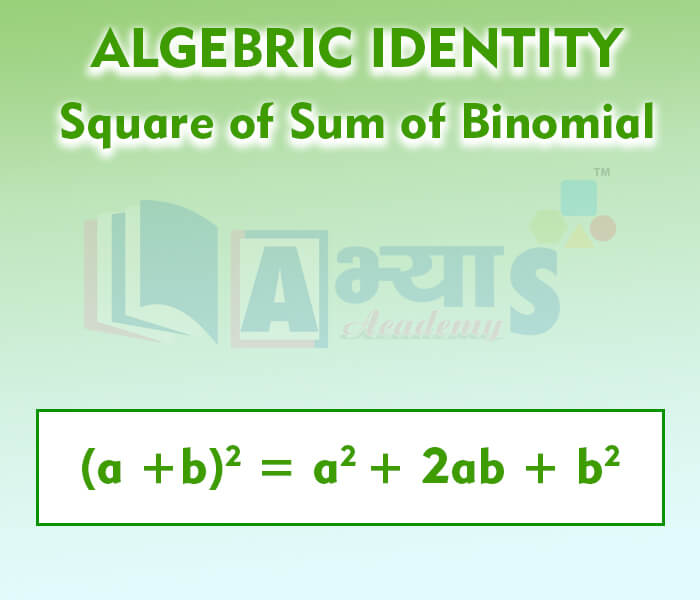
- Algebraic Identity - Square of difference of Binomial
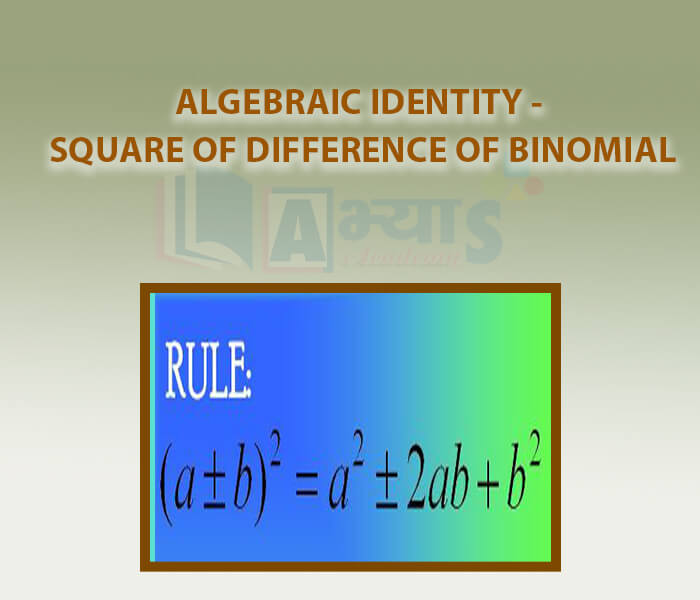
- Algebraic Identity - Dfference of Square
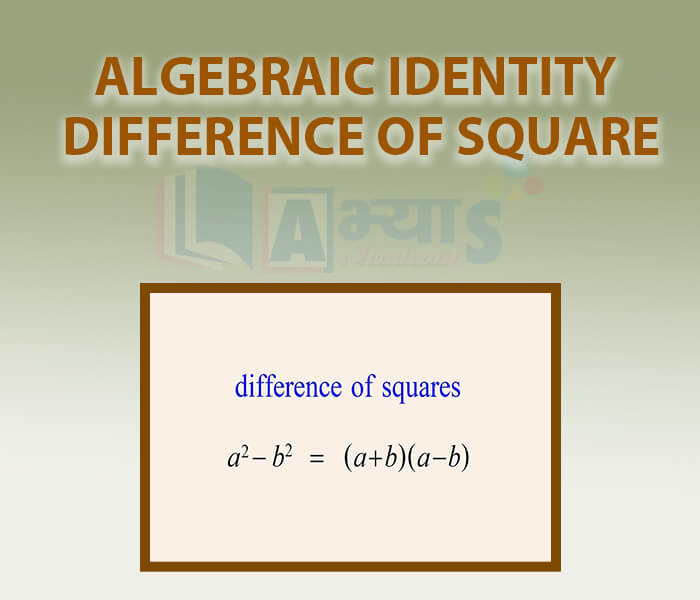
- Algebraic Identity -3

- Algebraic Identity - Square of Trinomial

- Algebraic Identity - Difference of Cubes
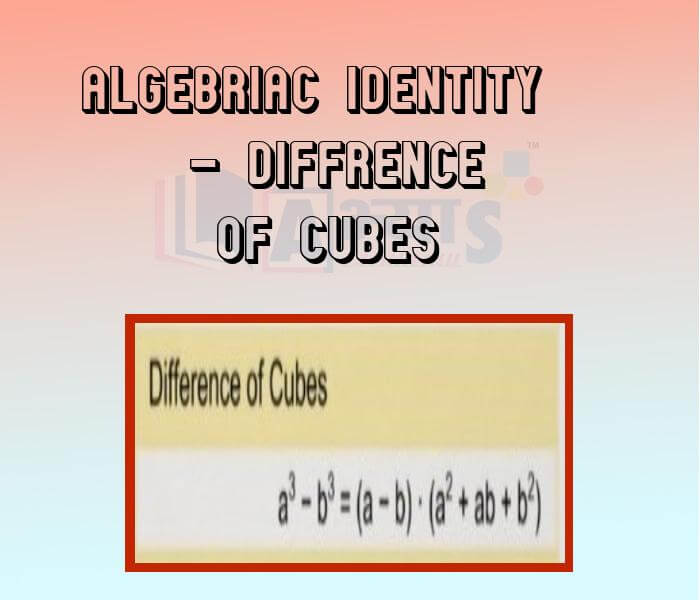
- Algebraic Identity - Sum of Cubes
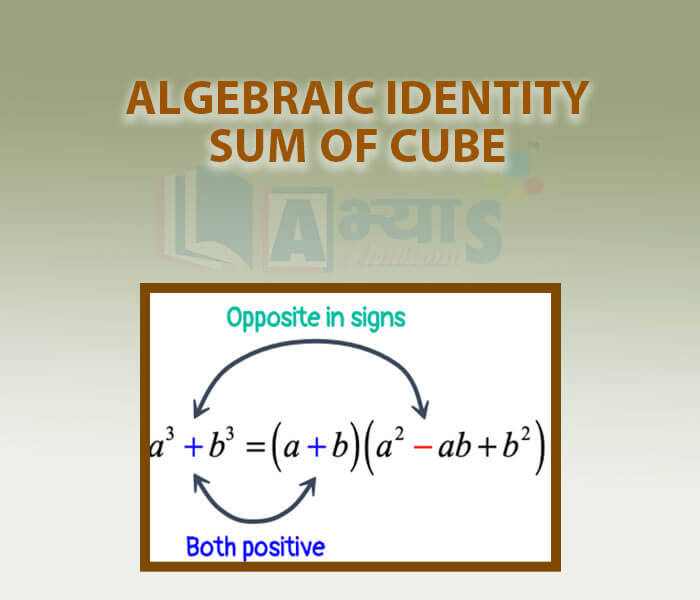
- Algebraic Identity -Cube of Sum of Binomial
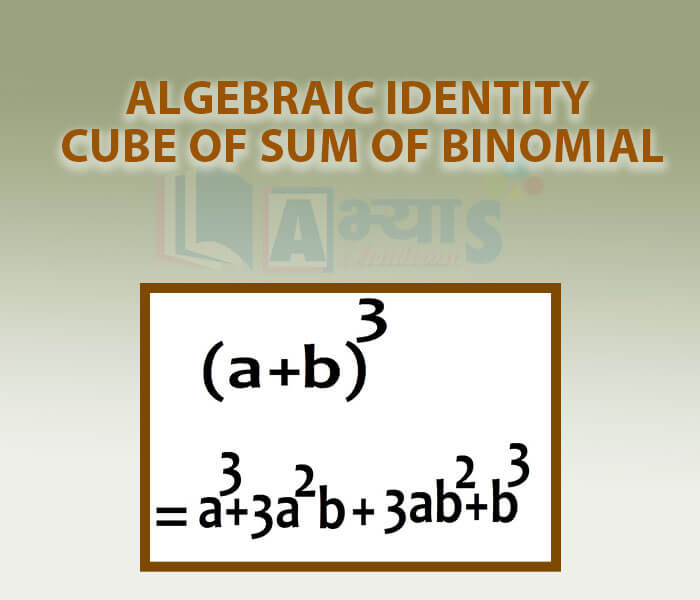
- Algebraic Identity -Cube of Difference of Binomial
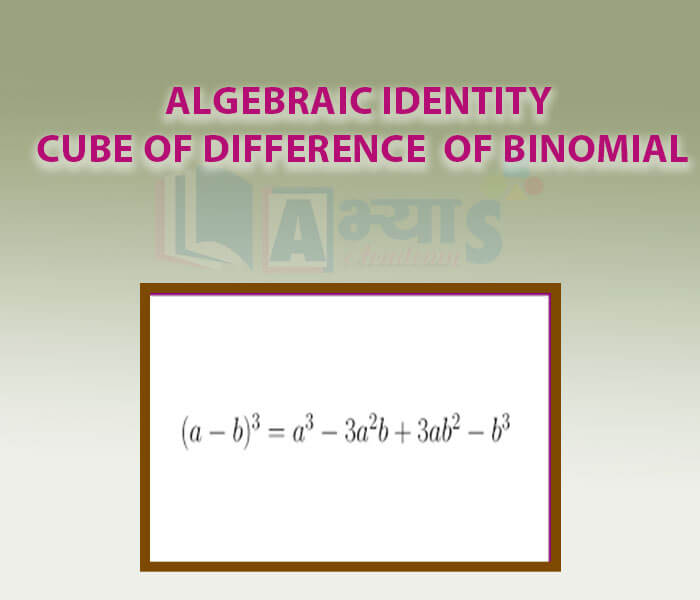
- Algebraic Identity- Conditional
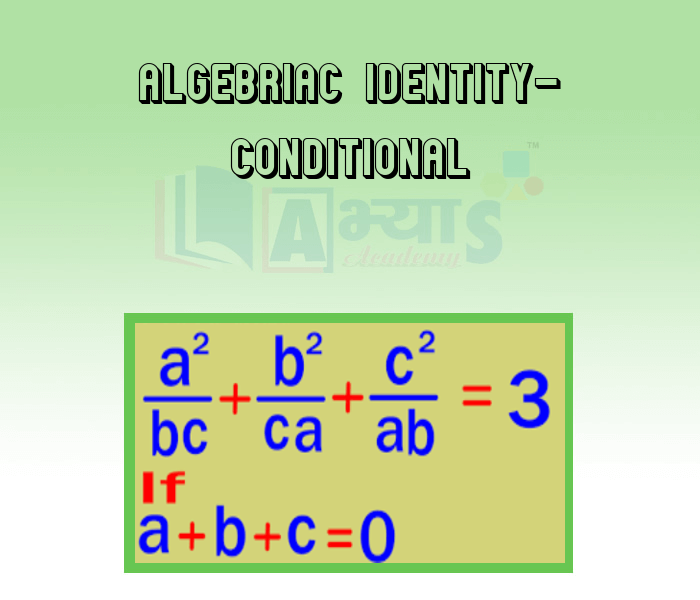
- Factorisation Using Square Identities
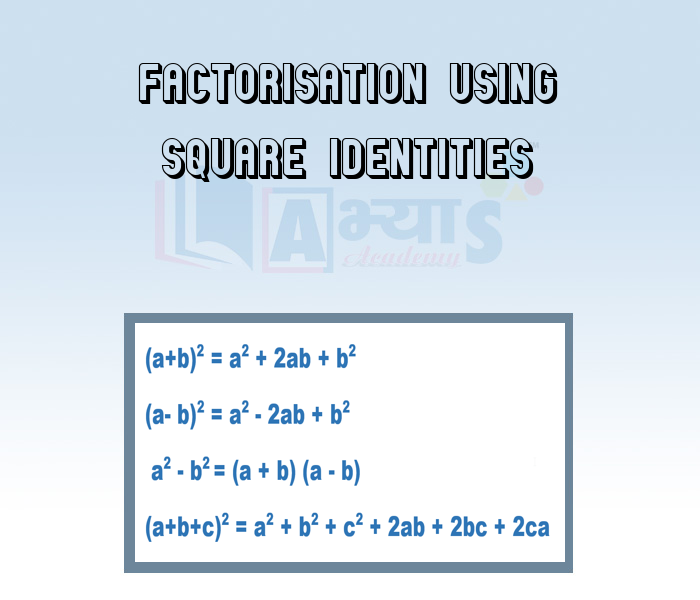
- Factorisation Using Cubic Identities

Explore Concepts (Click & View)
- Statistics

- Statistical Data

- Data and its Interpretation
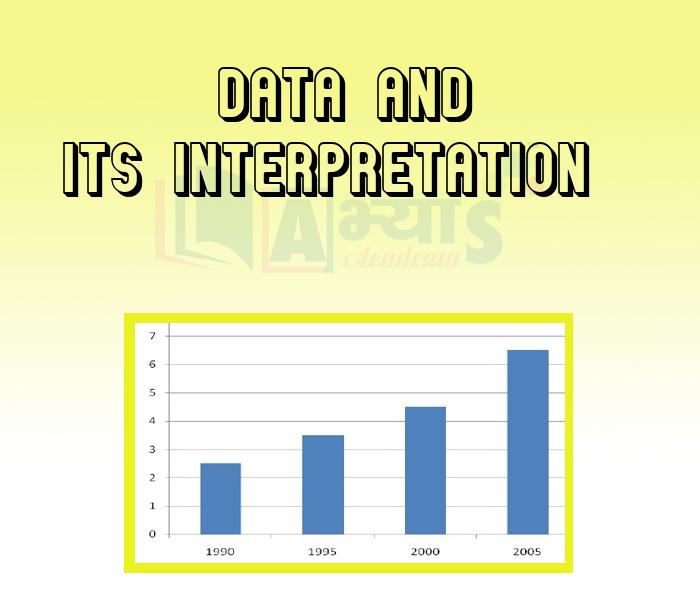
- Range of Data
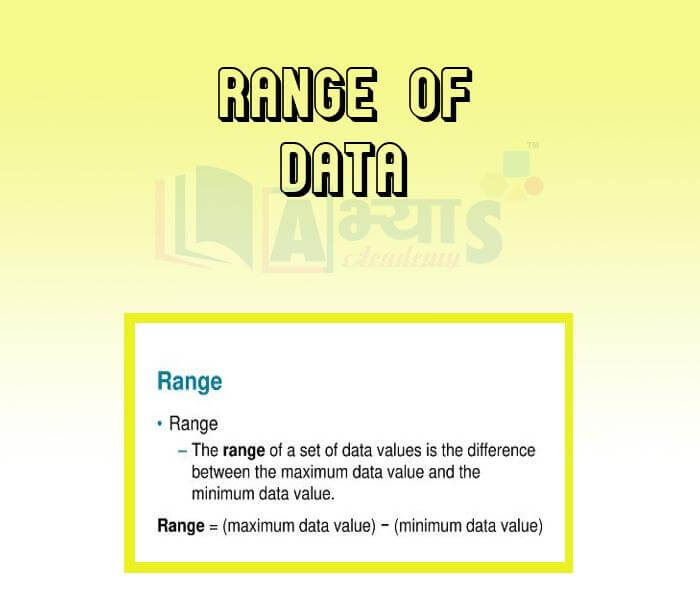
- Frequency Distribution
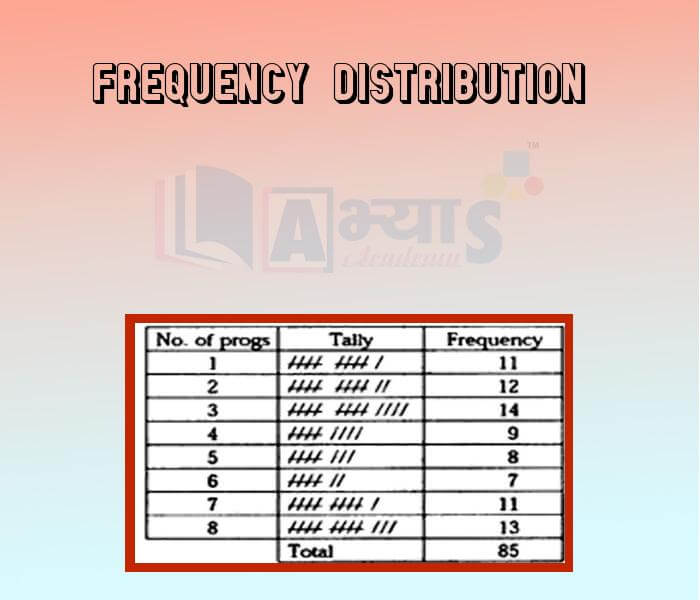
- Mean of Ungrouped Data
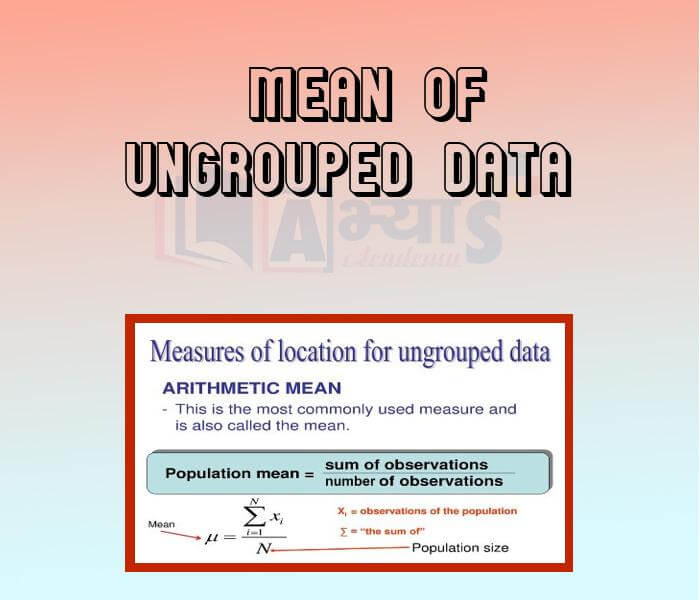
- Median of Ungrouped Data
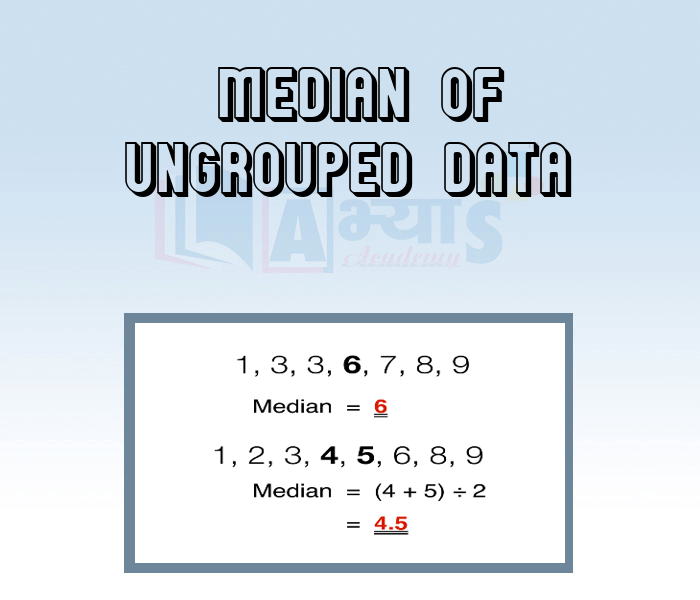
- Mode of Ungrouped Data
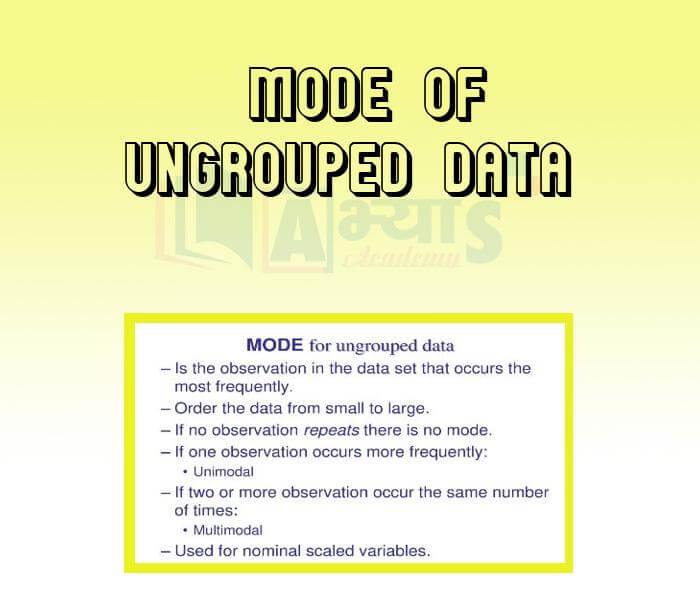
- Class Size
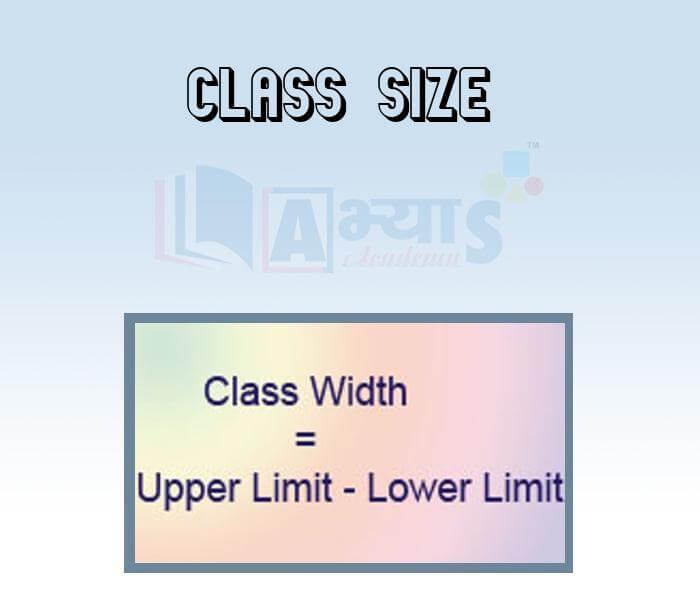
- Class Mark

- Mean of Grouped Data
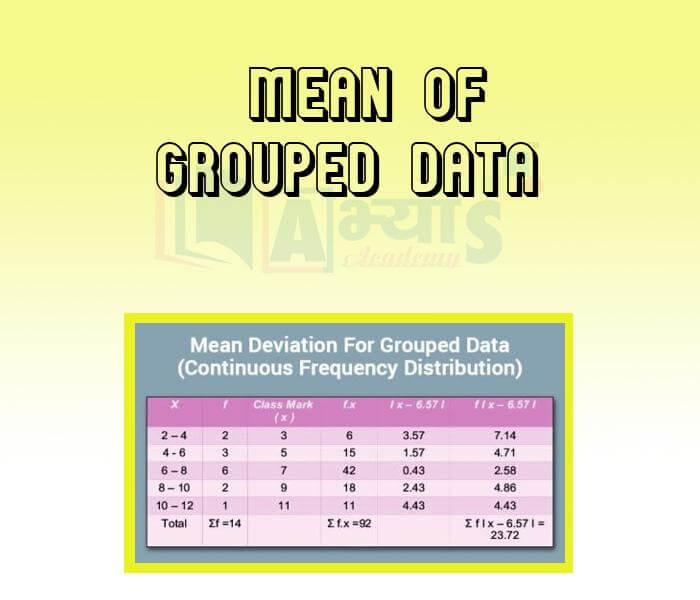
- Median of Grouped Data

- Mode of Grouped Data

- Empirical Formula for Mean Median and Mode
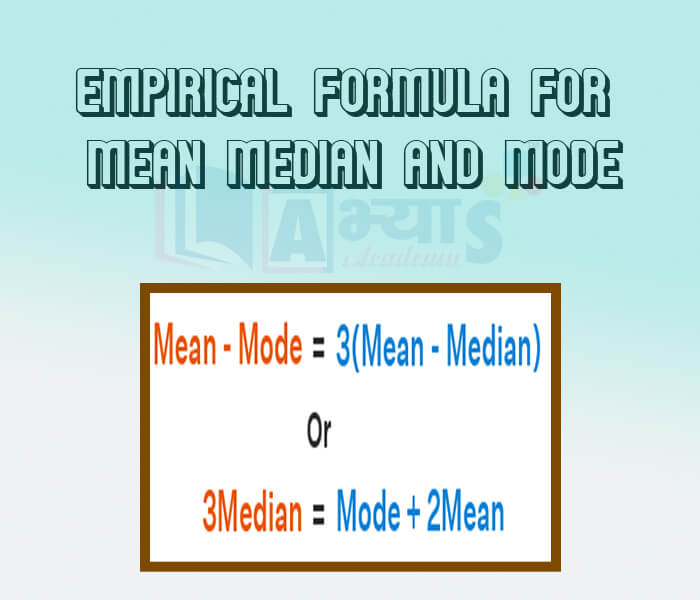
Explore Concepts (Click & View)
- Definition of Probability
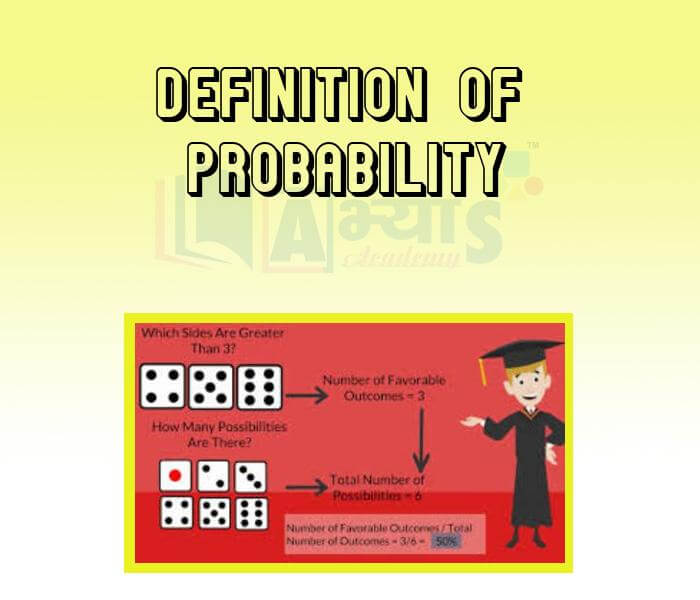
- Favourable and Unfavourable Outcomes

- Probability of An Event
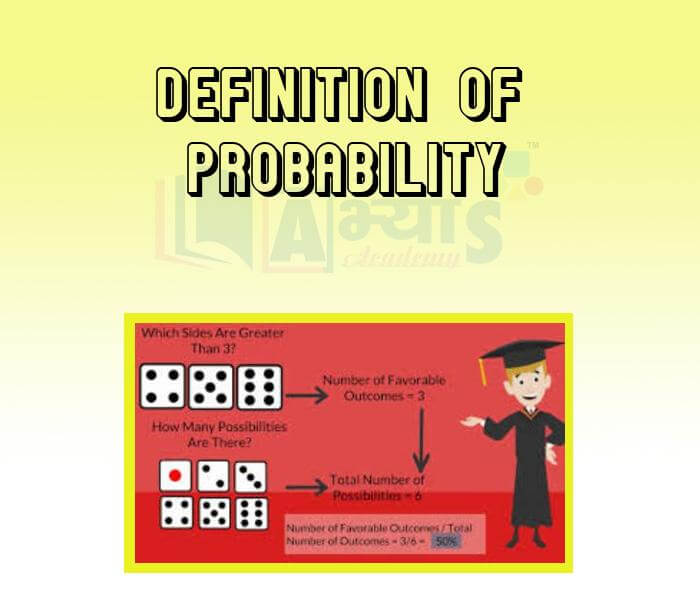
- Probability of Event not Happening

- Dice Probability
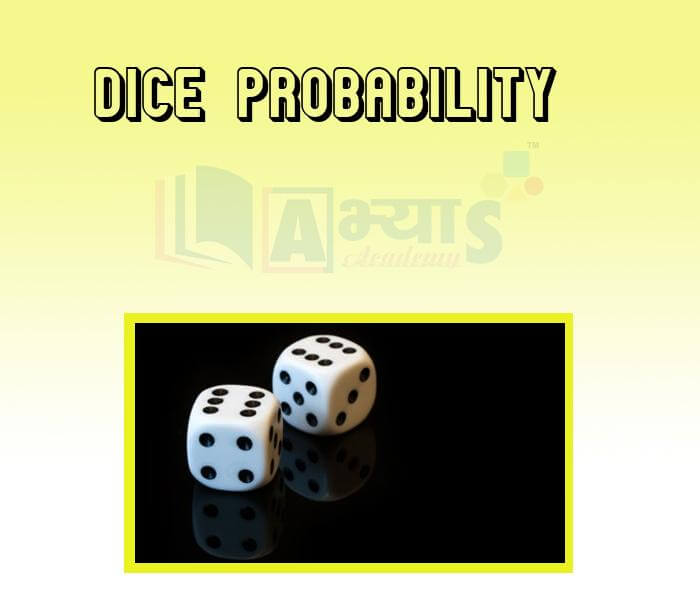
- Deck of Cards Probability

- Probability Involving Calender
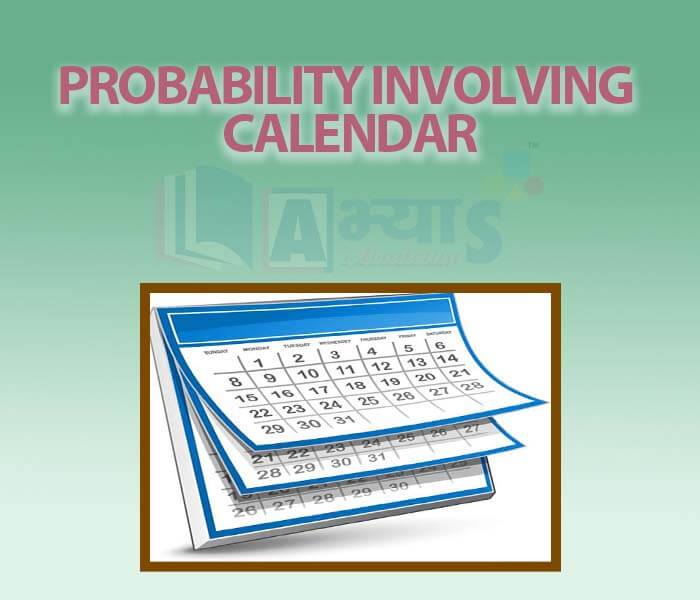
- Probability Coin Experiment
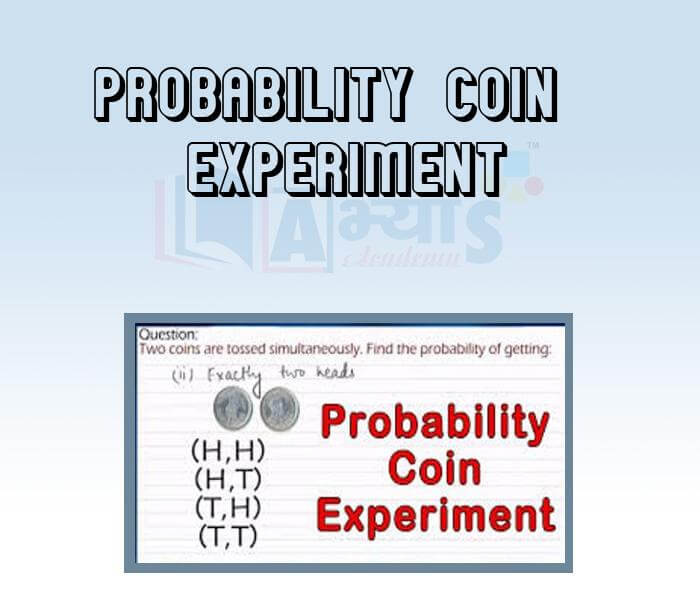
- Spinning of Wheel Probability

- At the Most Probability

- Atleast Probability
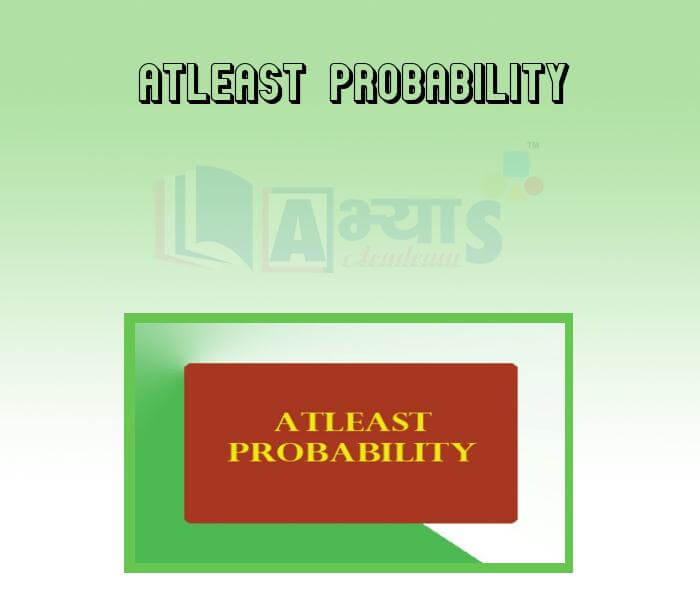
- Geomatrical Probability
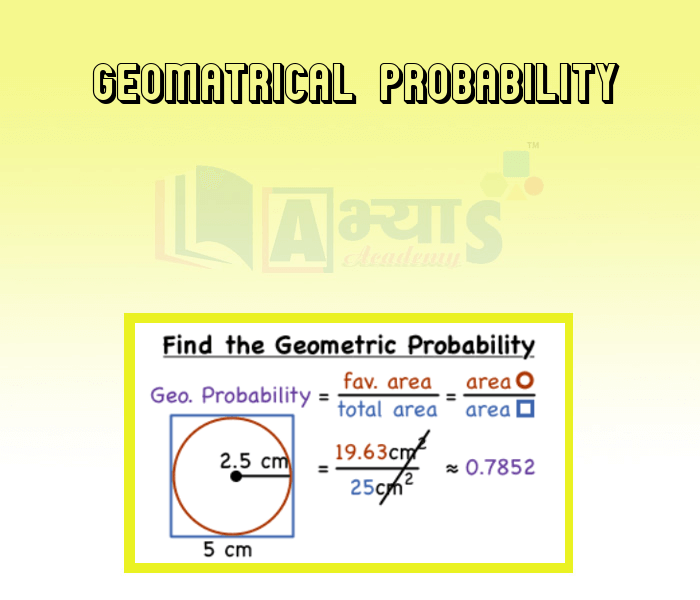
- And OR Conditions in Probability
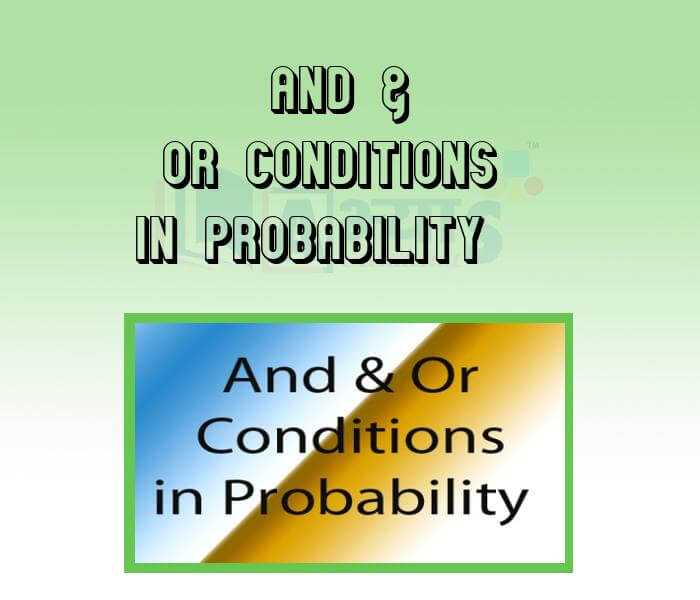
- Compound Probability
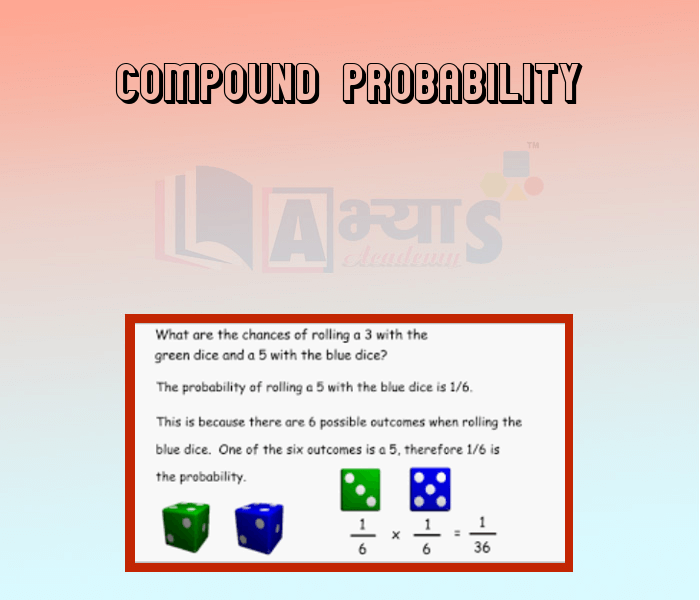
- Combination of Events

- Repetitive Experiment

- Conditional Probability

Explore Concepts (Click & View)
- Positive and Negative Integral Exponents
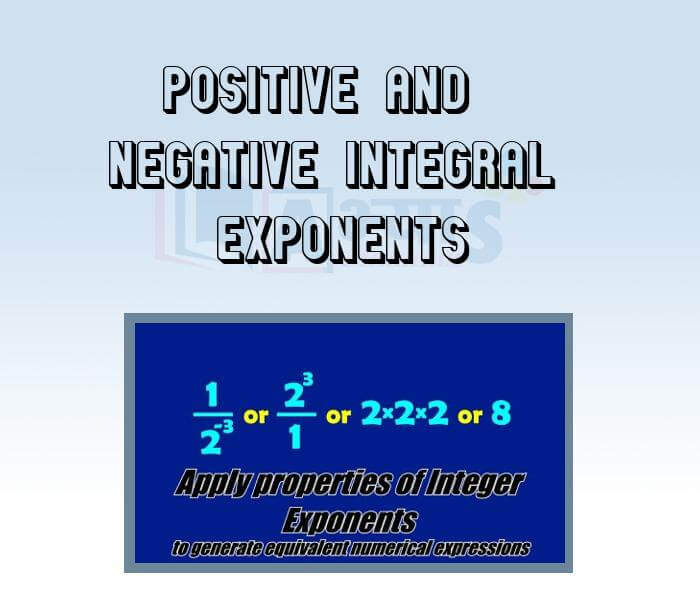
- Standard Form of Exponents and Power
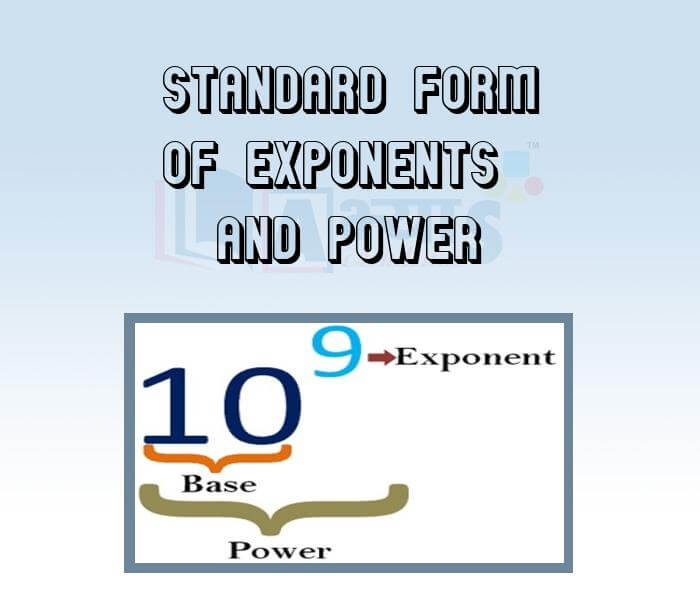
- Express as Rational Number
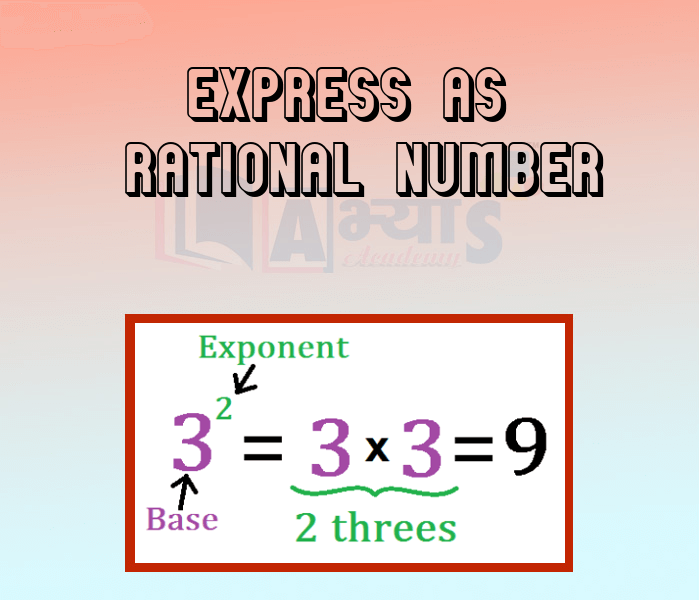
- Express in Exponential Form
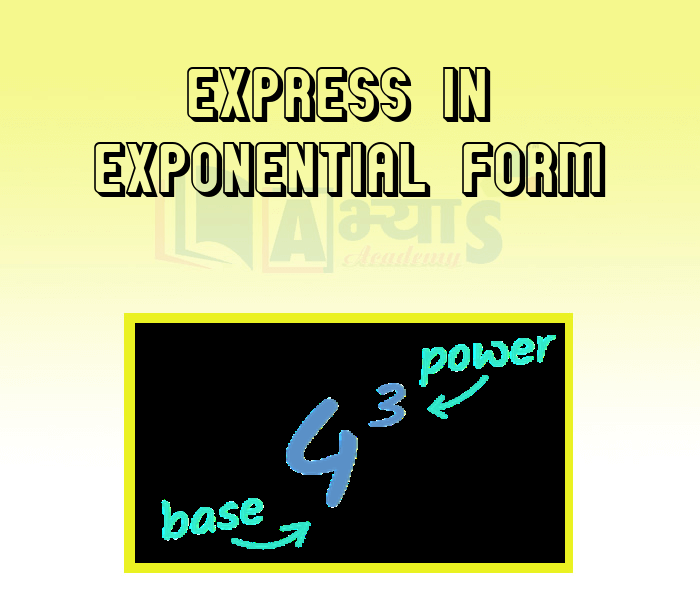
- Law 1 Product of exponents
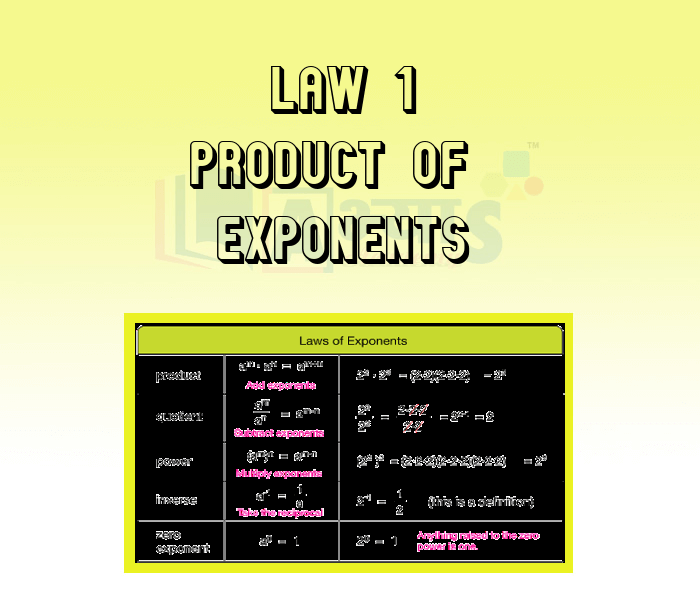
- Law 2 Division of Exponents
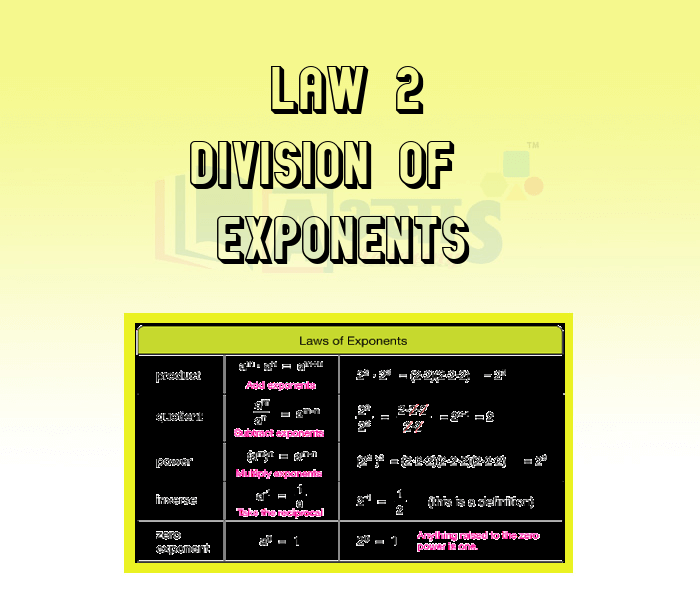
- Law 3 Inverse of Exponents
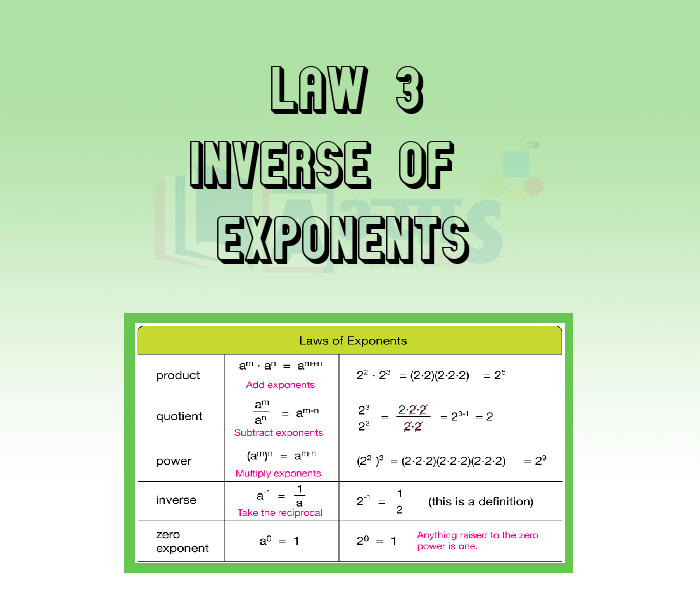
- Law 4 Power of Exponents
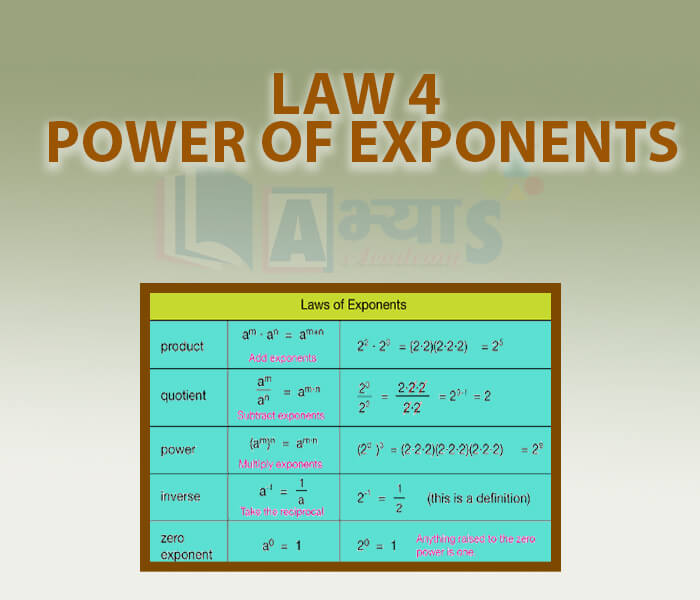
- Law 5 Zero Exponent

- Product of base when exponent is same
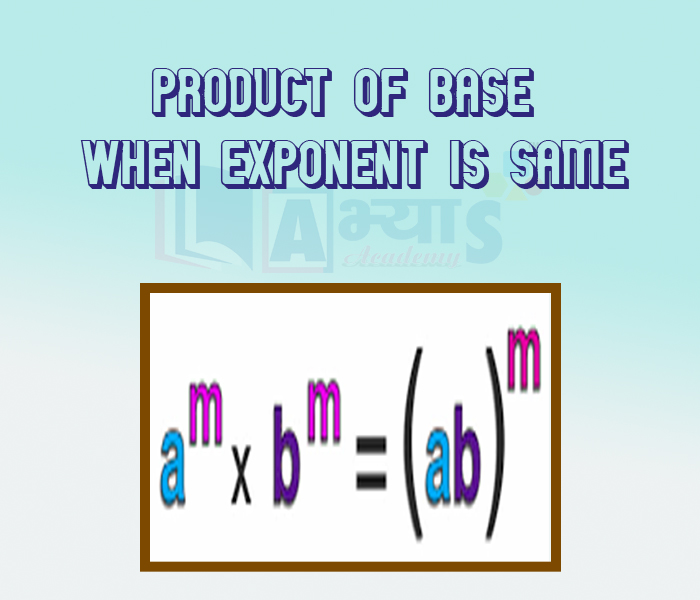
- Simplification of Exponents and Power

- Statement Sums Involving Exponent and Power
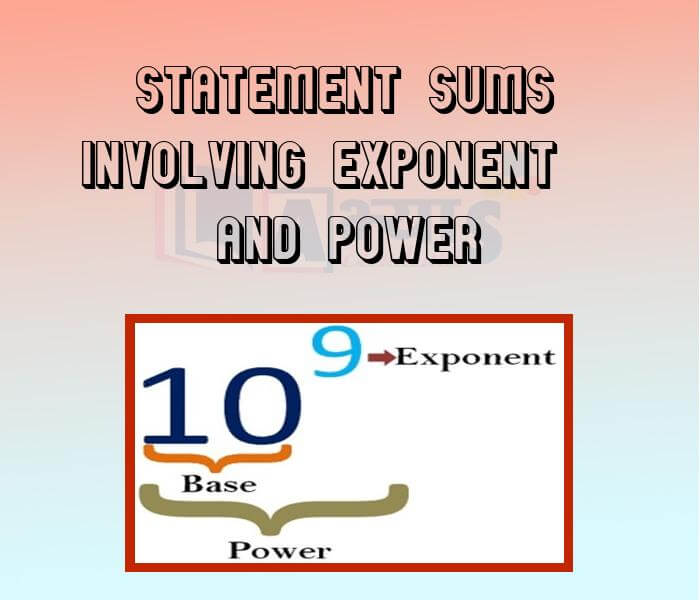
- Surds and Its Type
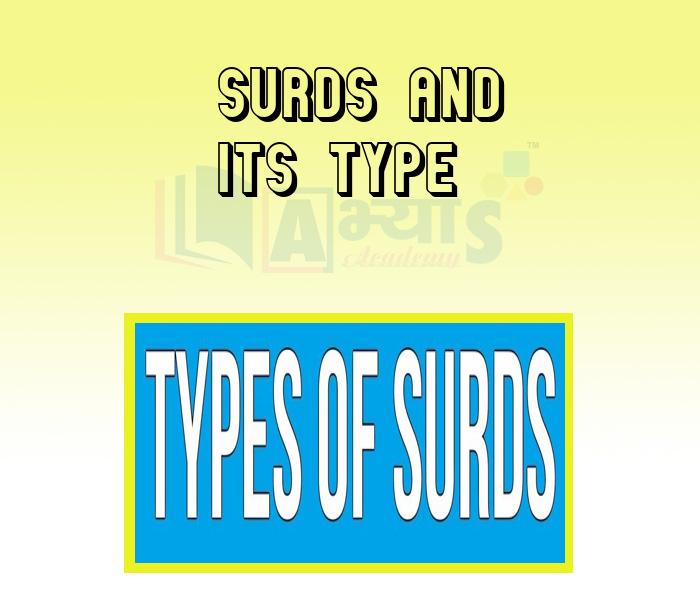
- Rationalisation of Surds

- Comparision of Surds
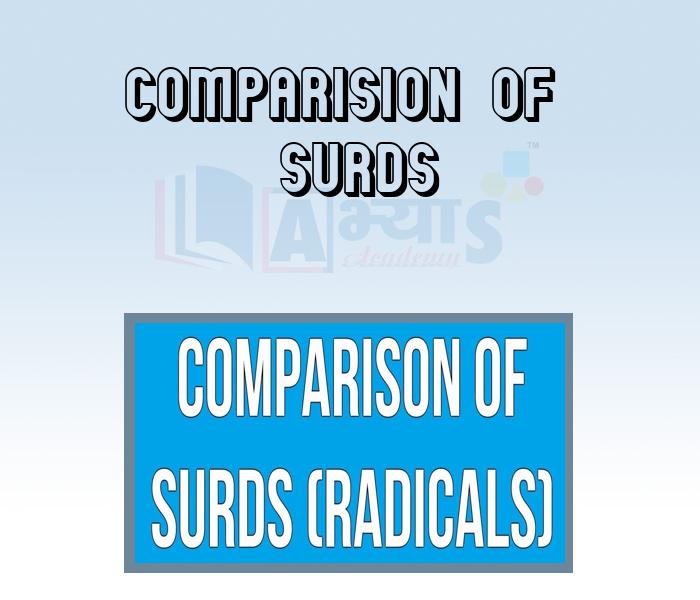
Explore Concepts (Click & View)
- Comparision By Difference

- Comparison By Division
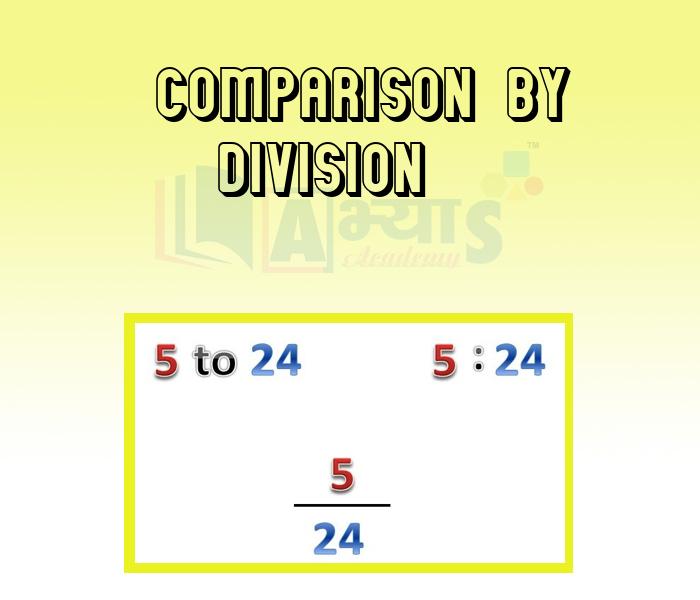
- Ratio

- Ratio and Its Simplest Form
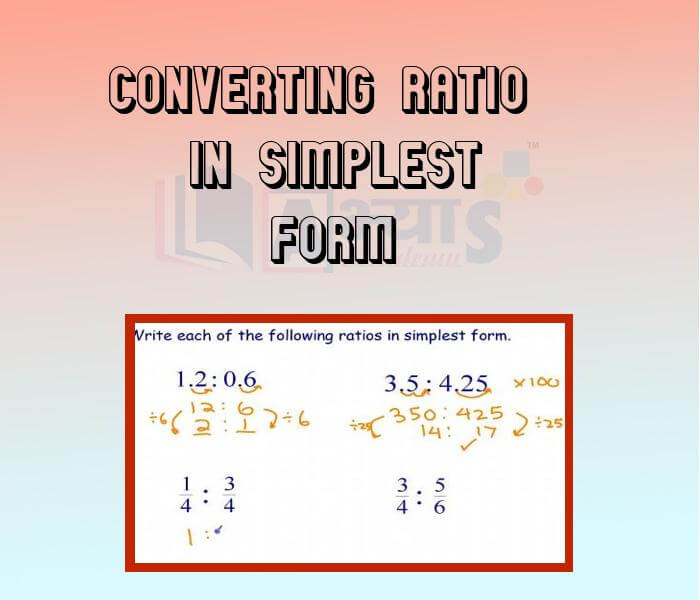
- Comparision of Ratios
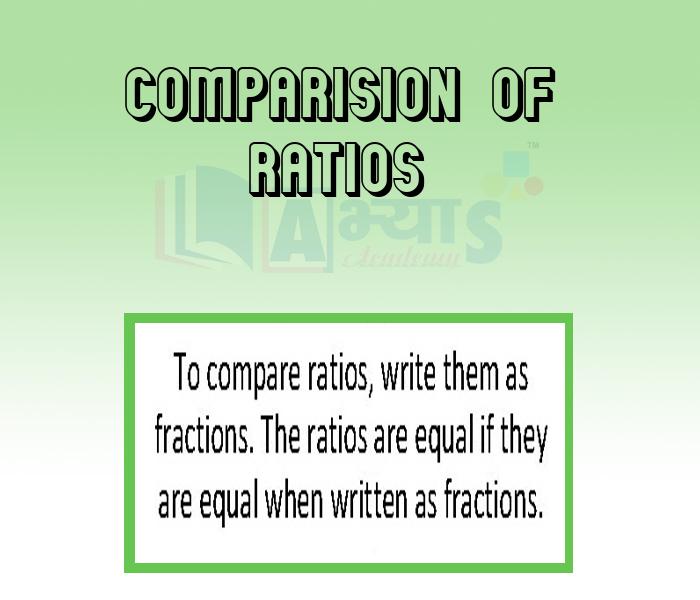
- Equivalent Ratios
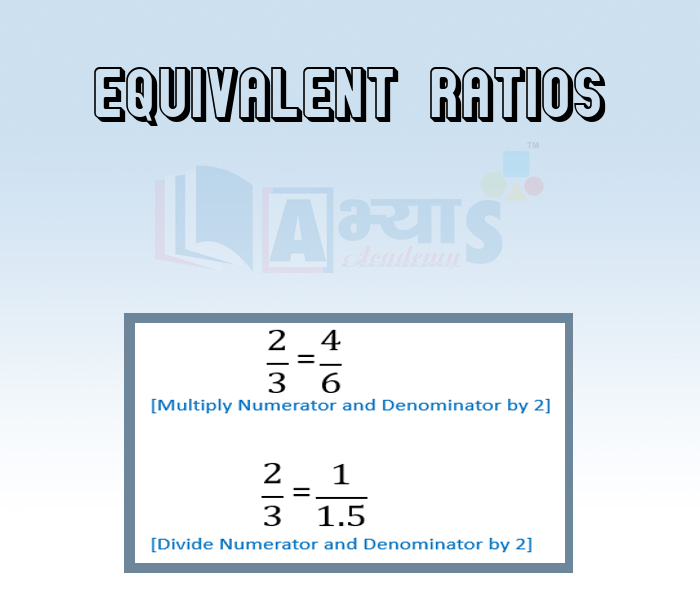
- Comparing Quantities Using Ratio
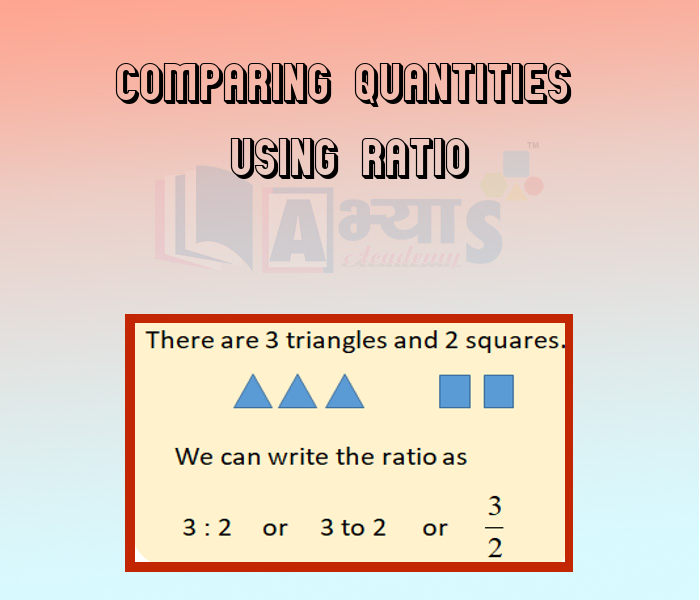
- Statement Sums involving Ratios

- Proportion
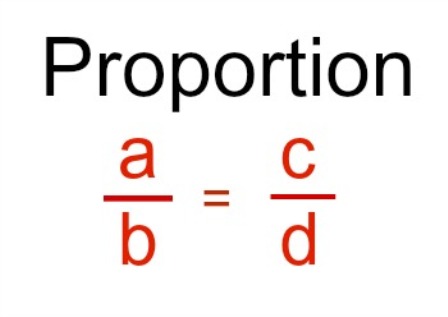
- Difference Between Ratio and Proportion
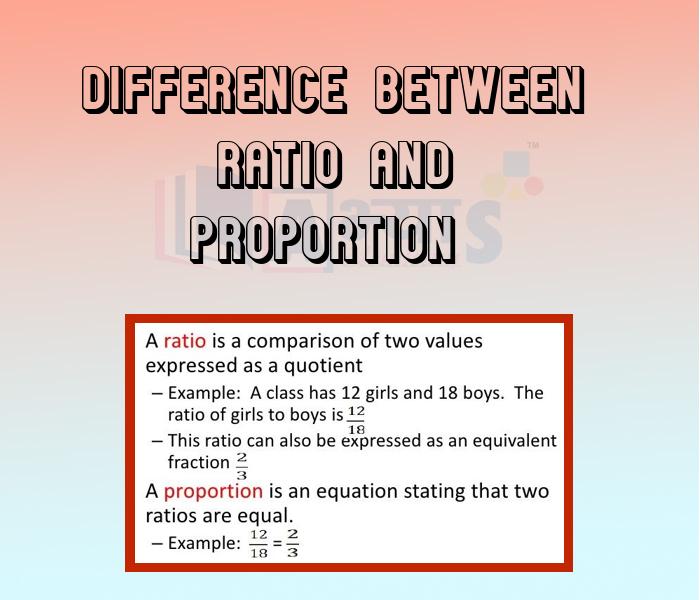
- Continued Proportion

- Statement Sums involving Proportion

- Tricks For Ratio and Proportion
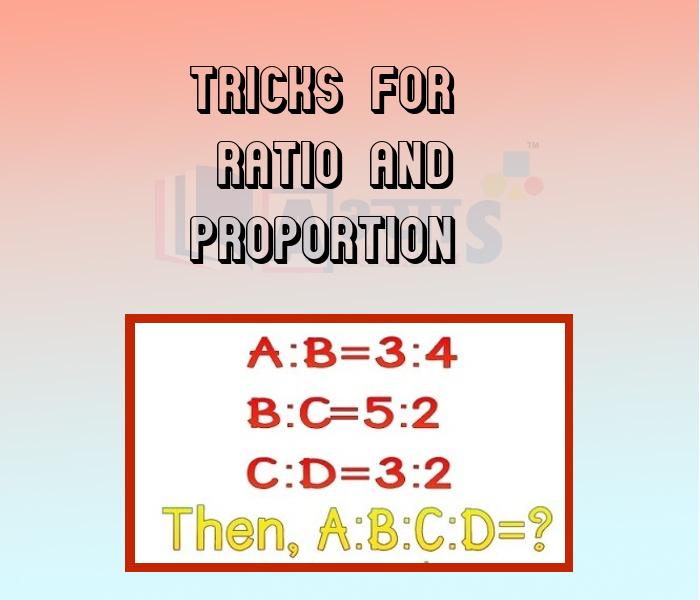
- Unitary Method
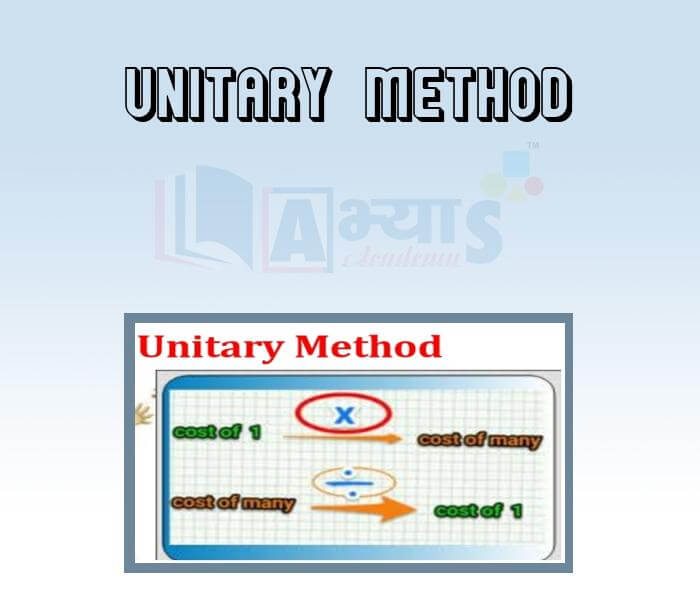
Explore Concepts (Click & View)
- Direct Variation
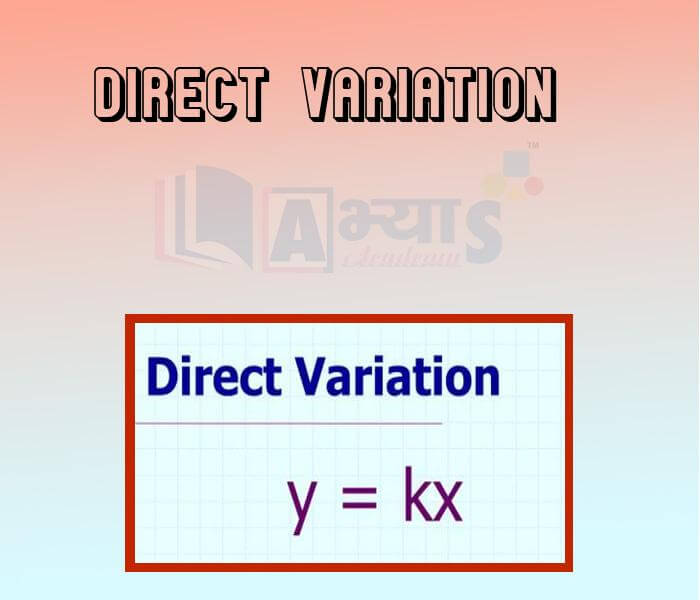
- Inverse Variation
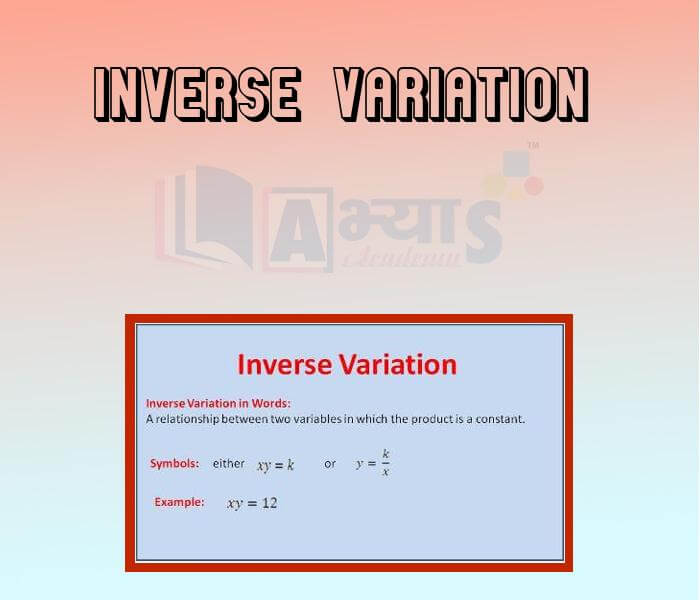
- Time and Work

- Direct Variation With Exponents

- Inverse Variation With Exponents

Explore Concepts (Click & View)
- Surface Area of a Cube
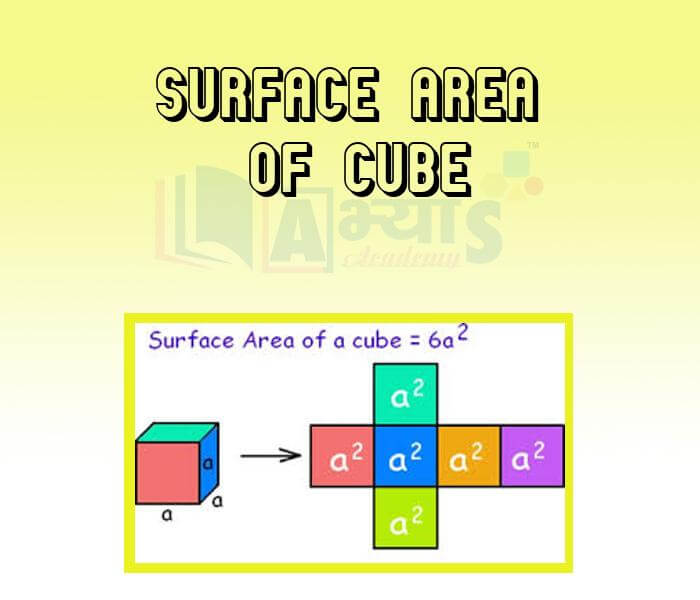
- Lateral Surface Area of a Cube
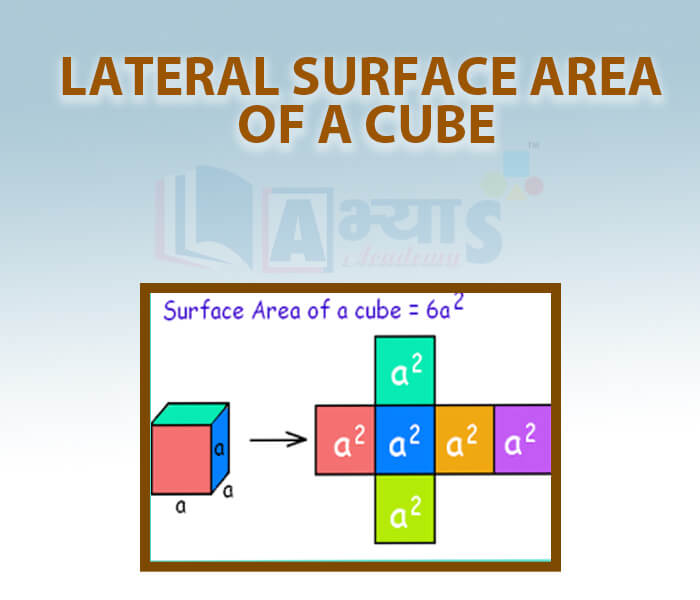
- Total surface area of a cuboid

- Lateral Surface Area of a Cuboid
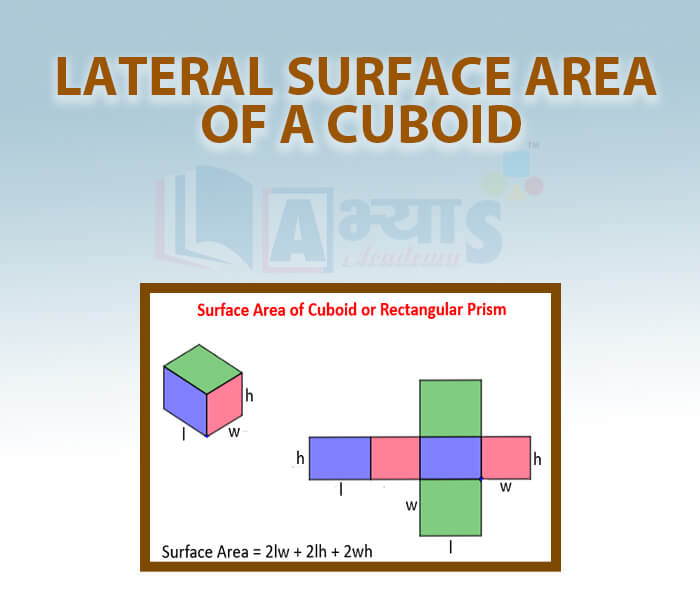
- Total Surface Area of Cone
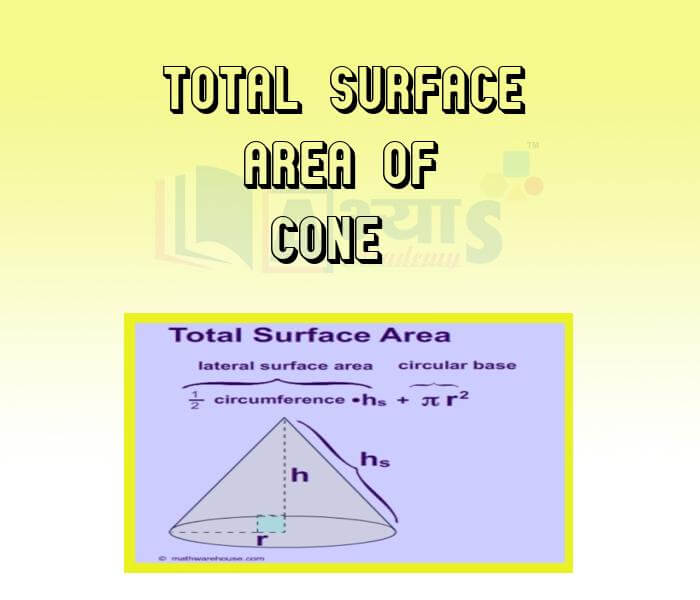
- Lateral Surface Area of Cone

- Total Surface Area of Cylinder

- Lateral Surface Area of a Cylinder
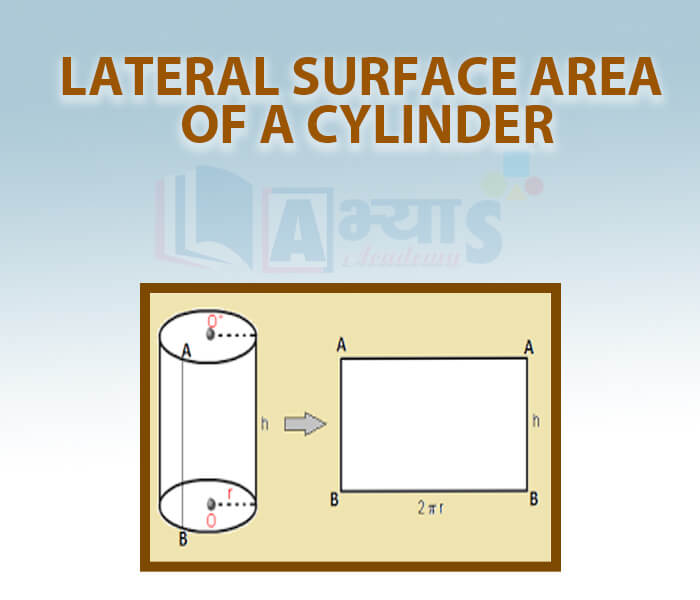
- Surface Area of Sphere

- Total Surface Area of Hemisphere
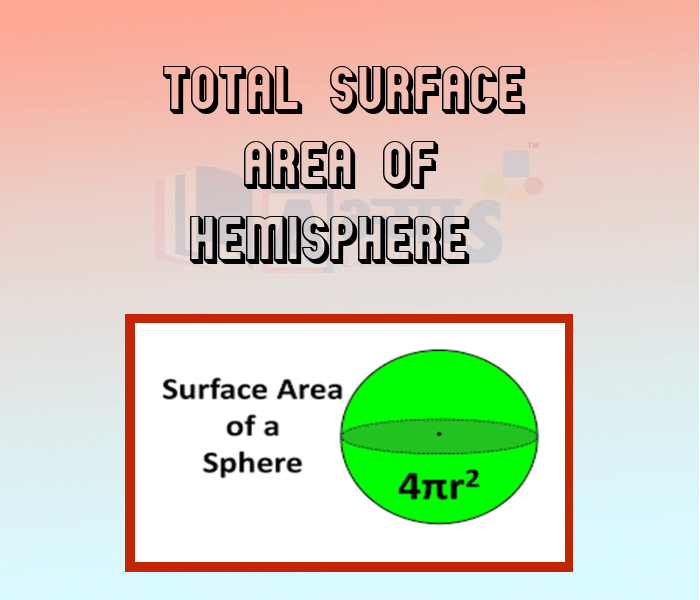
- Lateral Surface Area of Hemisphere
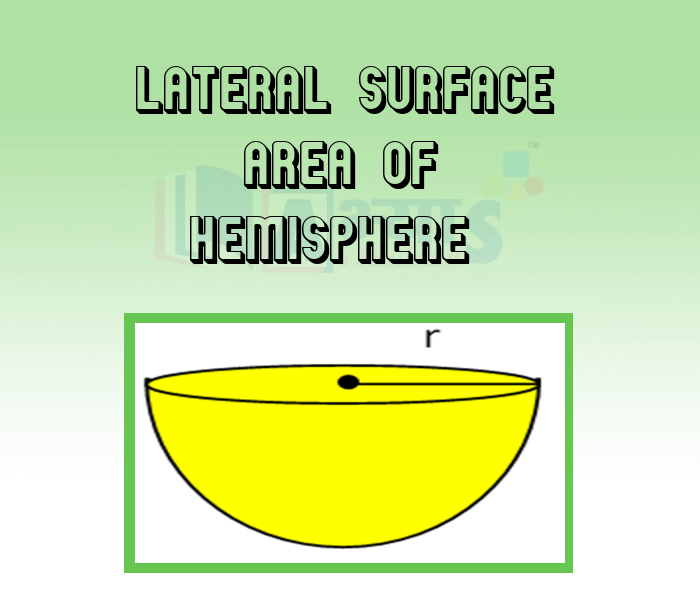
- Volume of a cube
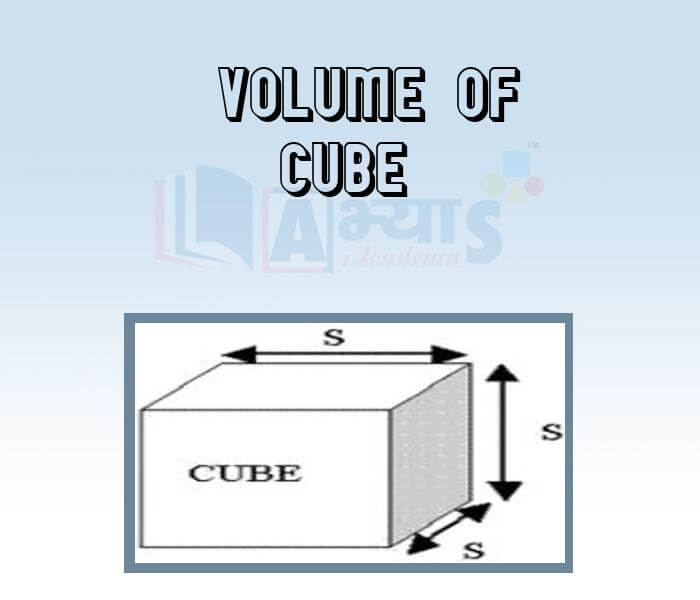
- Volume of a cuboid
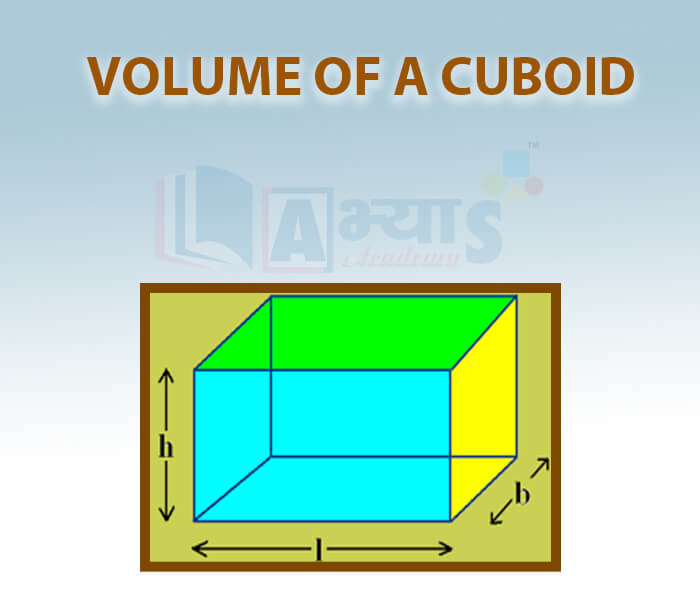
- Volume of cylinder
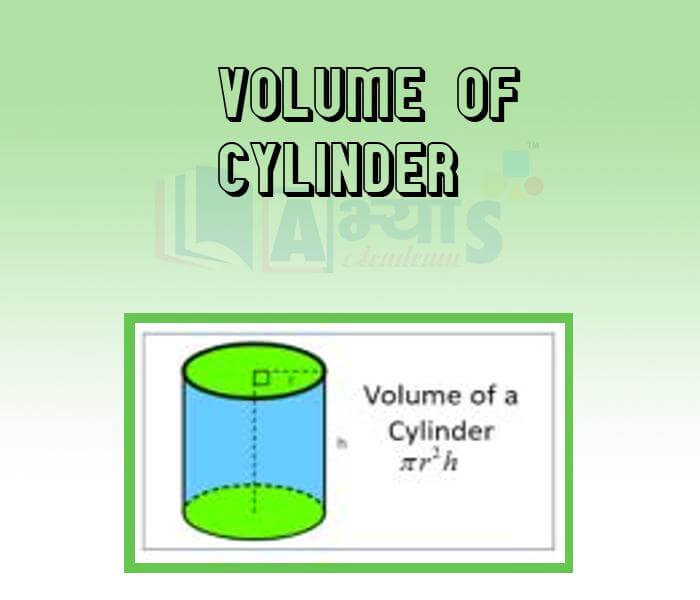
- Volume of Cone

- Volume of Sphere
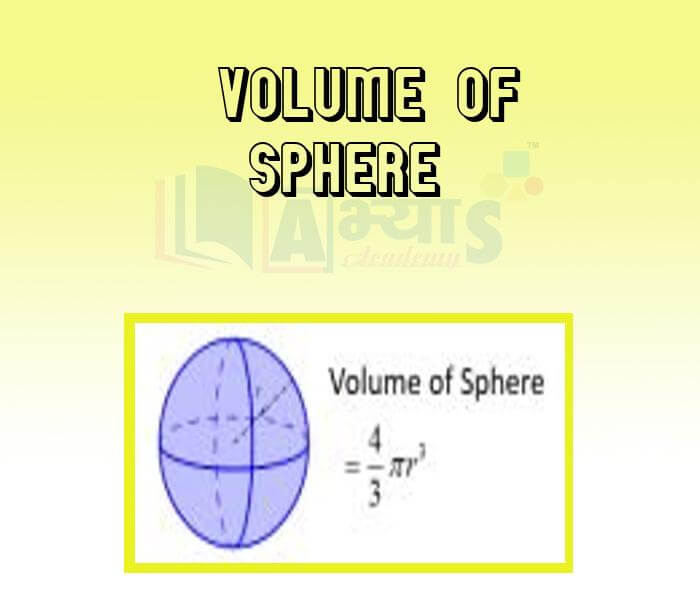
- Volume of Hemisphere
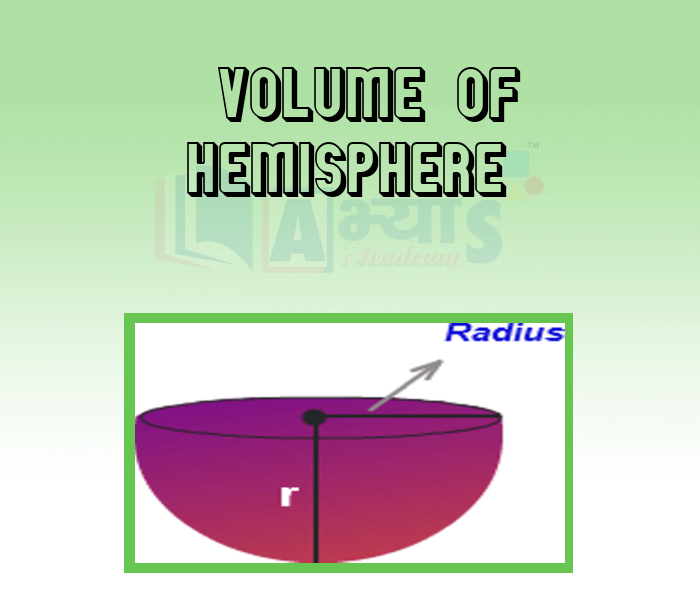
- Volume of Prism
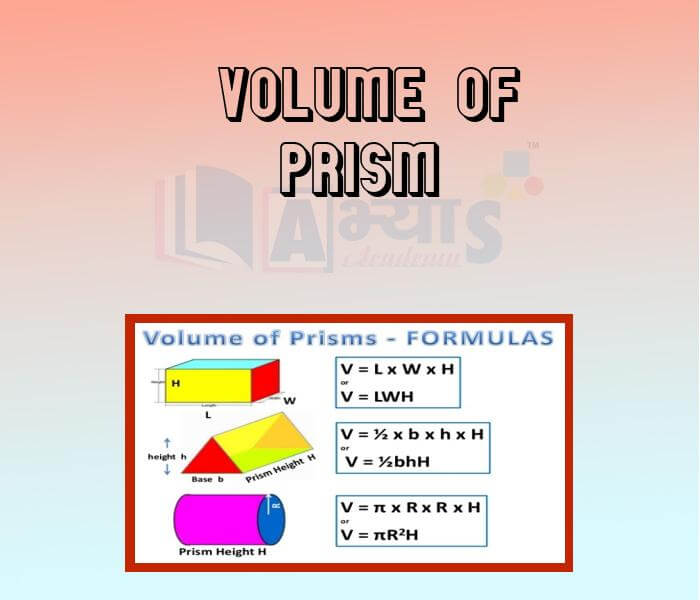
- Lateral Surface Area of Hollow Cylinder
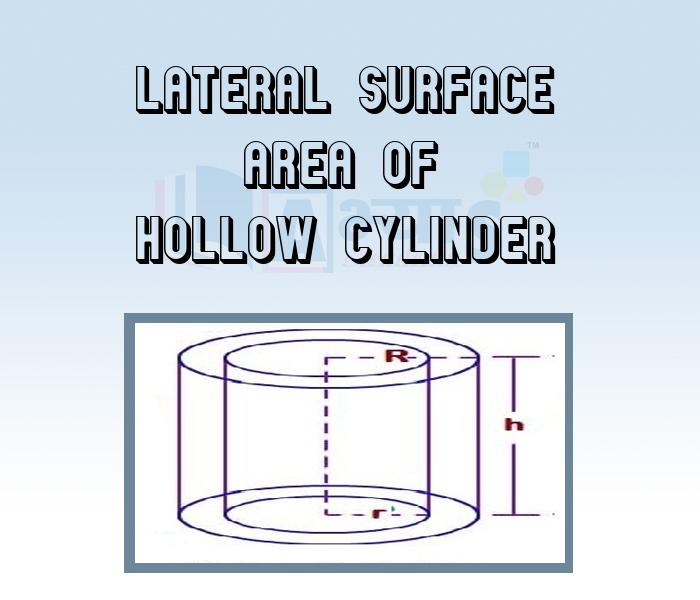
- Surface Area of Hollow Cylinder
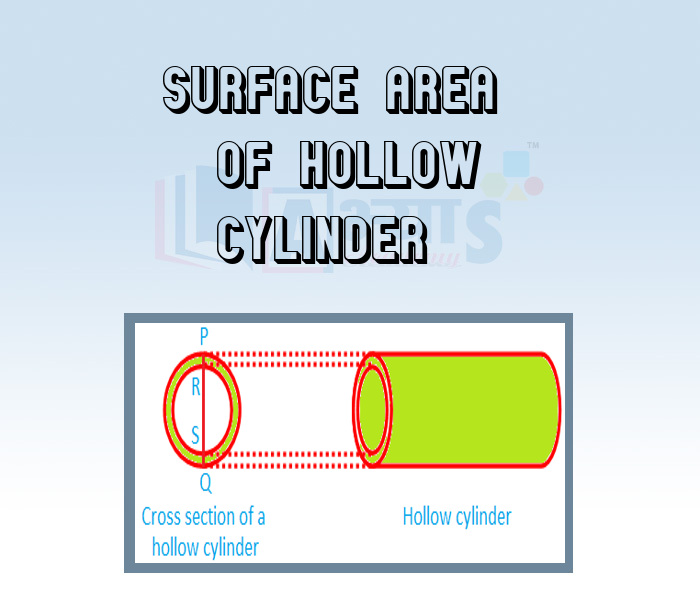
- Surface Area of Spherical Shell
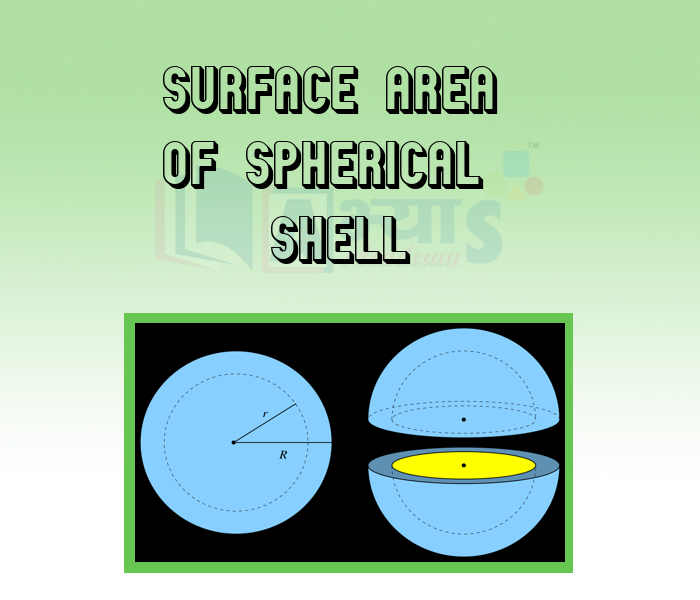
- Volume of Hollow Cylinder
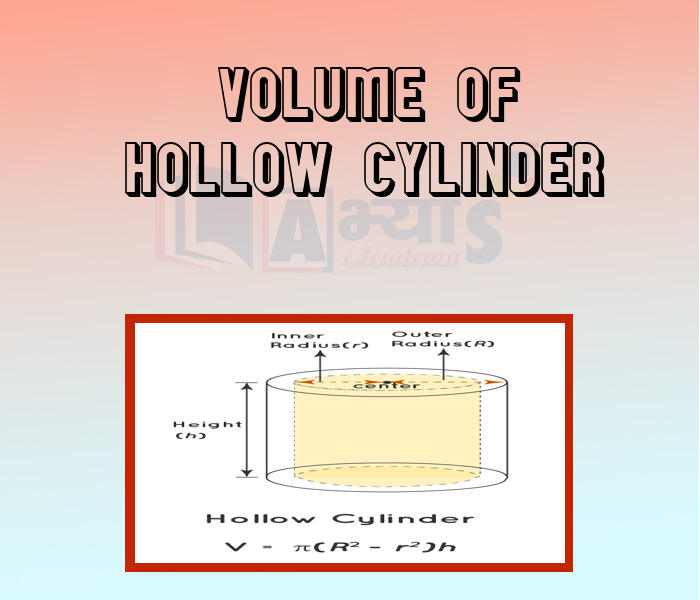
- Volume of Spherical shell
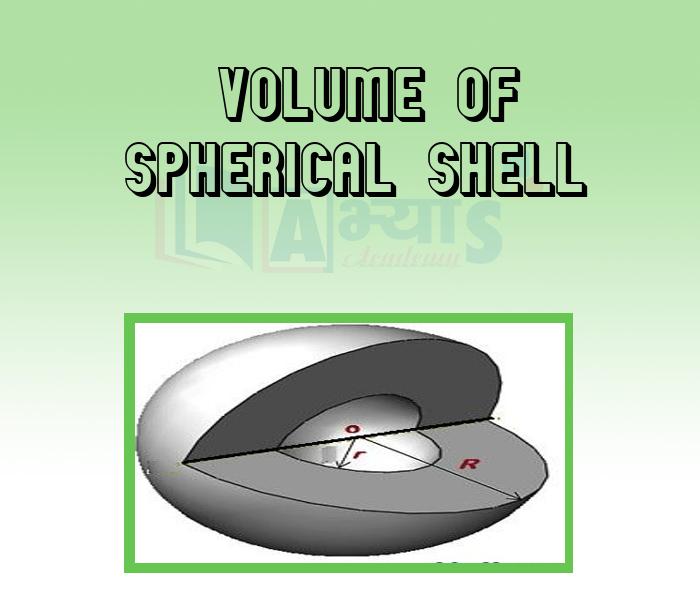
Explore Concepts (Click & View)
- Area of Shaded Region
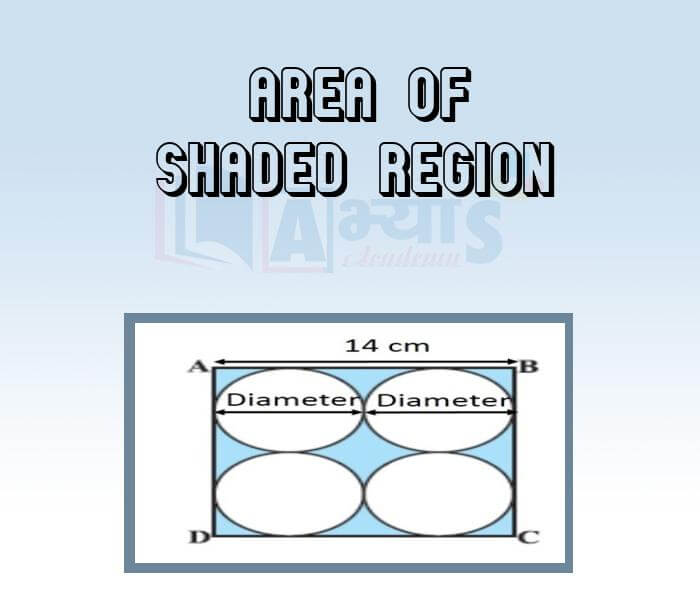
- Identifying Shapes

- Perimeter of a Figure
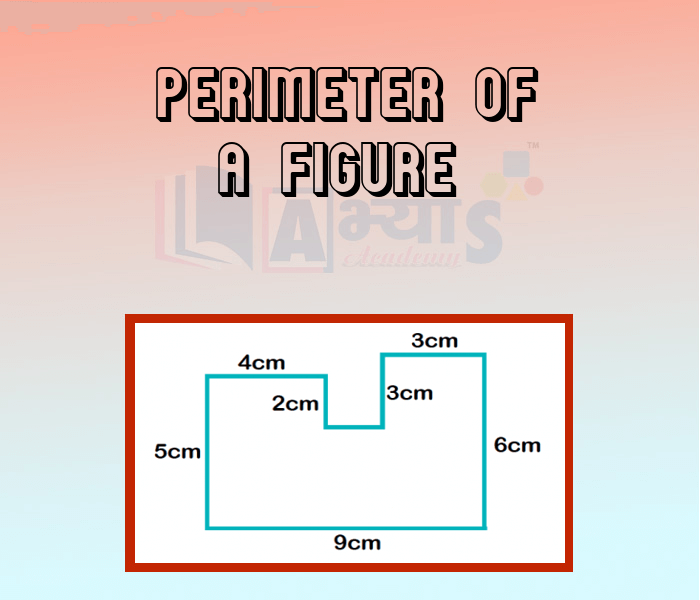
- Perimeter of Square
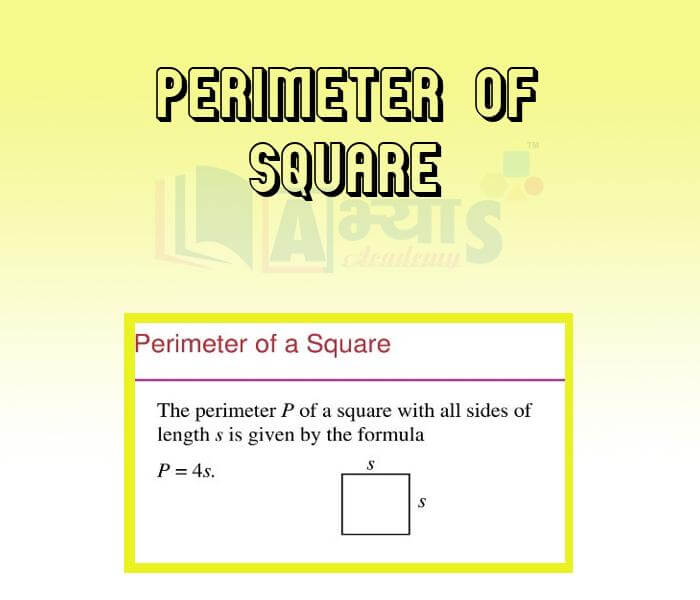
- Perimeter of Rectangle
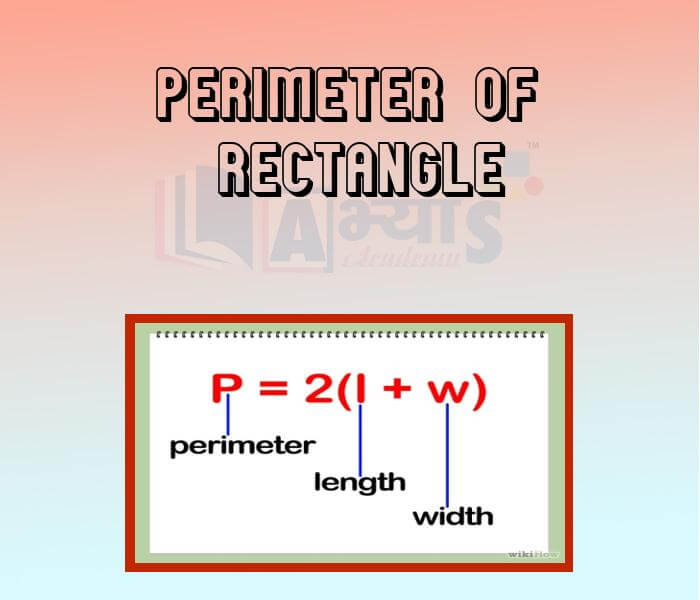
- Perimeter of Triangle

- Perimeter of Parallelogram

- Circumference of Circle

- Area of Square
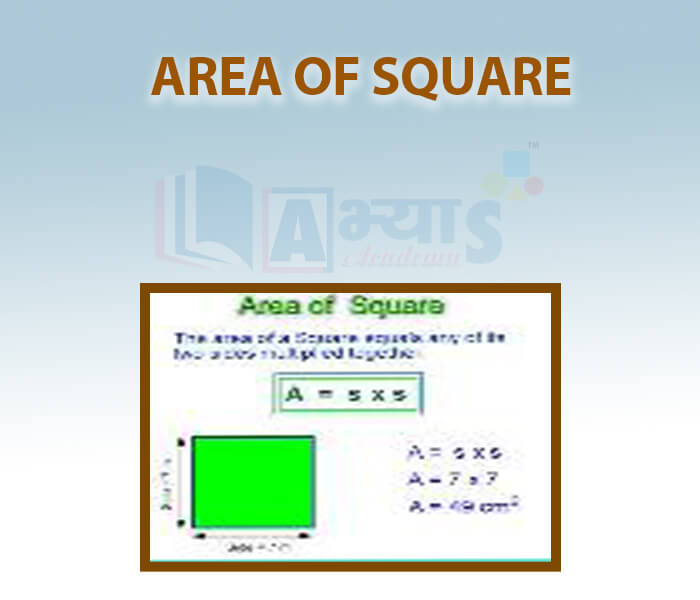
- Area of Rectangle
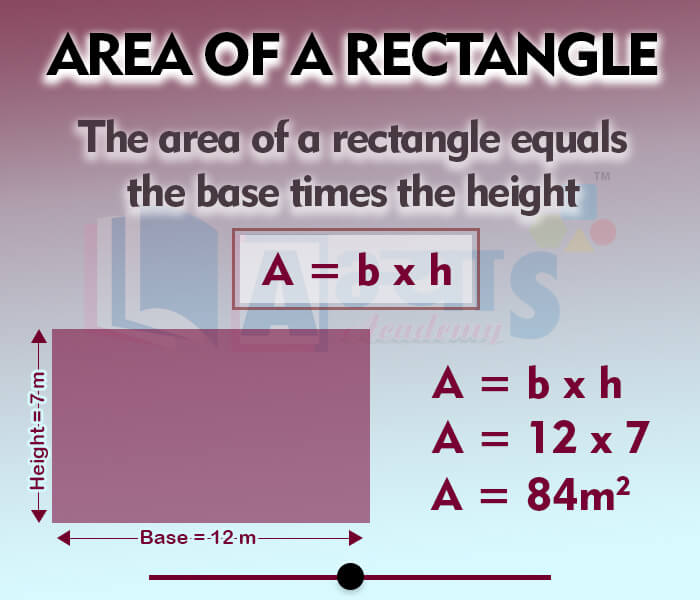
- Area of Triangle
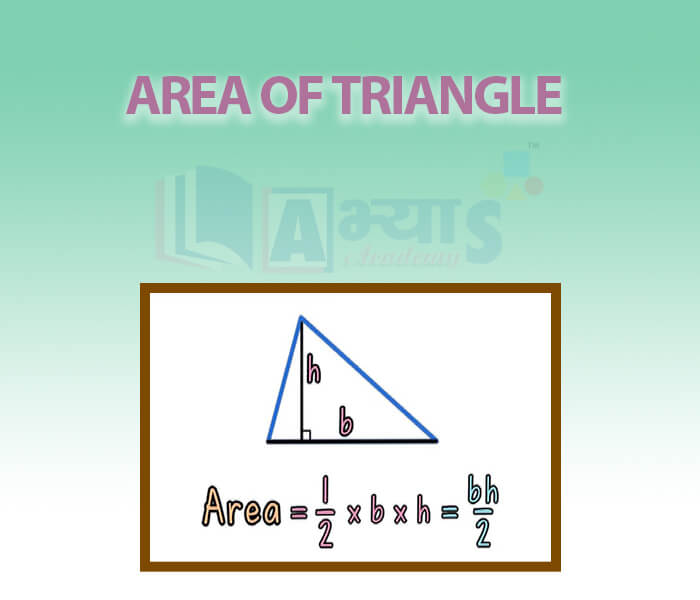
- Area of Circle

- Area of a Parallelogram
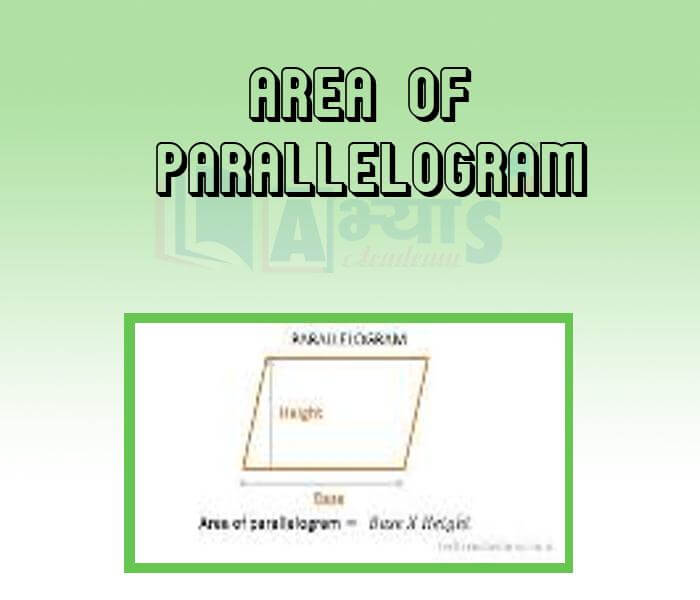
- Area of Composite Figure
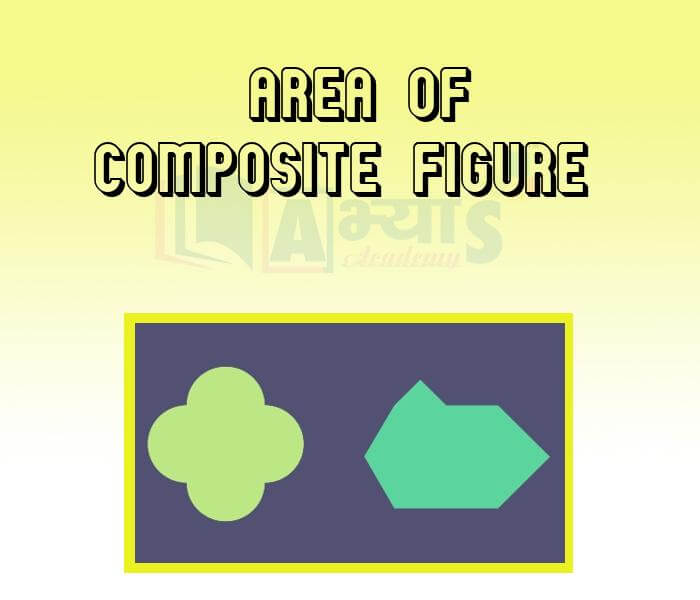
- Area of Trapezium
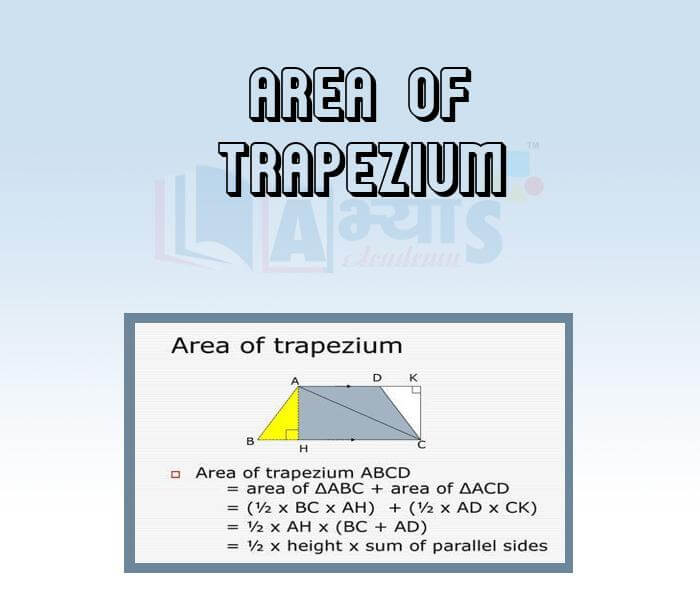
- Perimeter of Trapezium
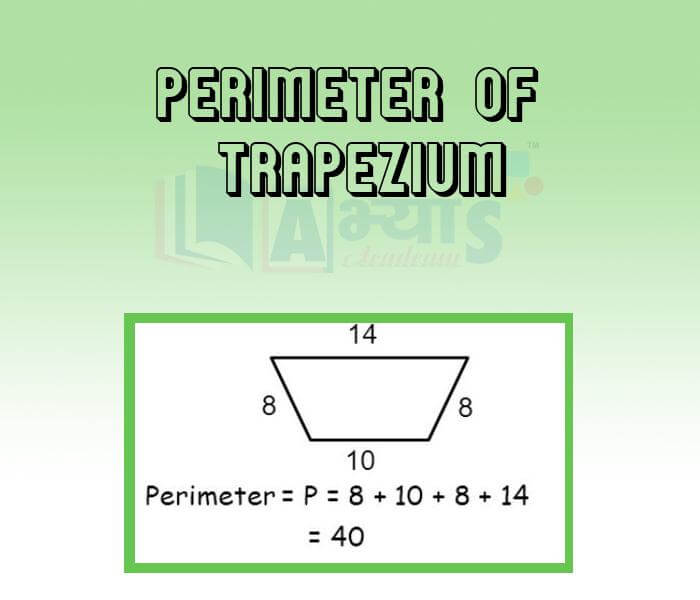
- Area of Rhombus
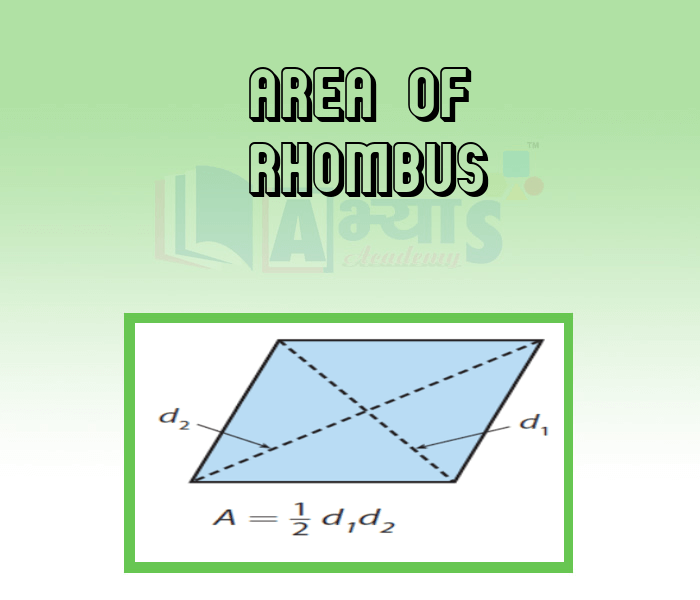
- Perimeter of Rhombus
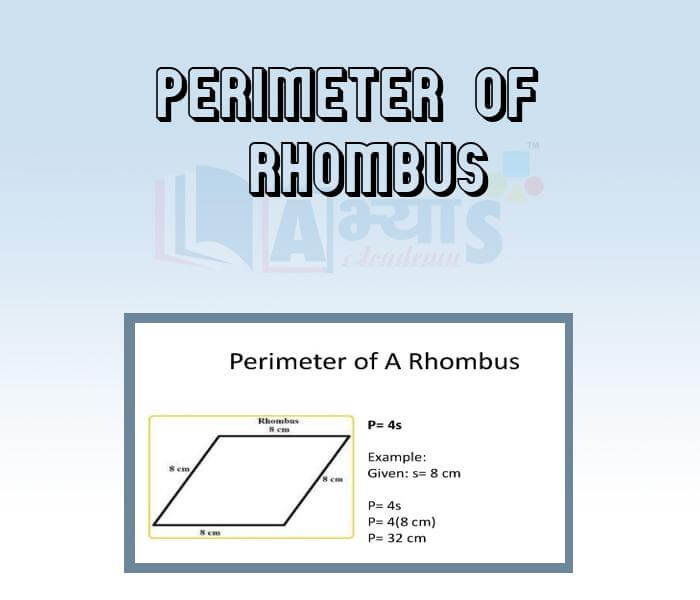
- Area of Equilateral Triangle
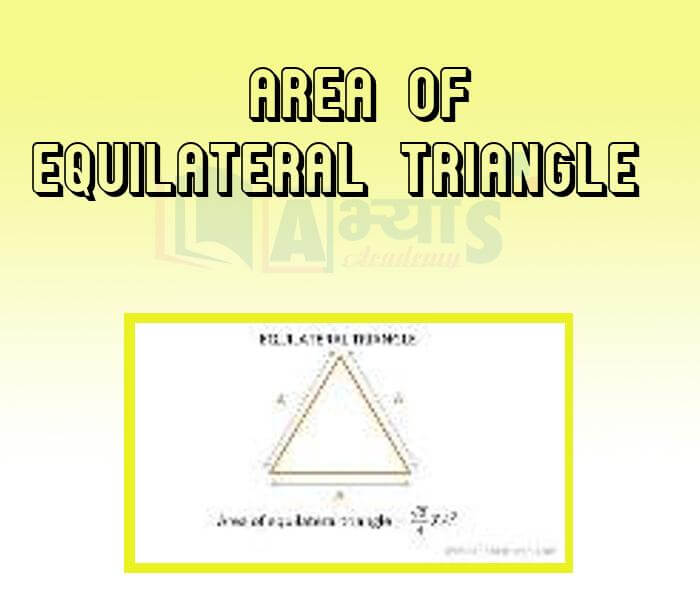
- Area of Path and Verandah
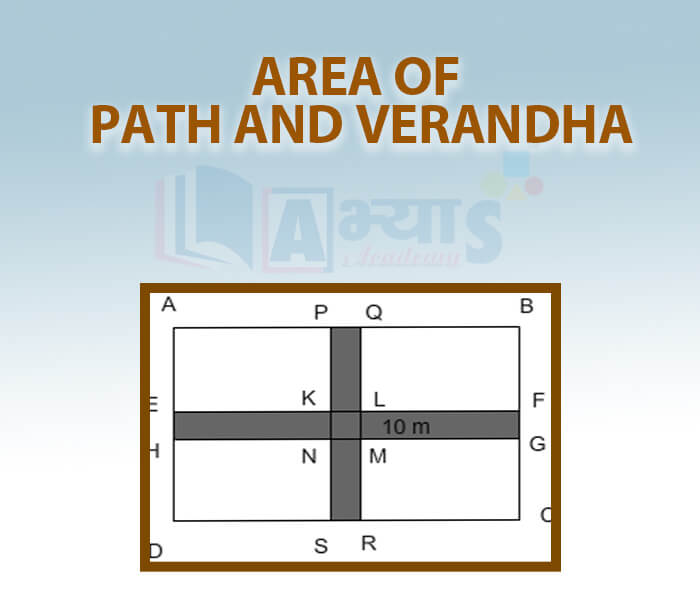
- Area with Herons Formula
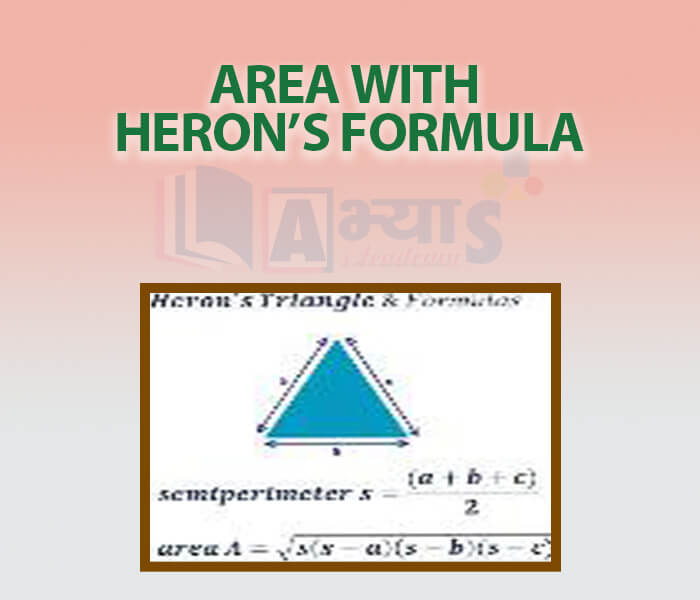
- Arc Length of Sector

- Area of Sector
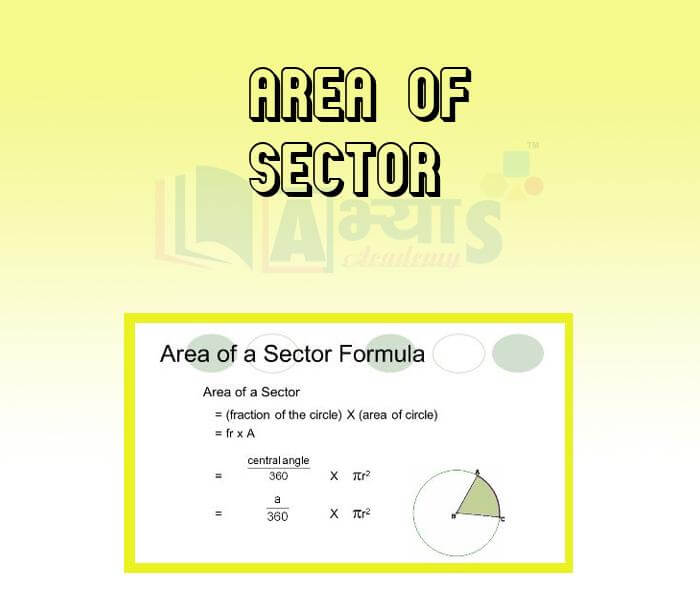
- Area of Segment of Circle
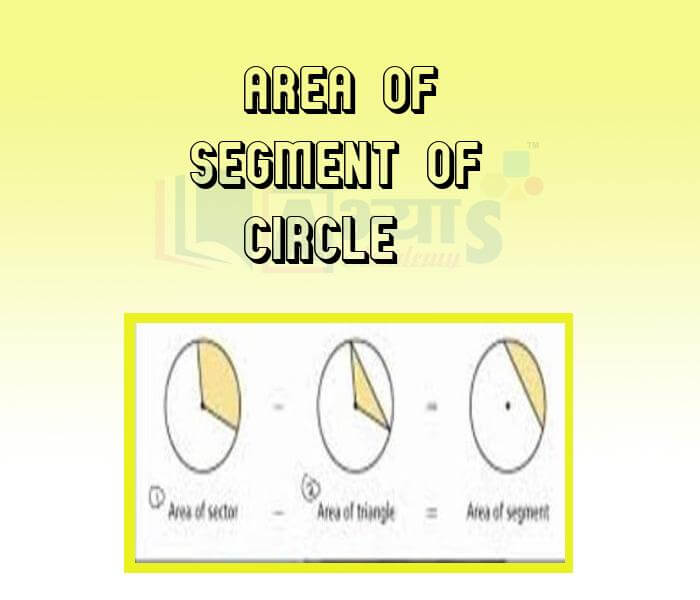
Explore Concepts (Click & View)
- Monomial Expression

- Binomial Expression

- Trinomial Expression
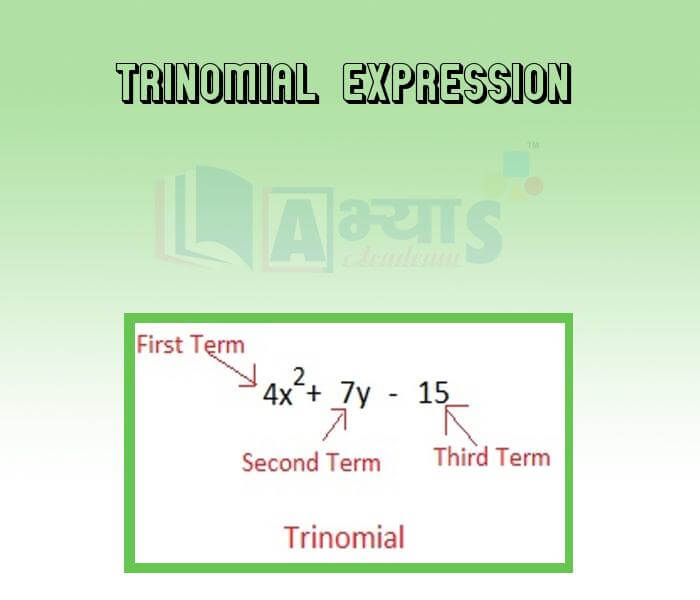
- Framing an Algebraic Expression
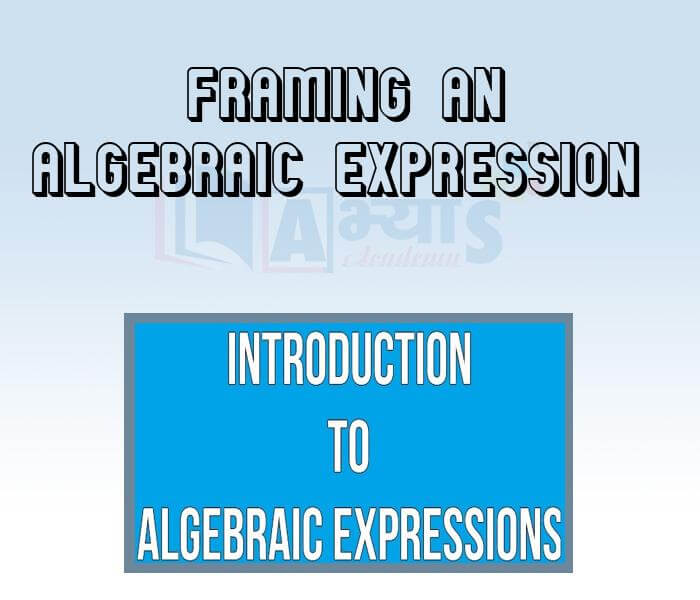
- Like and Unlike Terms

- Addition of Algebraic Expression

- Subtraction of Algebraic Expression
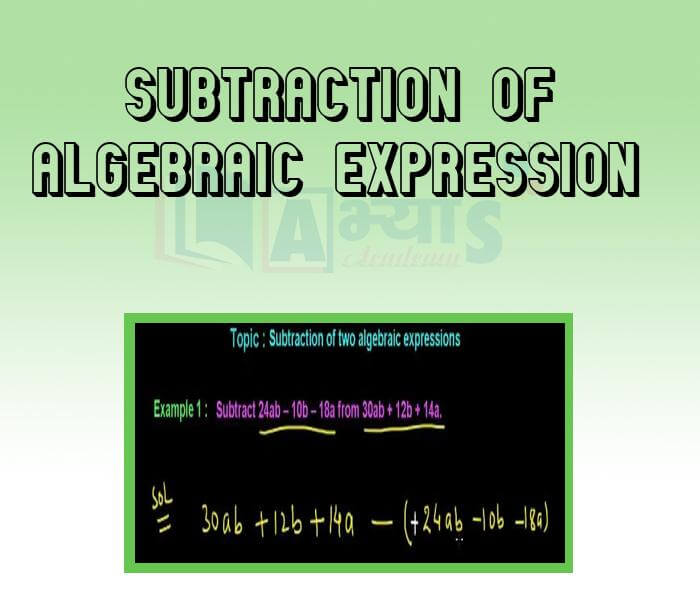
- Multiplication of Monomials
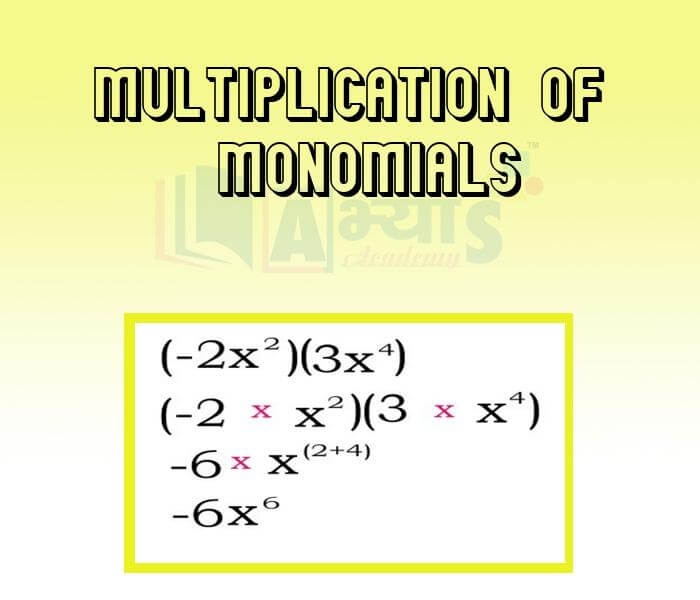
- Multiplication of Binomial with a Monomial
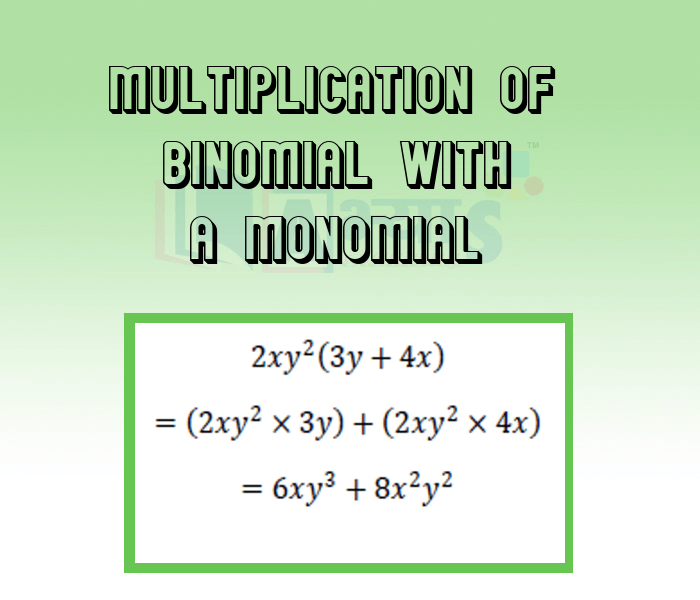
- Multiplication of Binomials

- Solving Linear Equations without Brackets

- Solving Equation with Brackets
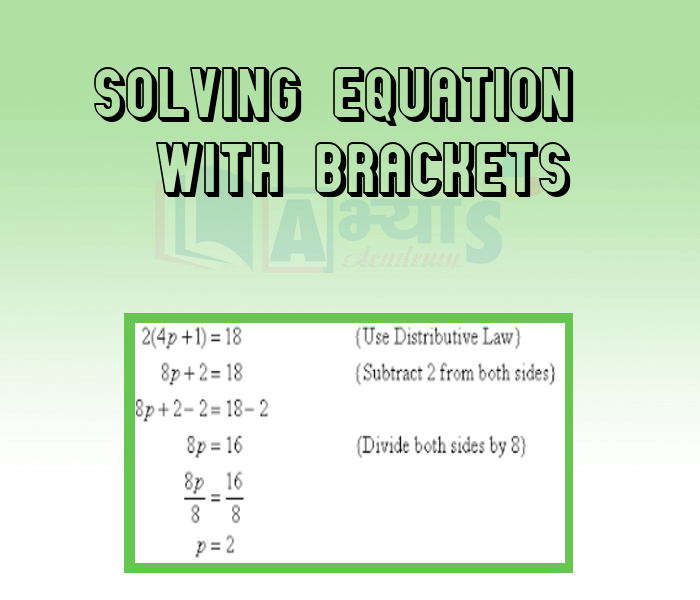
- Finding Value of an Expression

- Division of Polynomial by a Monomial
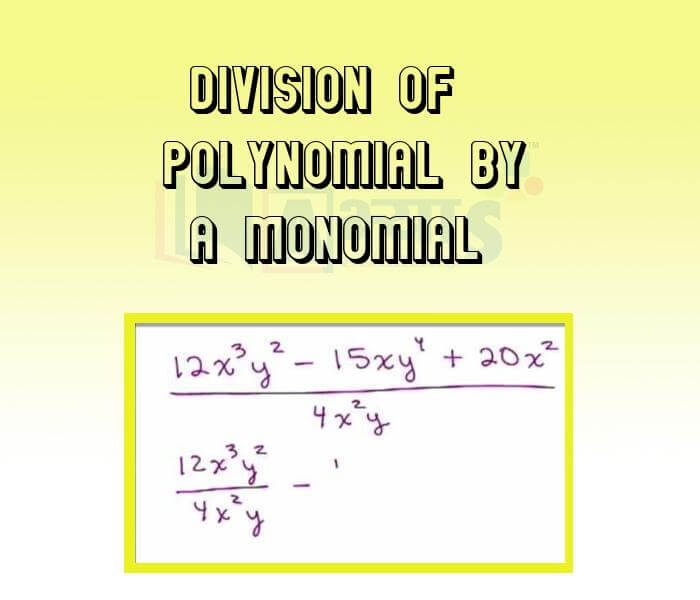
- Factorization into Monomials
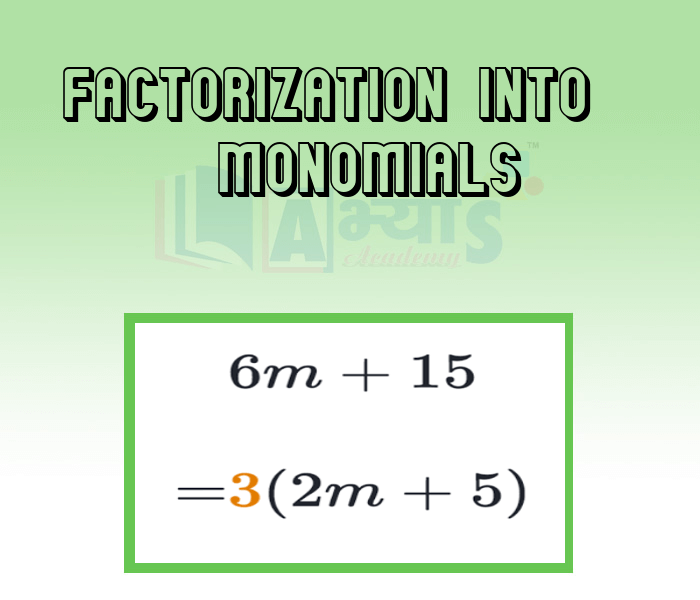
- Statement Sums involving Linear Equations

Explore Concepts (Click & View)
- Polynomial Expression
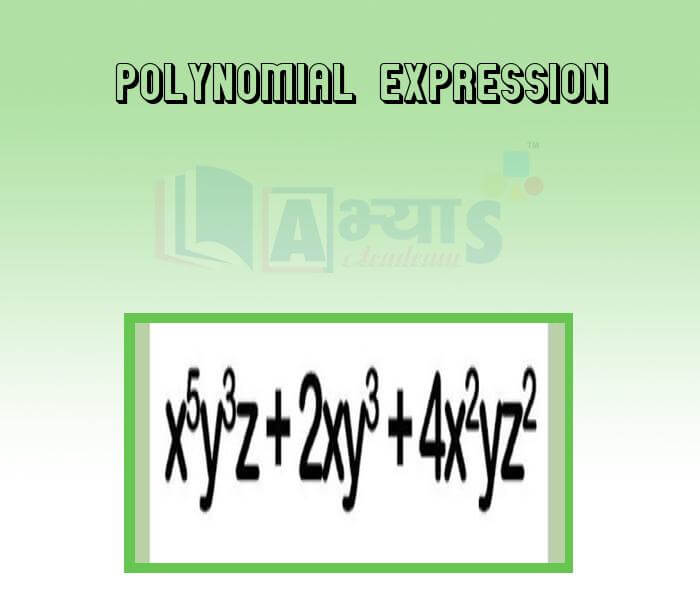
- Degree of a Term

- Degree of a Polynomial
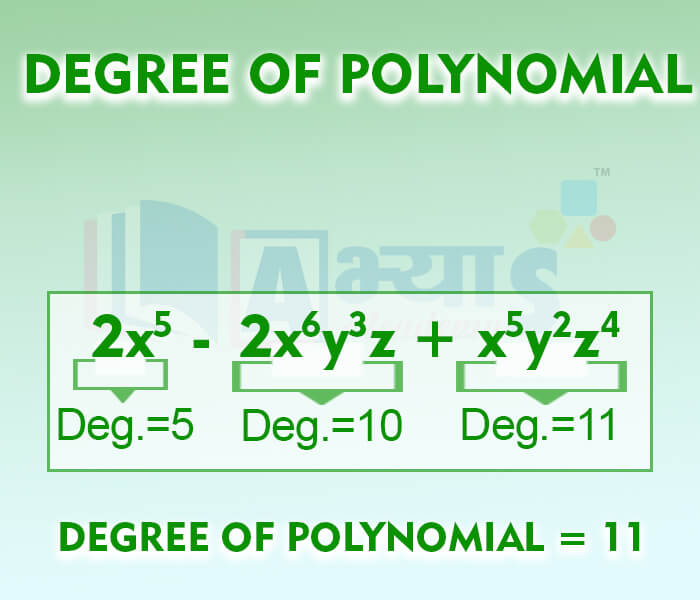
- Standard Form For a Polynomial
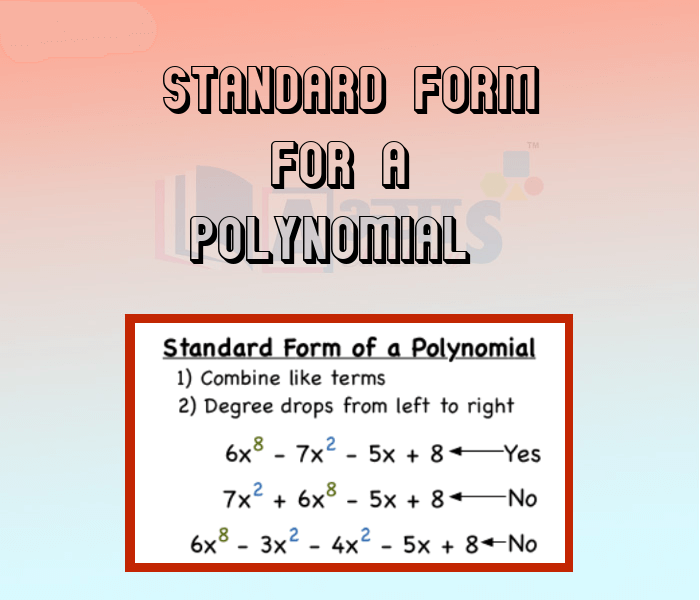
- Multiplication of Polynomials
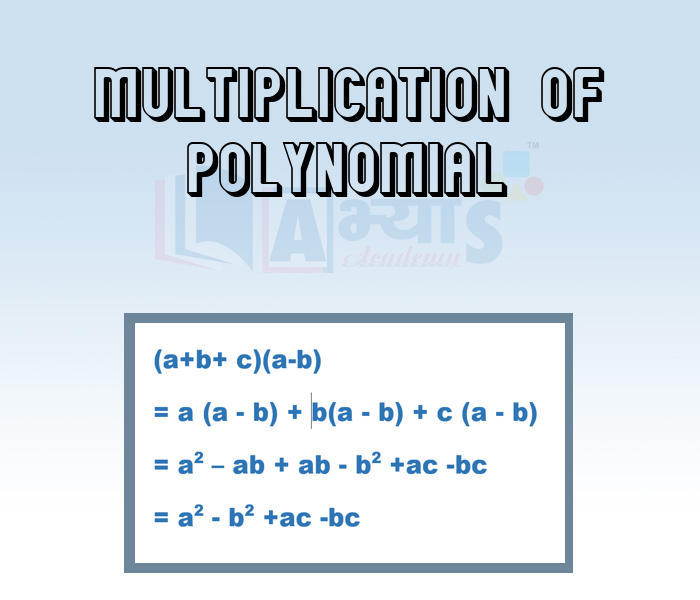
- Factor And Remainder Theorem
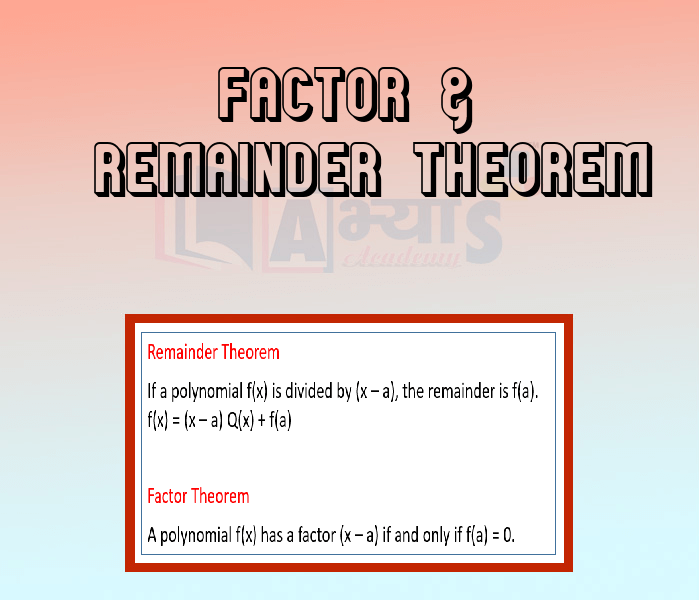
- Relationship of Zeroes With Coefficients of Quadratic Polynomial
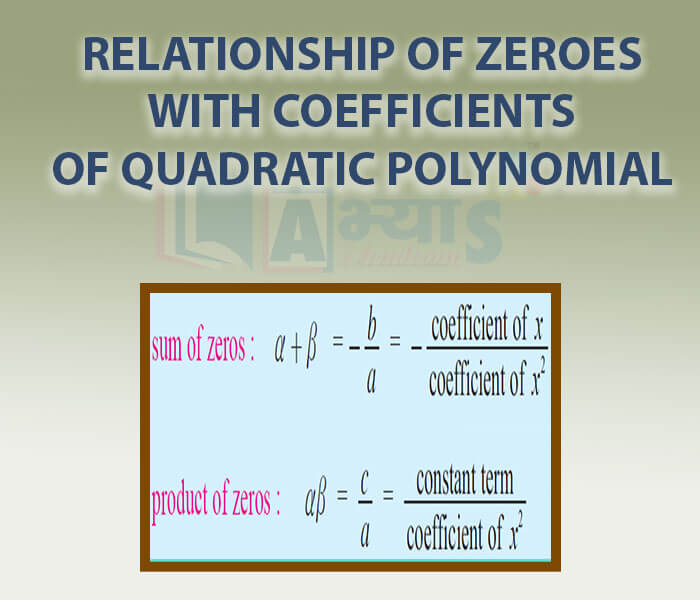
- Graphical Representation of A Polynomial
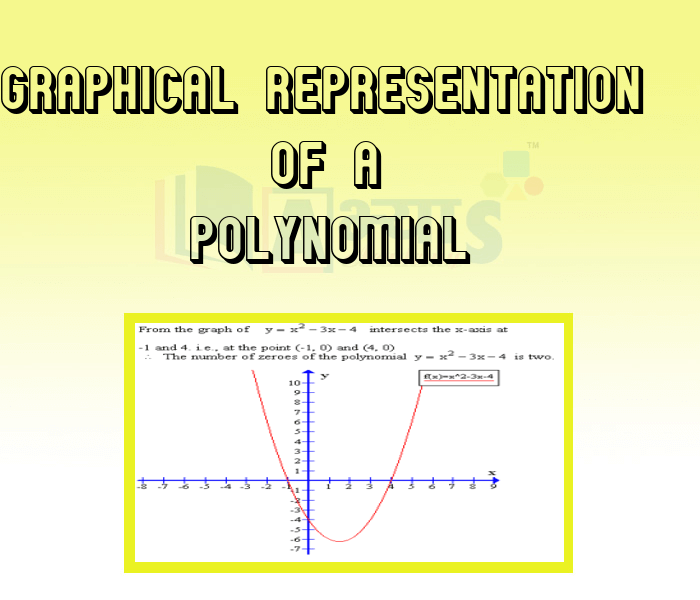
- Forming a Quadratic Polynomial When Zeroes are Given
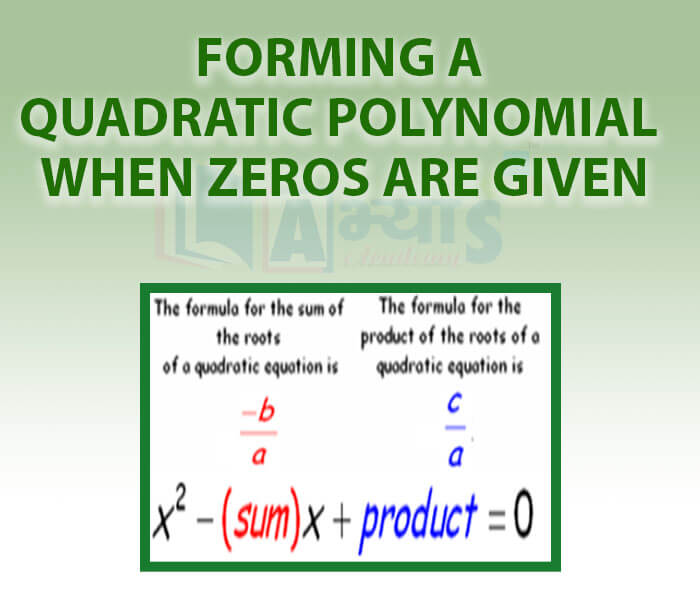
- Division of Polynomial by another Polynomial Long Division

- Factorization of Cubic Polynomial

- Relationship of Zeros With Coefficients of Cubic Polynomial

Explore Concepts (Click & View)
- Identifying Quadratic Equations

- Factors of Quadratic Equation

- Factorization by Middle Term Splitting

- Factorization by Grouping of Terms

- Factorization by Completing the Square
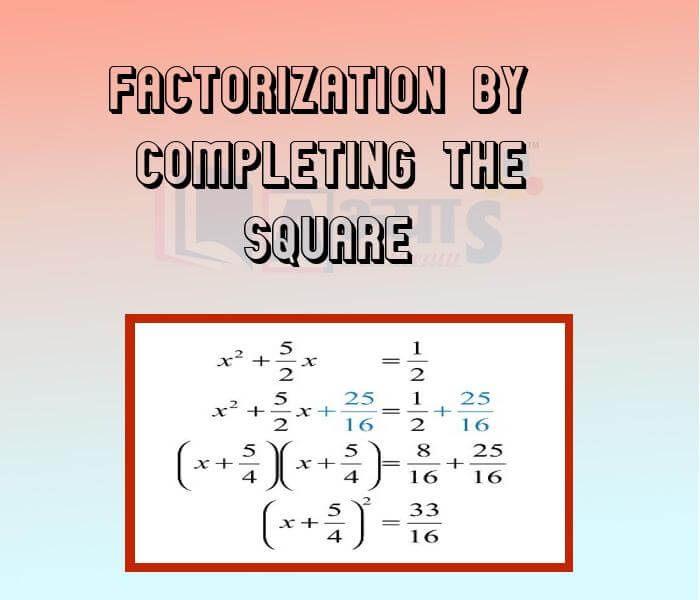
- Quadratic Formula
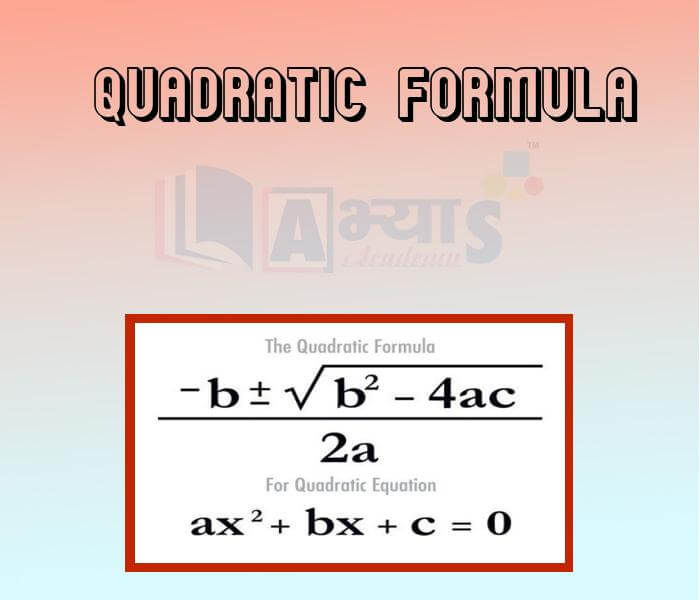
- Nature of Roots of Quadratic Polynomial

- Equations Reducible to Quadratic Form

- Statement sum Involing Quadratic Equations

- Solving Statements Involving Age
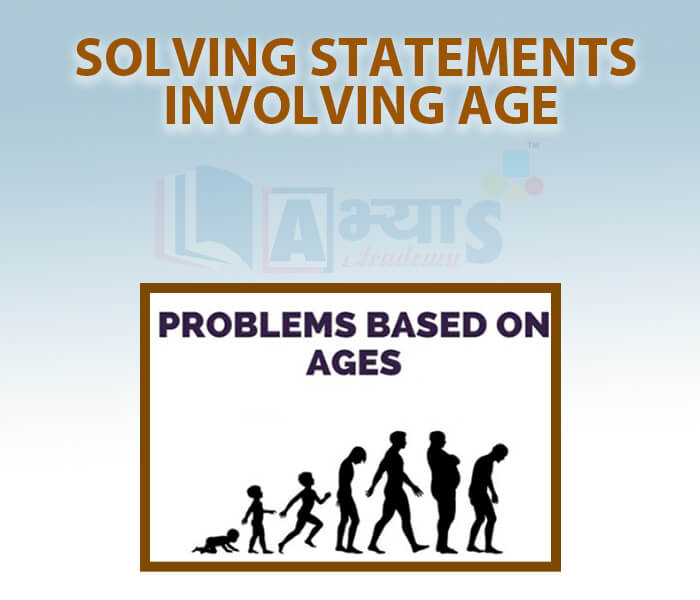
- Statement sums involving Coins
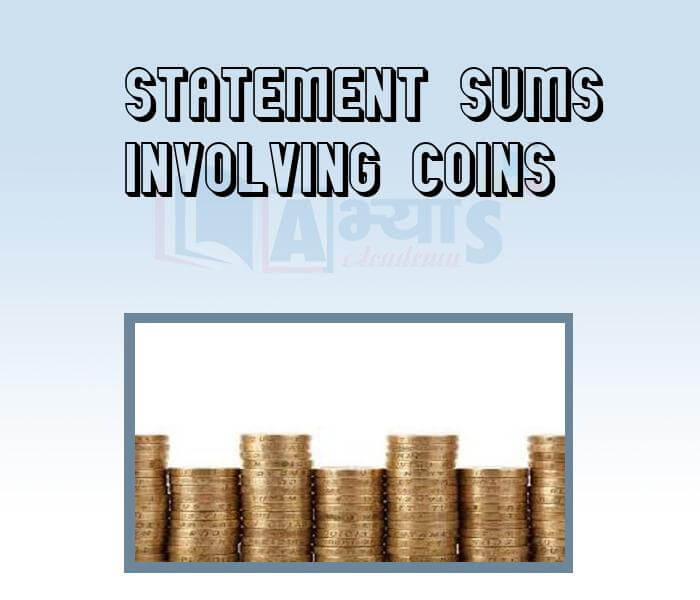
- Solving Statements For A Two Digit Number
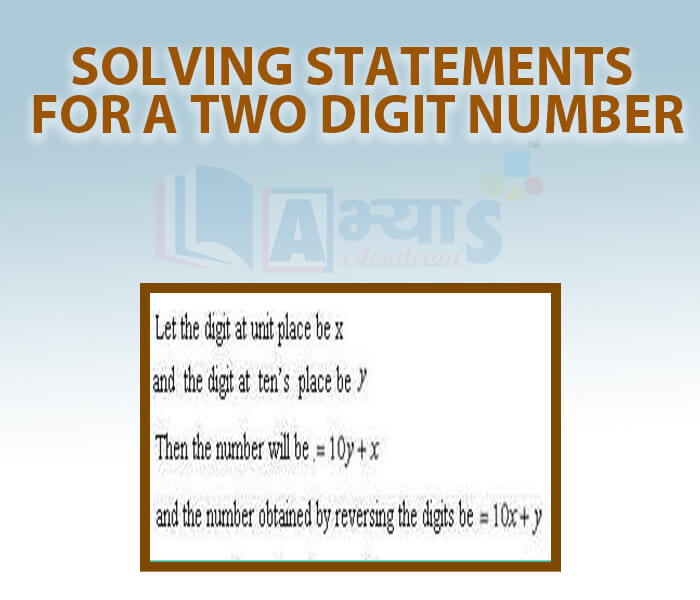
Explore Concepts (Click & View)
- Simple Interest
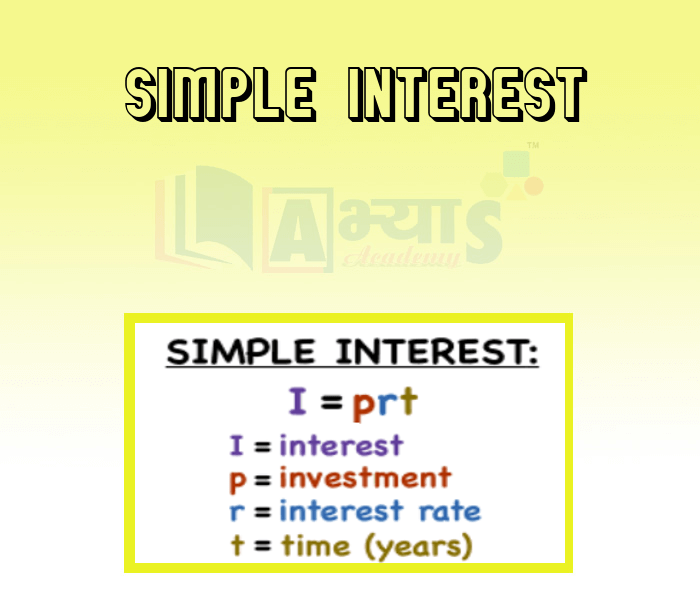
- Compound Interest Compounded Annually

- Compound Interest Different Rates

- Compound Interest Time in Fractions

- Compound Interest Half Yearly
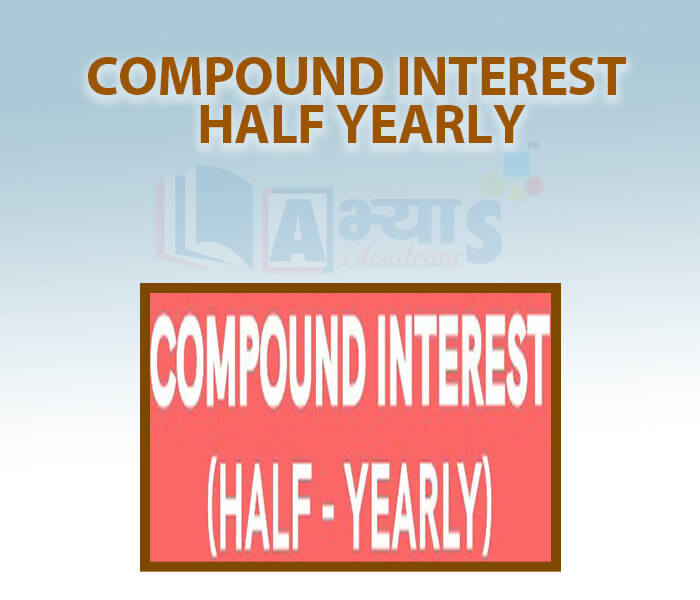
- Compound Interest Quarterly

- Inverse Problems on Compound Interest - Principal
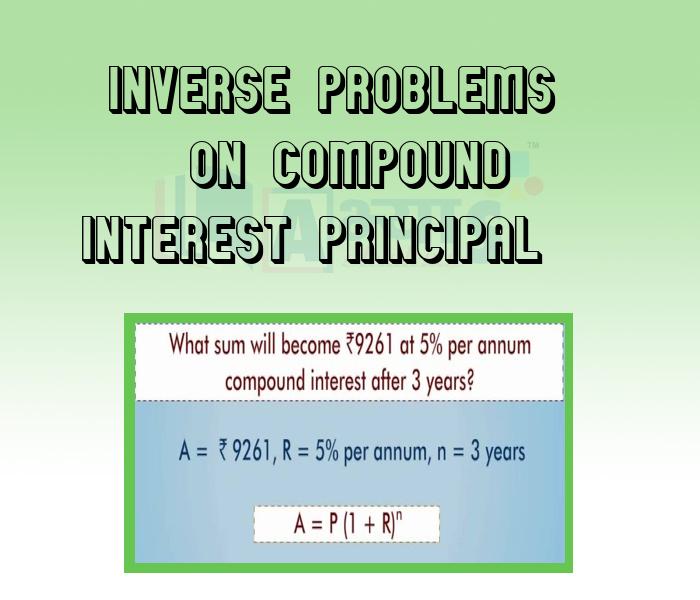
- Inverse Problems on Compound Interest - Rate
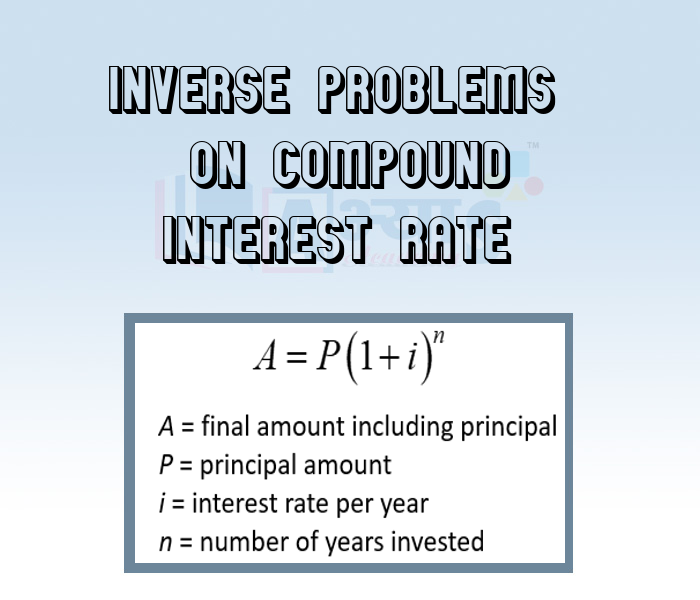
- Inverse Problems on Compound Interest Time Period

- Problems on Population Growth
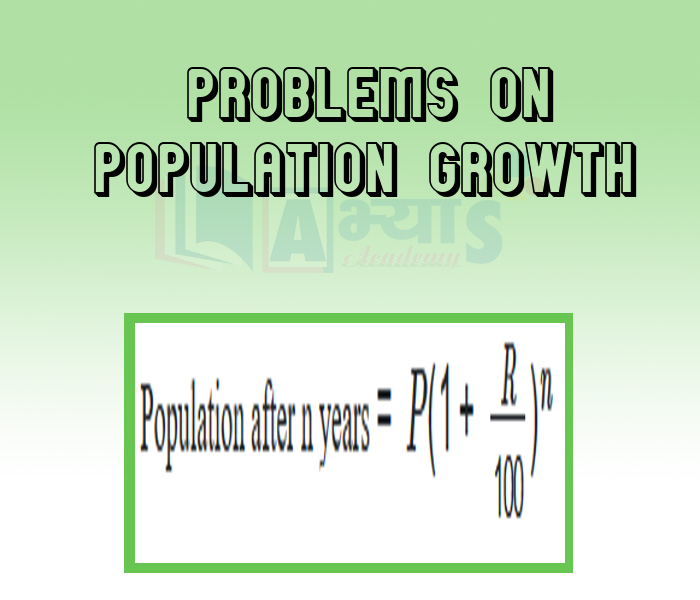
- Problems on Depreciation
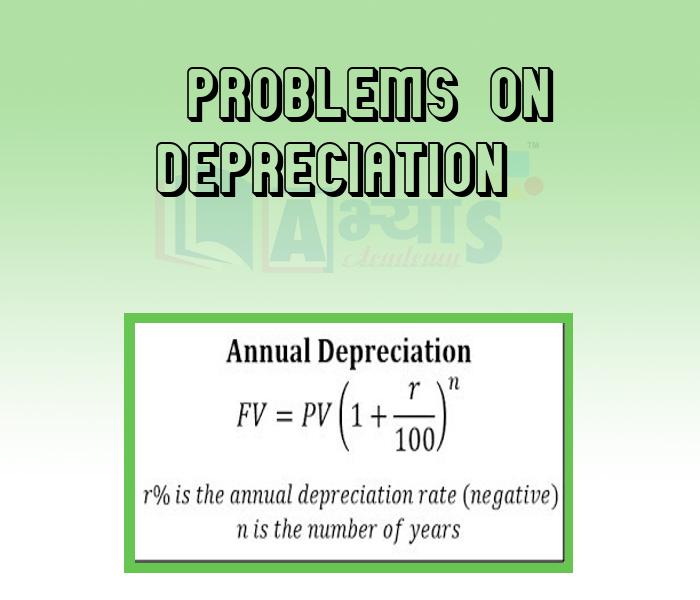
Explore Concepts (Click & View)
- Profit and Loss in Rupees

- Profit and Loss Percent

- Finding Cost Price

- Finding Selling Price

- Finding Marked Price and List Price

- Discount and Discount Percentage
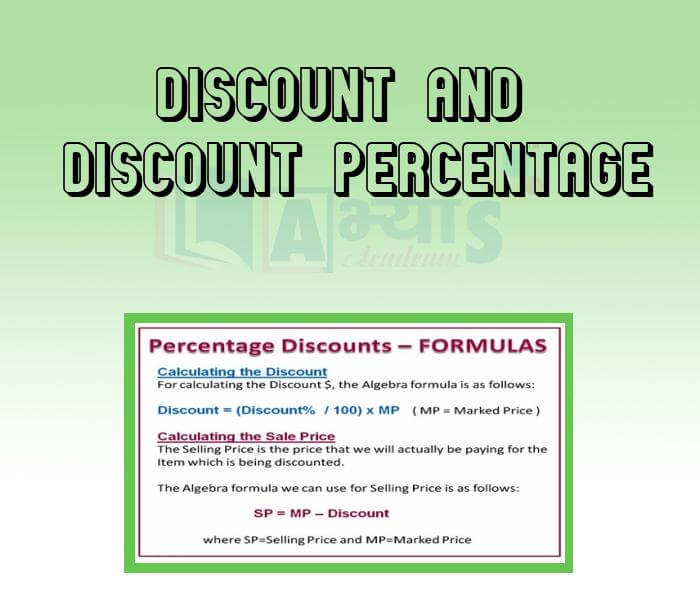
- Finding Tax

Explore Concepts (Click & View)
- Ratio and Percentages

- Using OF Operator in Percentages
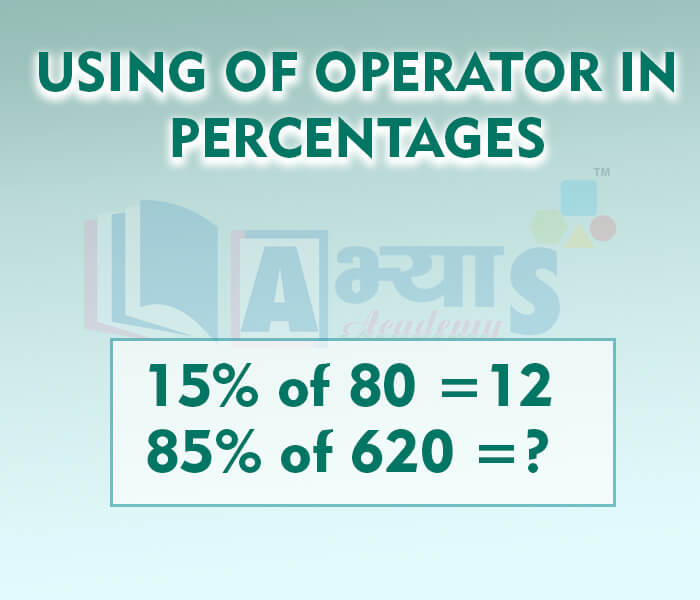
- Express the Fraction as Percentage

- Express Decimal as Percentage
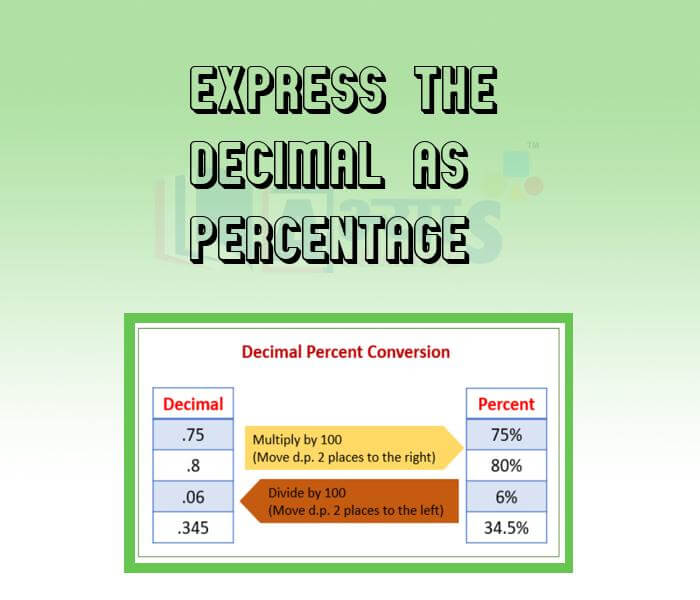
- Express as Percentage
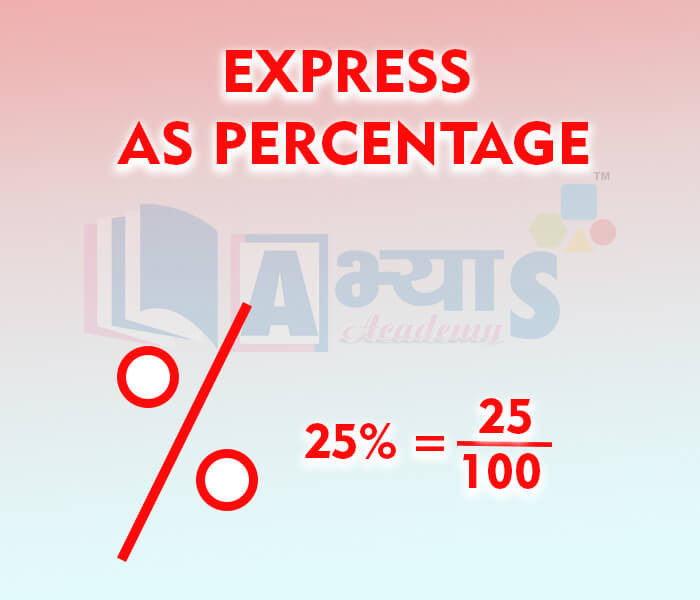
- Percentage Change
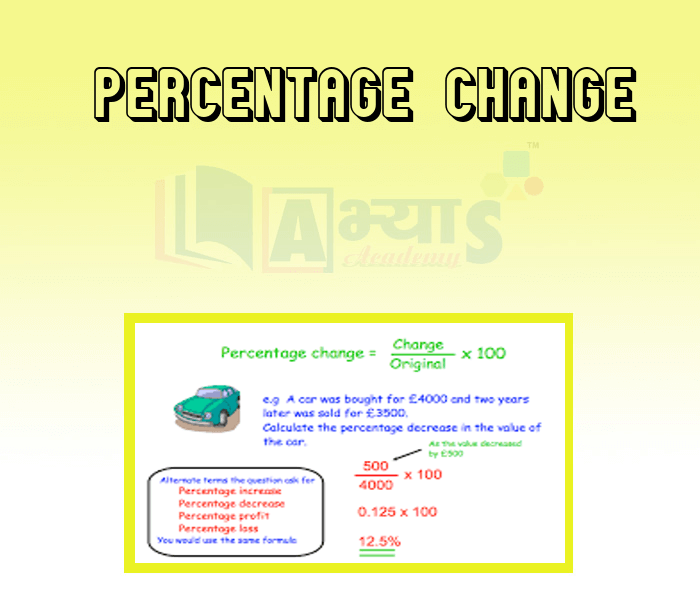
- Percentage Increase or Decrease Using Multiplier
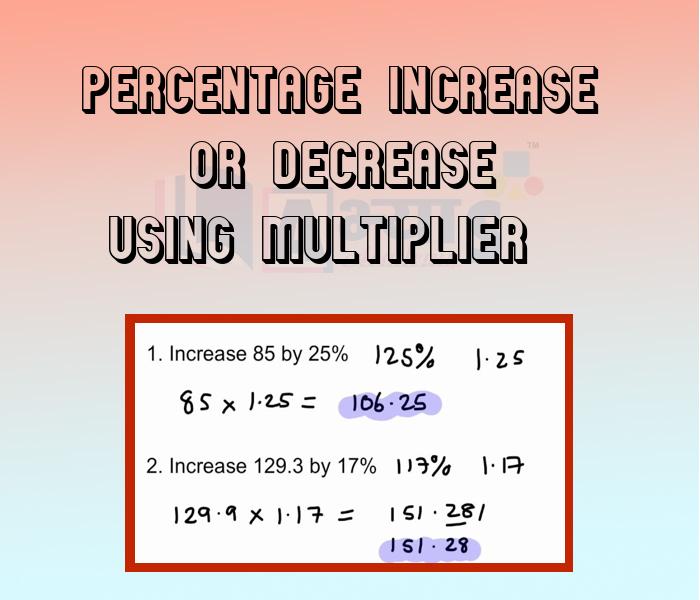
- Percetage Increase or Decrease
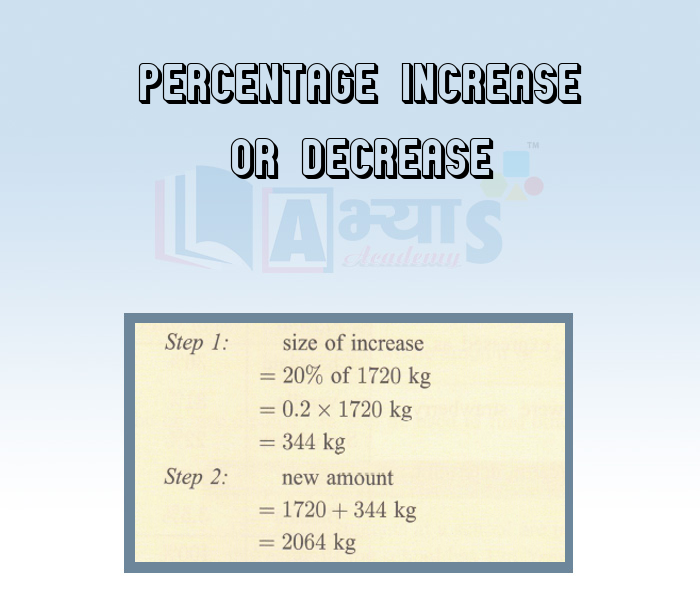
- Unitary Method In Percentages
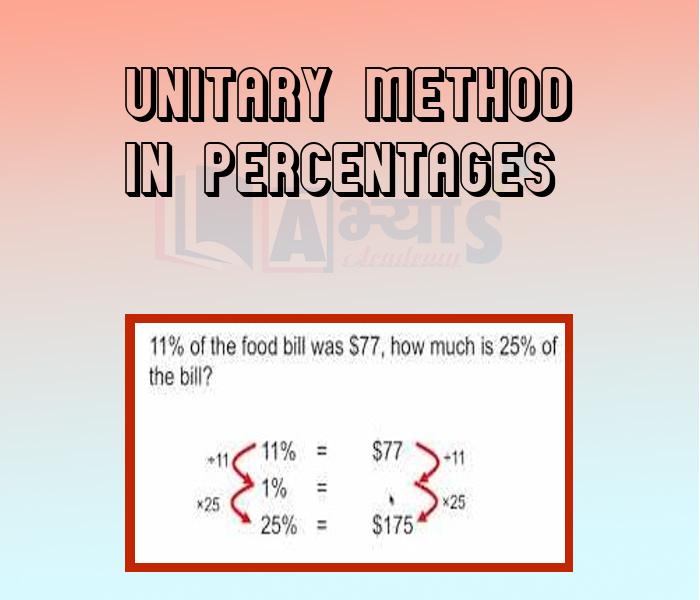
Explore Concepts (Click & View)
- Factors

- Multiples

- Prime Factorization

- Highest Common Factor

- Least Common Multiple

- Relationship Between HCF & LCM
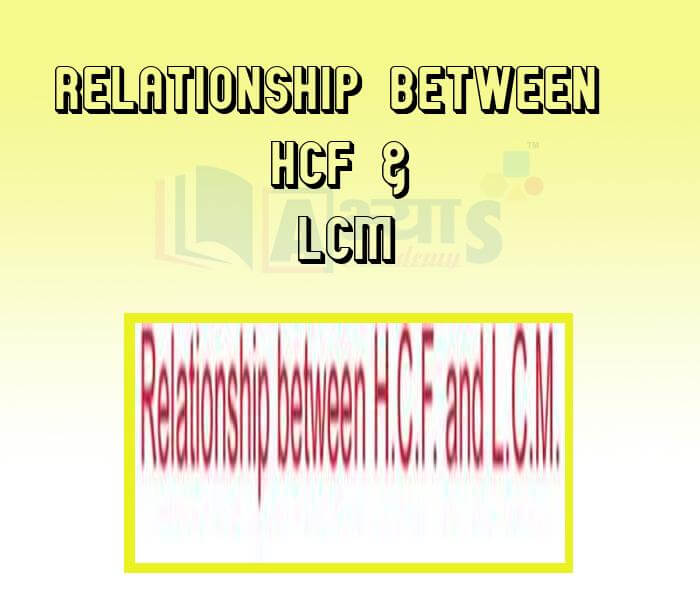
- Statement Sums Involving H.C.F.
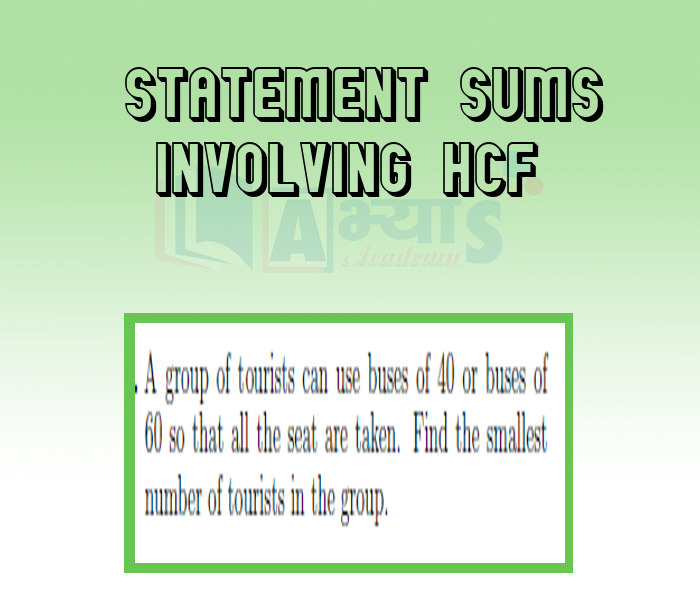
- Statement Sums Involving L.C.M.

Students / Parents Reviews [20]
Abhyas institute is one of the best coaching institute in the vicinity of Ambala cantt.The institute provides good and quality education to the students.The teachers are well experienced and are very helpful in solving the problems. The major advantages of the institute is extra classes for weak...

Shreya Shrivastava
8thBeing a parent, I saw my daughter improvement in her studies by seeing a good result in all day to day compititive exam TMO, NSO, IEO etc and as well as studies. I have got a fruitful result from my daughter.

Prisha Gupta
8thIt was a good experience with Abhyas Academy. I even faced problems in starting but slowly and steadily overcomed. Especially reasoning classes helped me a lot.

Cheshta
10thWhen I have not joined Abhyas Academy, my skills of solving maths problems were not clear. But, after joining it, my skills have been developed and my concepts of science and SST are very well. I also came to know about other subjects such as vedic maths and reasoning.

Sharandeep Singh
7thMy experience with Abhyas Academy has been very good. When I was not in Abhyas whenever teacher ask questions I could not speak it confidently but when I came in Abhyas, my speaking skills developed and now I am the first one to give the answer of teachers question.

Upmanyu Sharma
7thMy experience with Abhyas academy is very nice or it can be said wonderful. I have been studying here from seven class. I have been completing my journey of three years. I am tinking that I should join Abhyas Academy in tenth class as I am seeing much improvement in Maths and English

Hridey Preet
9thI have spent a wonderful time in Abhyas academy. It has made my reasoning more apt, English more stronger and Maths an interesting subject for me. It has given me a habbit of self studying

Yatharthi Sharma
10thMy experience was very good with Abhyas academy. I am studying here from 6th class and I am satisfied by its results in my life. I improved a lot here ahead of school syllabus.

Ayan Ghosh
8thAbhyas Methodology is very good. It is based on according to student and each child manages accordingly to its properly. Methodology has improved the abilities of students to shine them in future.

Manish Kumar
10thMy experience with Abhyas academy is very good. I did not think that my every subject coming here will be so strong. The main thing is that the online tests had made me learn here more things.

Hiya Gupta
8thThird consective year,my ward is in Abhyas with nice experience of admin and transport support.Educational standard of the institute recumbent at satisfactory level. One thing would live to bring in notice that last year study books was distributed after half of the session was over,though study ...

Ayan Ghosh
8thAbhyas academy is great place to learn. I have learnt a lot here they have finished my fear of not answering.It has created a habit of self studying in me.The teachers here are very supportive and helpful. Earlier my maths and science was good but now it has been much better than before.

Barkha Arora
10thIt was good as the experience because as we had come here we had been improved in a such envirnment created here.Extra is taught which is beneficial for future.

Eshan Arora
8thAbhyas institute is one of the best coaching institute in the vicinity of Ambala Cantt area. The teachers of the institute are well experienced and very helpful in solving the problems of the students.The good thing of the institute is that it is providing extra classes for the students who are w...

Aman Kumar Shrivastava
10thAbout Abhyas metholodology the teachers are very nice and hardworking toward students.The Centre Head Mrs Anu Sethi is also a brilliant teacher.Abhyas has taught me how to overcome problems and has always taken my doubts and suppoeted me.

Shreya Shrivastava
8thAbhyas is a complete education Institute. Here extreme care is taken by teacher with the help of regular exam. Extra classes also conducted by the institute, if the student is weak.

Om Umang
10thA marvelous experience with Abhyas. I am glad to share that my ward has achieved more than enough at the Ambala ABHYAS centre. Years have passed on and more and more he has gained. May the centre flourish and develop day by day by the grace of God.

Archit Segal
7thThe experience was nice. I studied here for three years and saw a tremendous change in myself. I started liking subjects like English and SST which earlier I ran from. Extra knowledge gave me confidence to overcome competitive exams. One of the best institutes for secondary education.

Aman Kumar Shrivastava
10thUsually we see institutes offering objective based learning which usually causes a lag behind in subjective examinations which is the pattern followed by schools. I think it is really a work of planning to make us students grab the advantages of modes of examination, Objective Subjective and Onli...

Anika Saxena
8thOne of the best institutes to develope a child interest in studies.Provides SST and English knowledge also unlike other institutes. Teachers are co operative and friendly online tests andPPT develope practical knowledge also.







